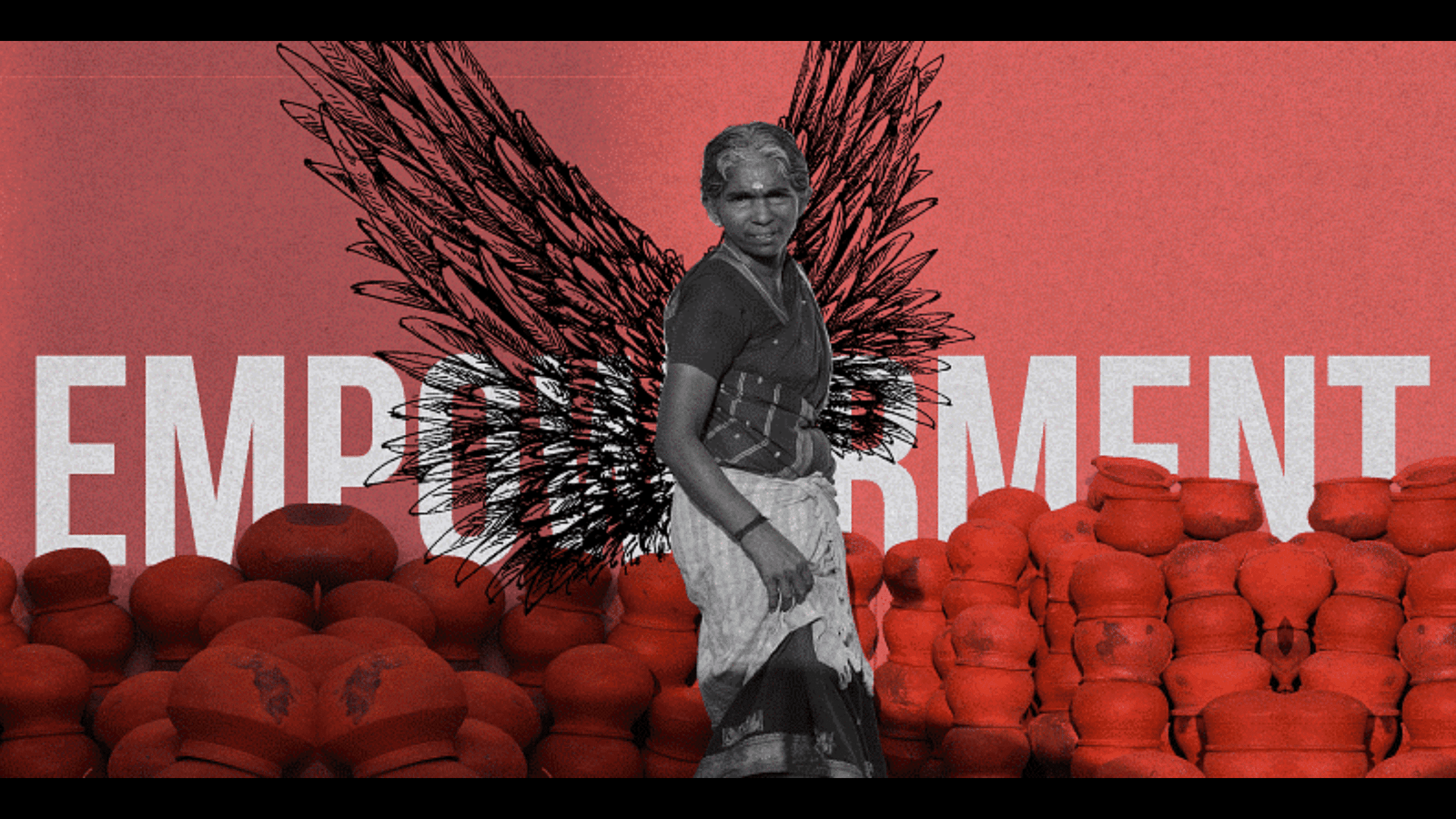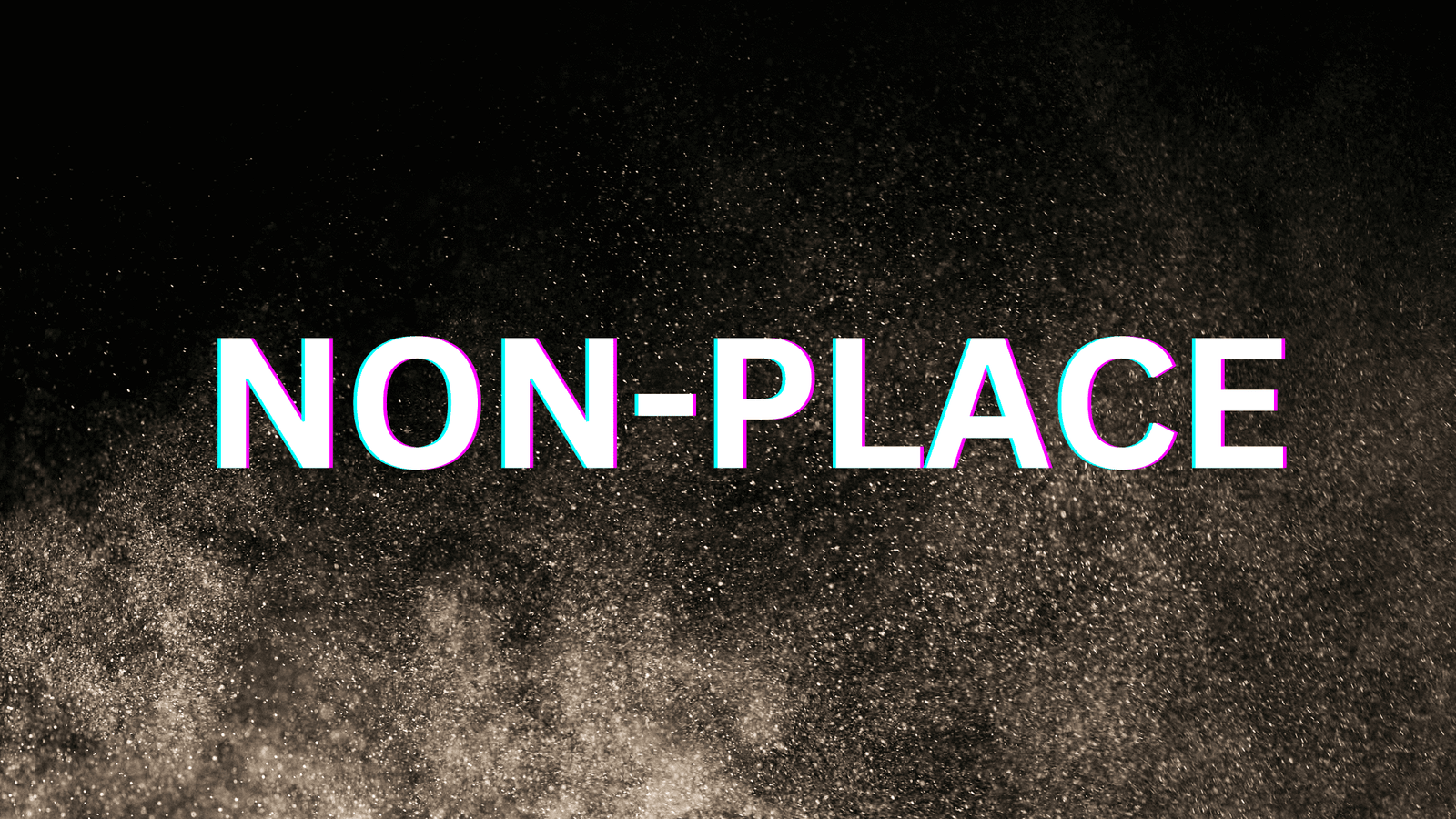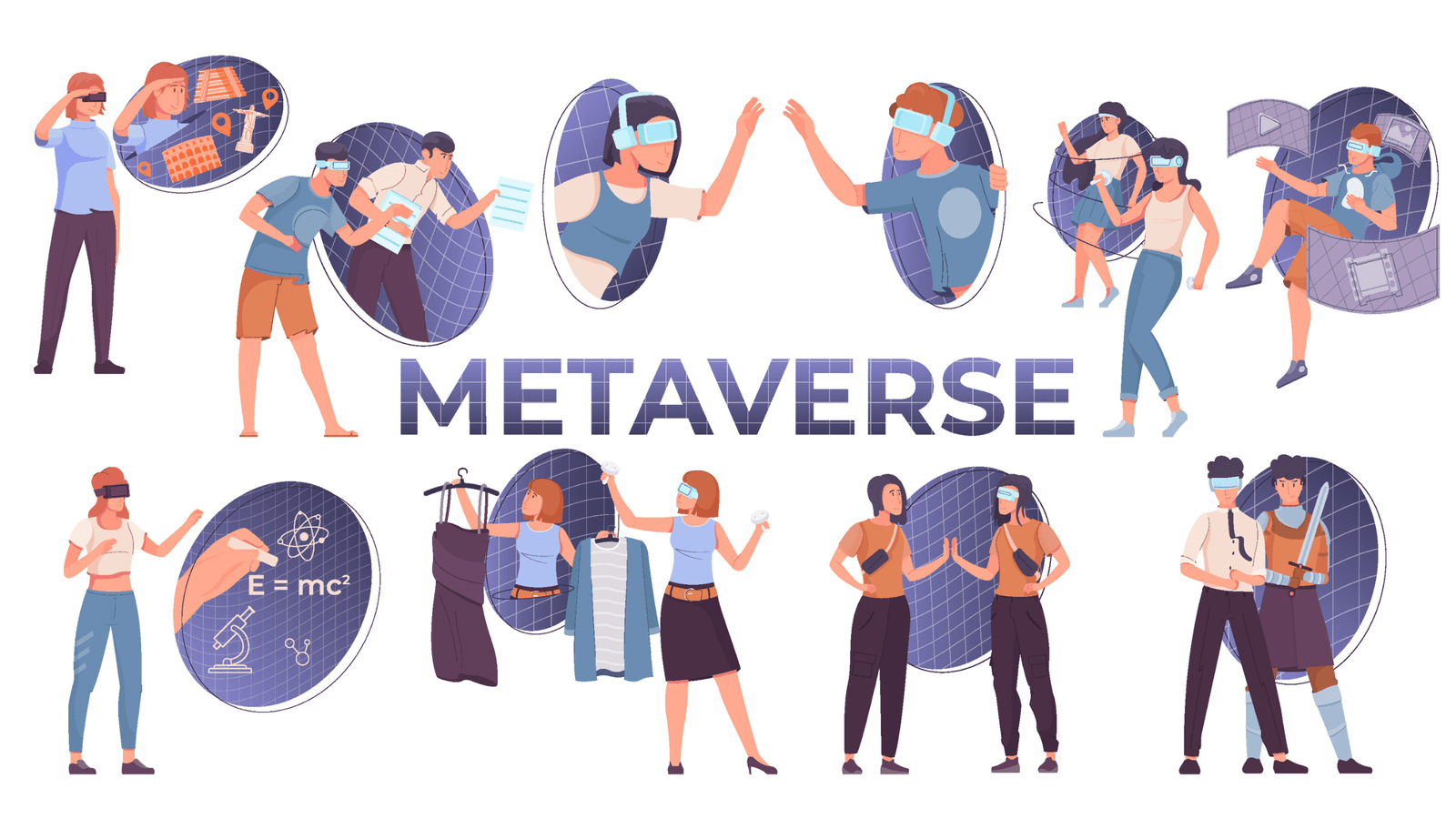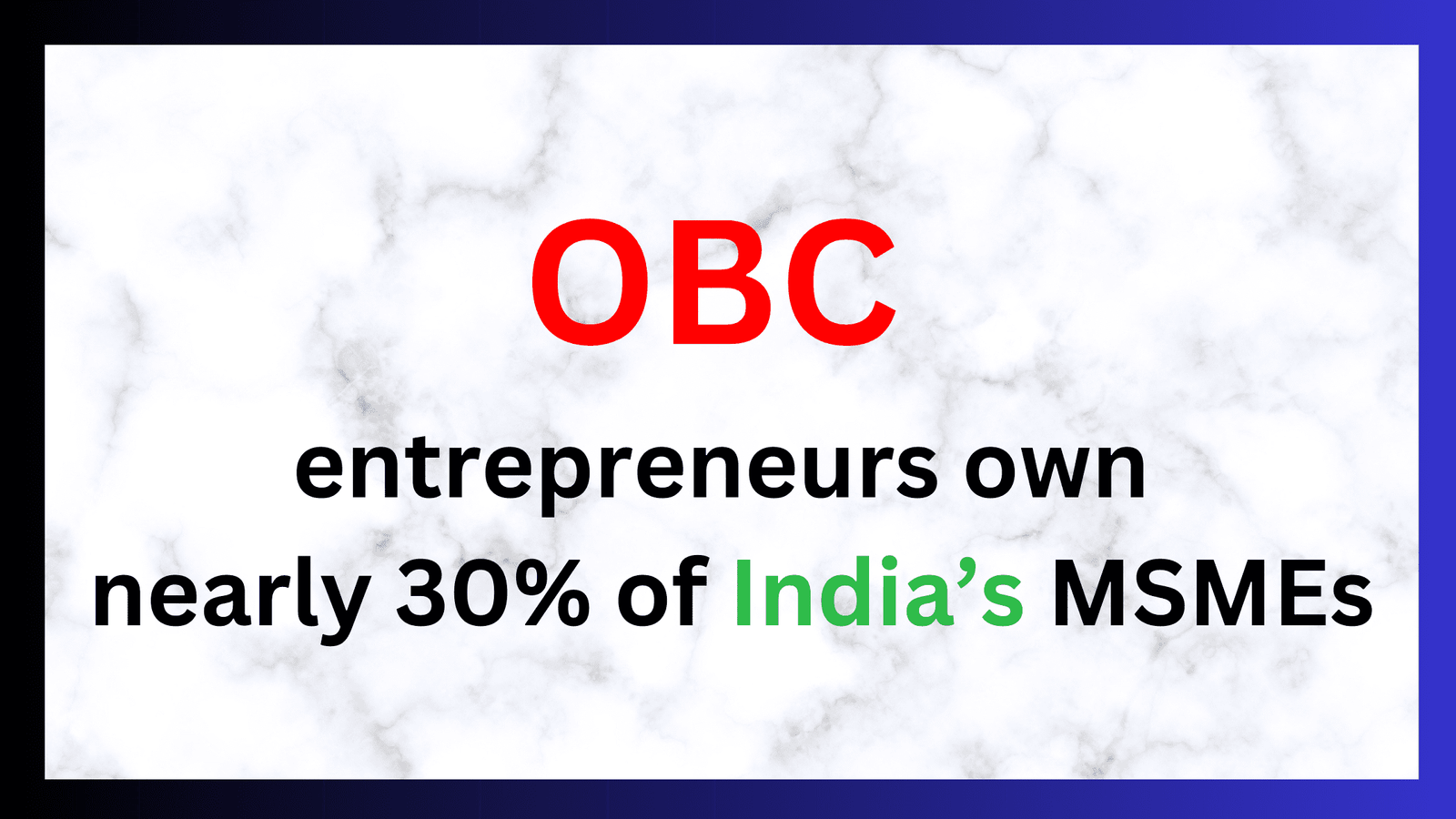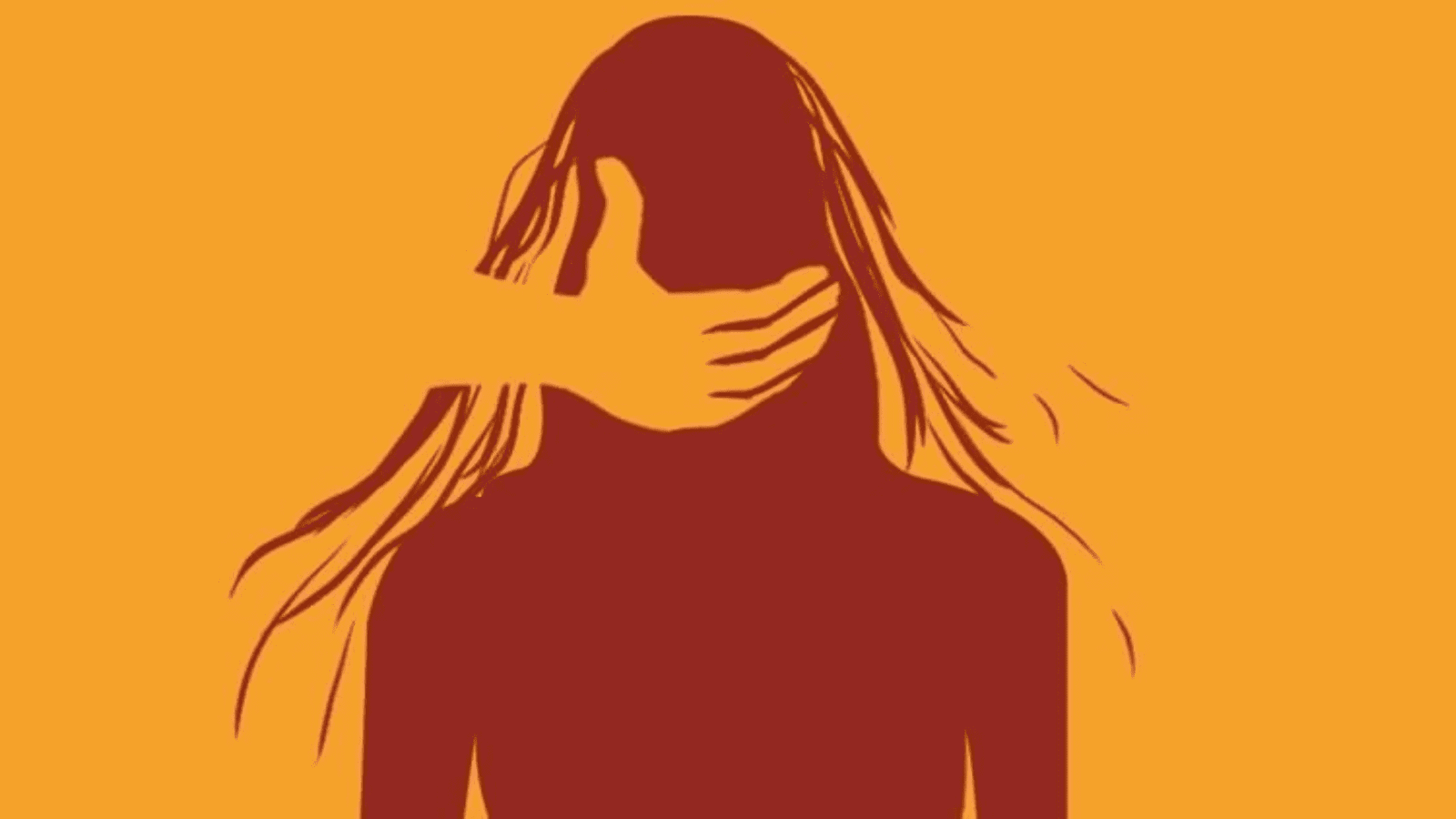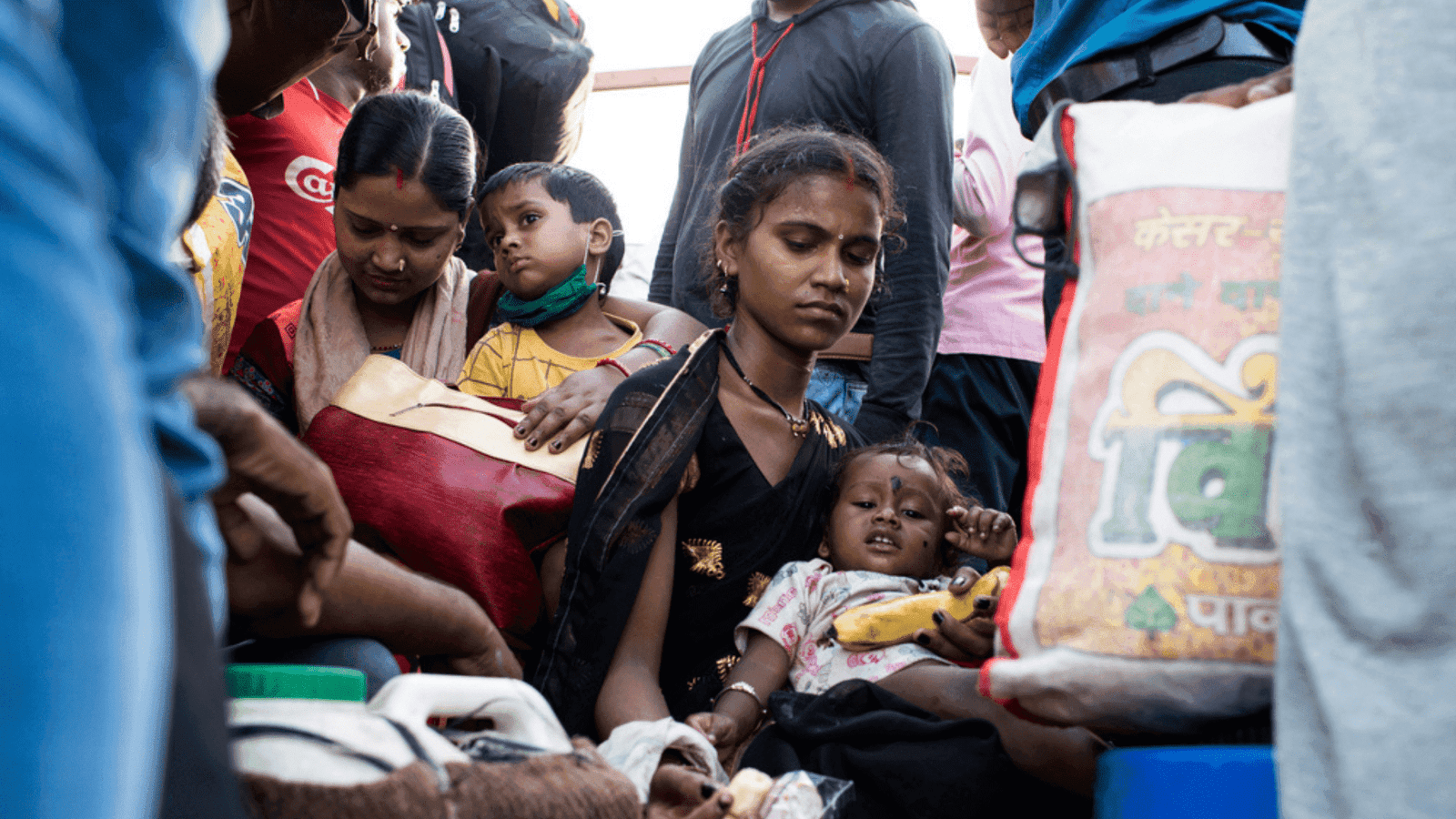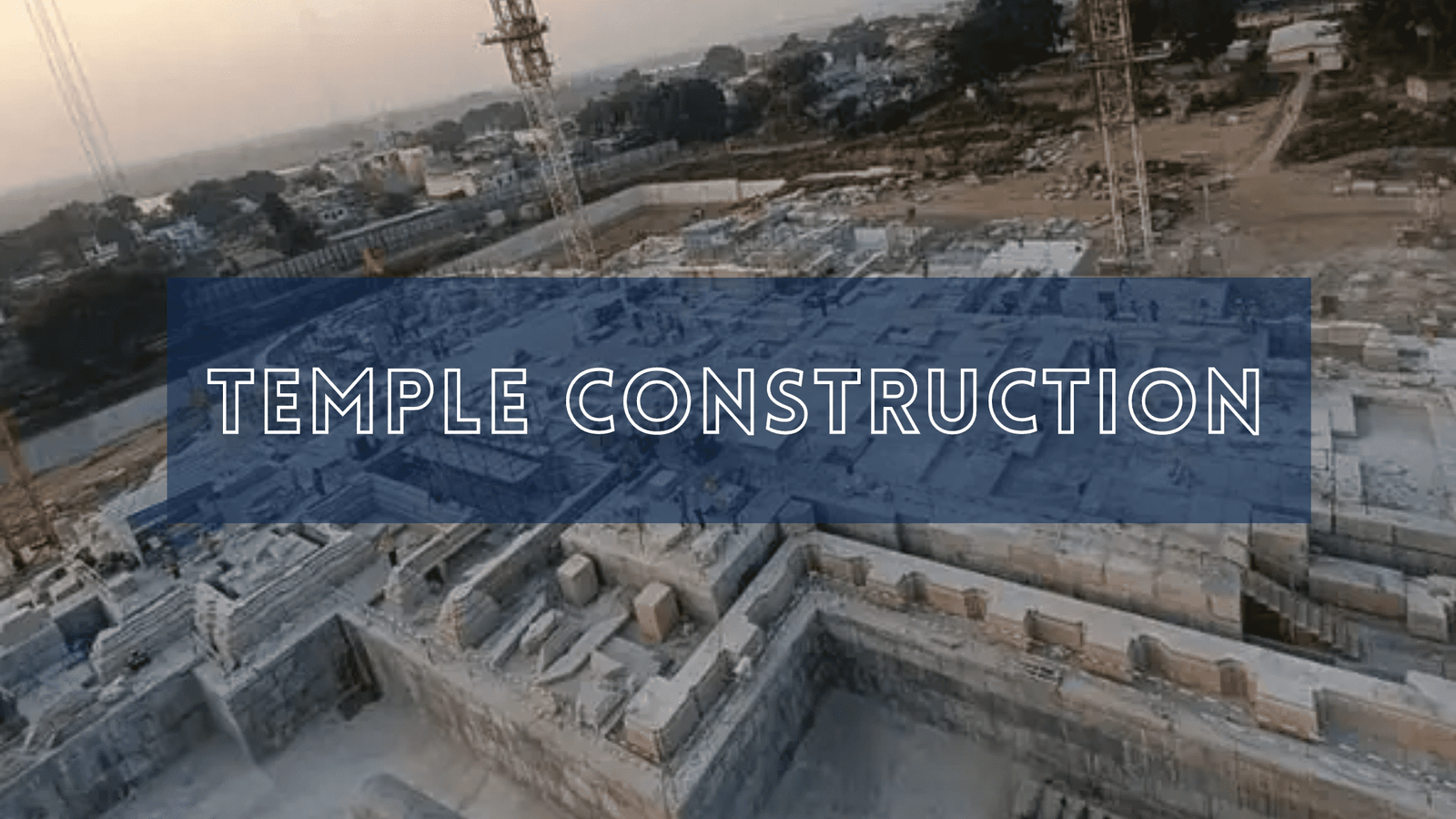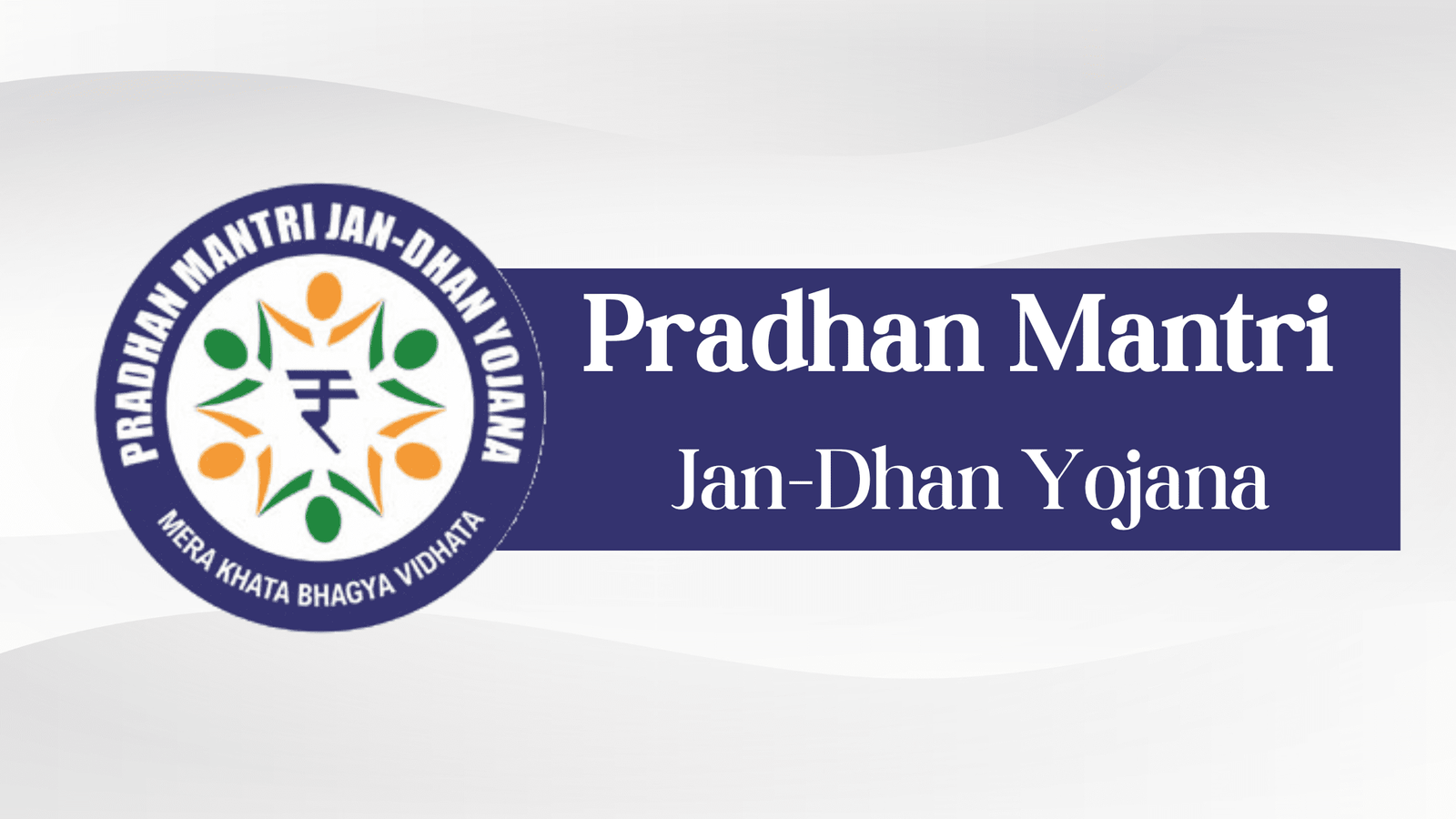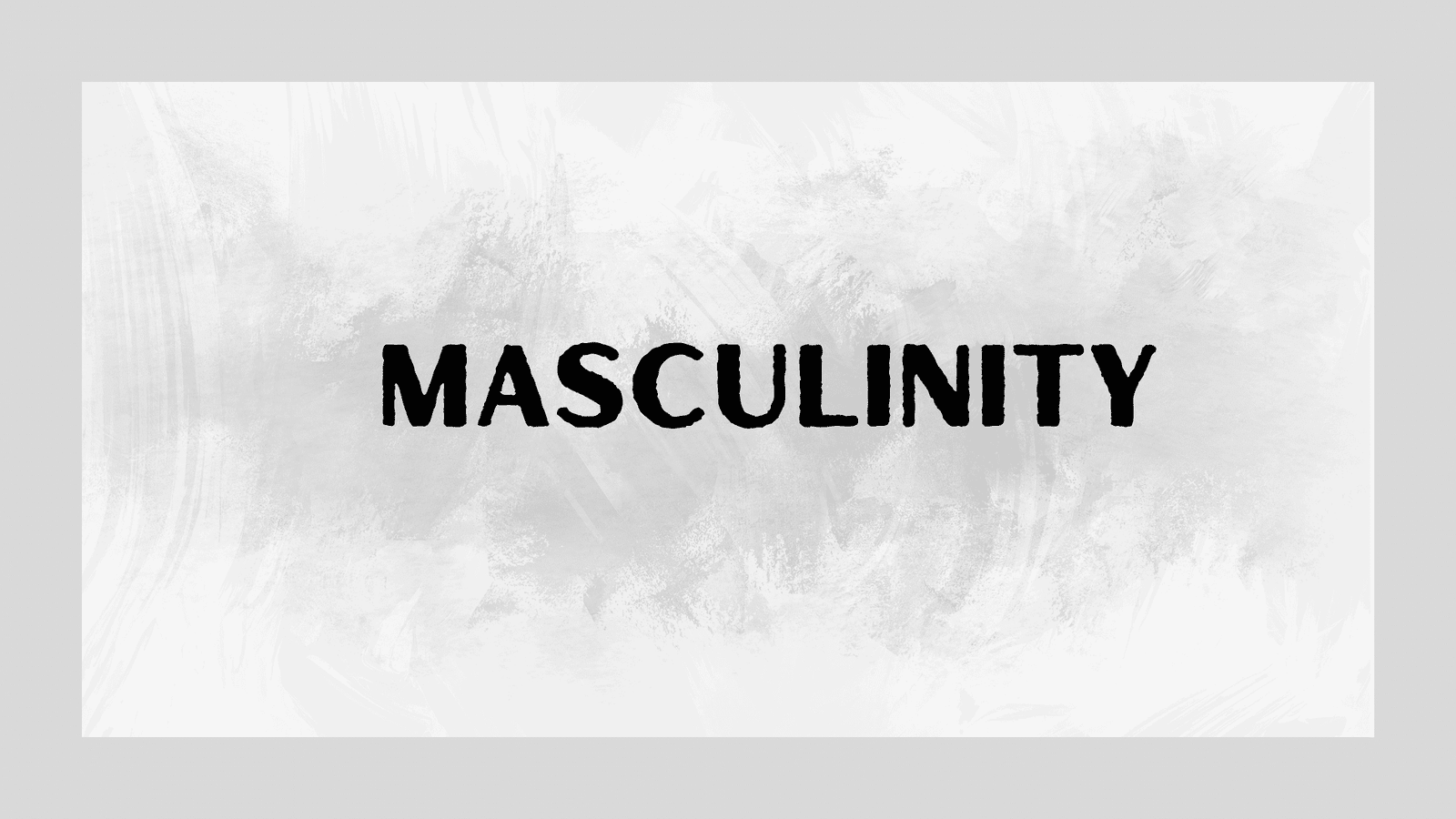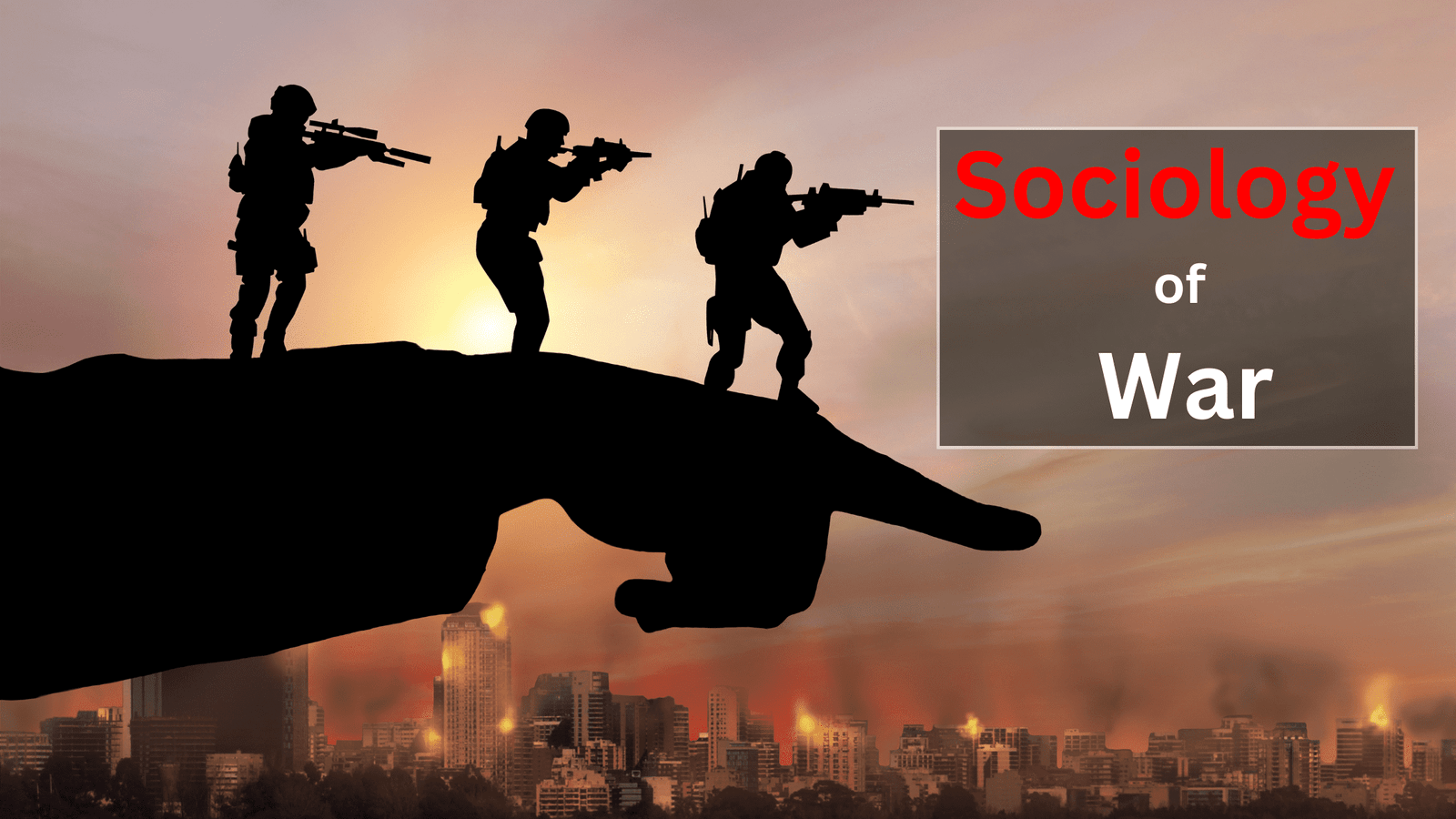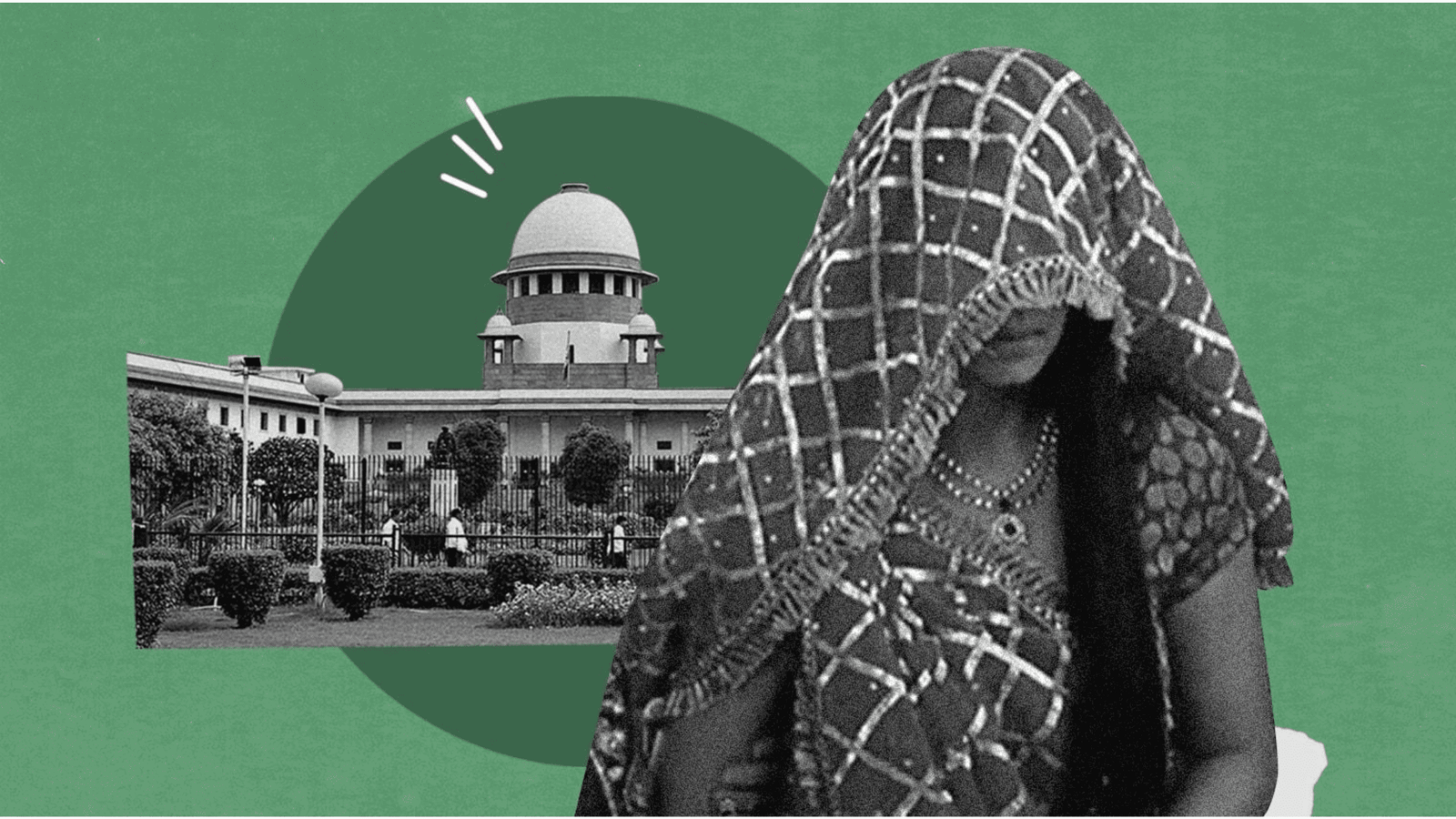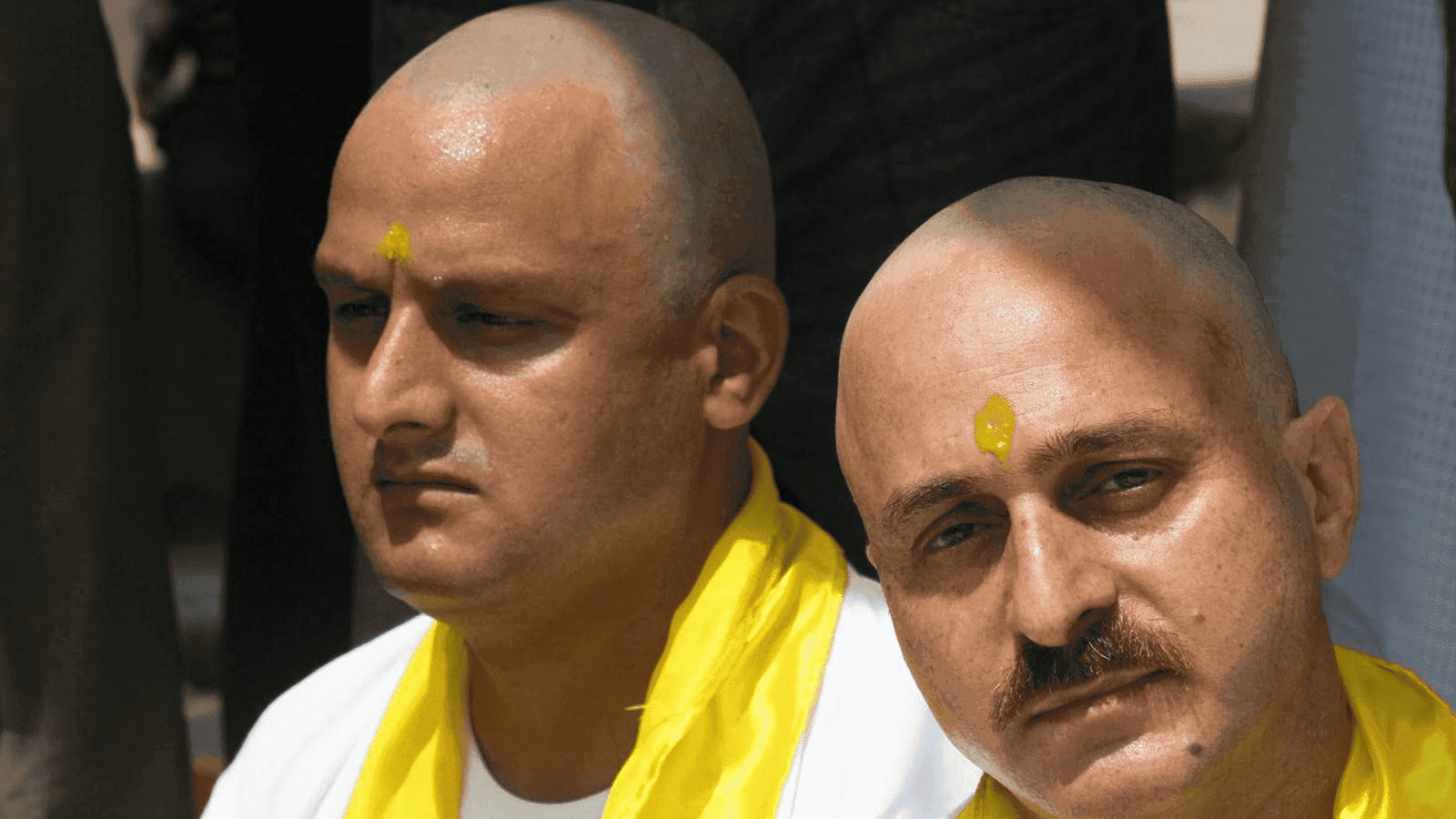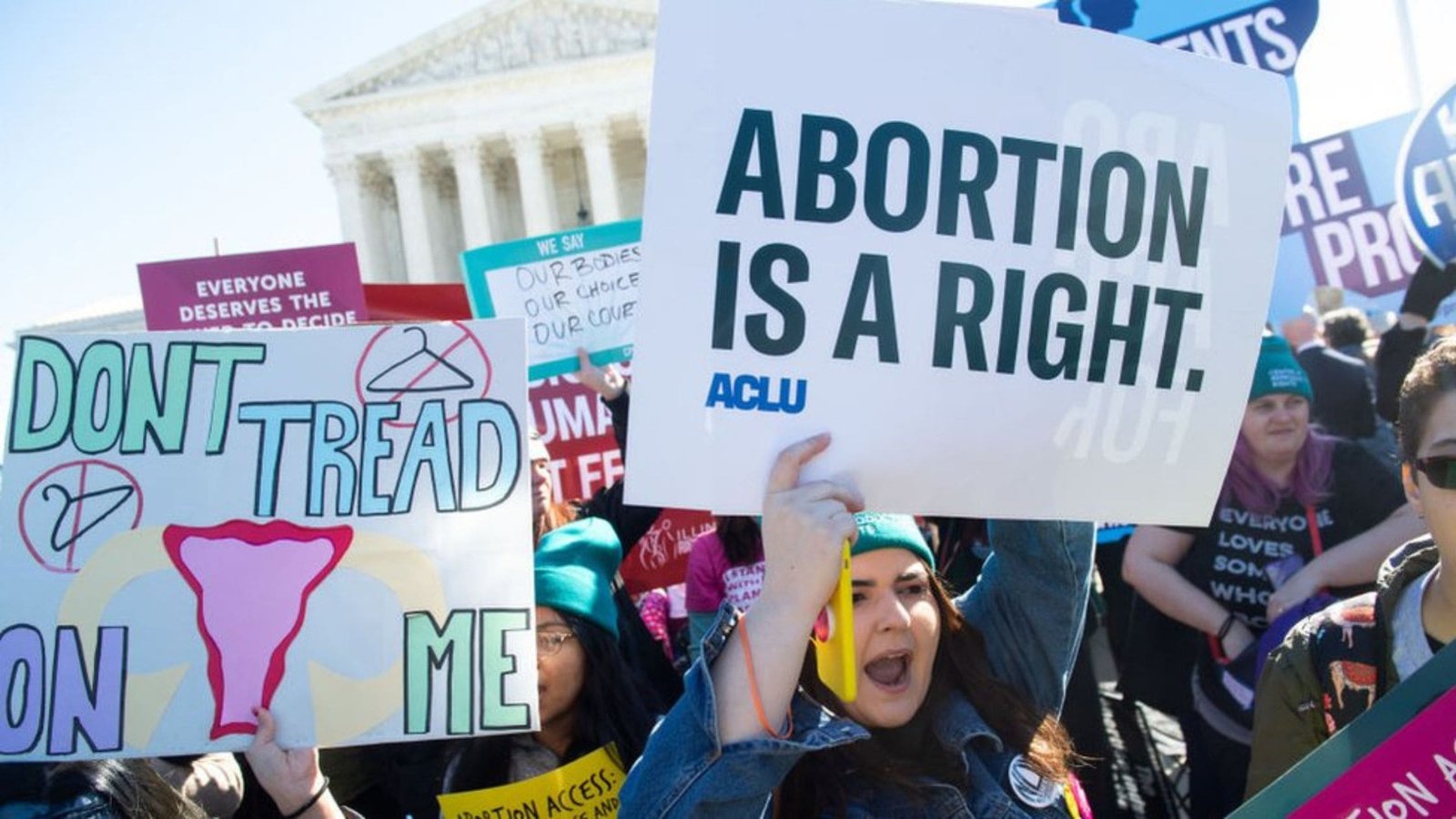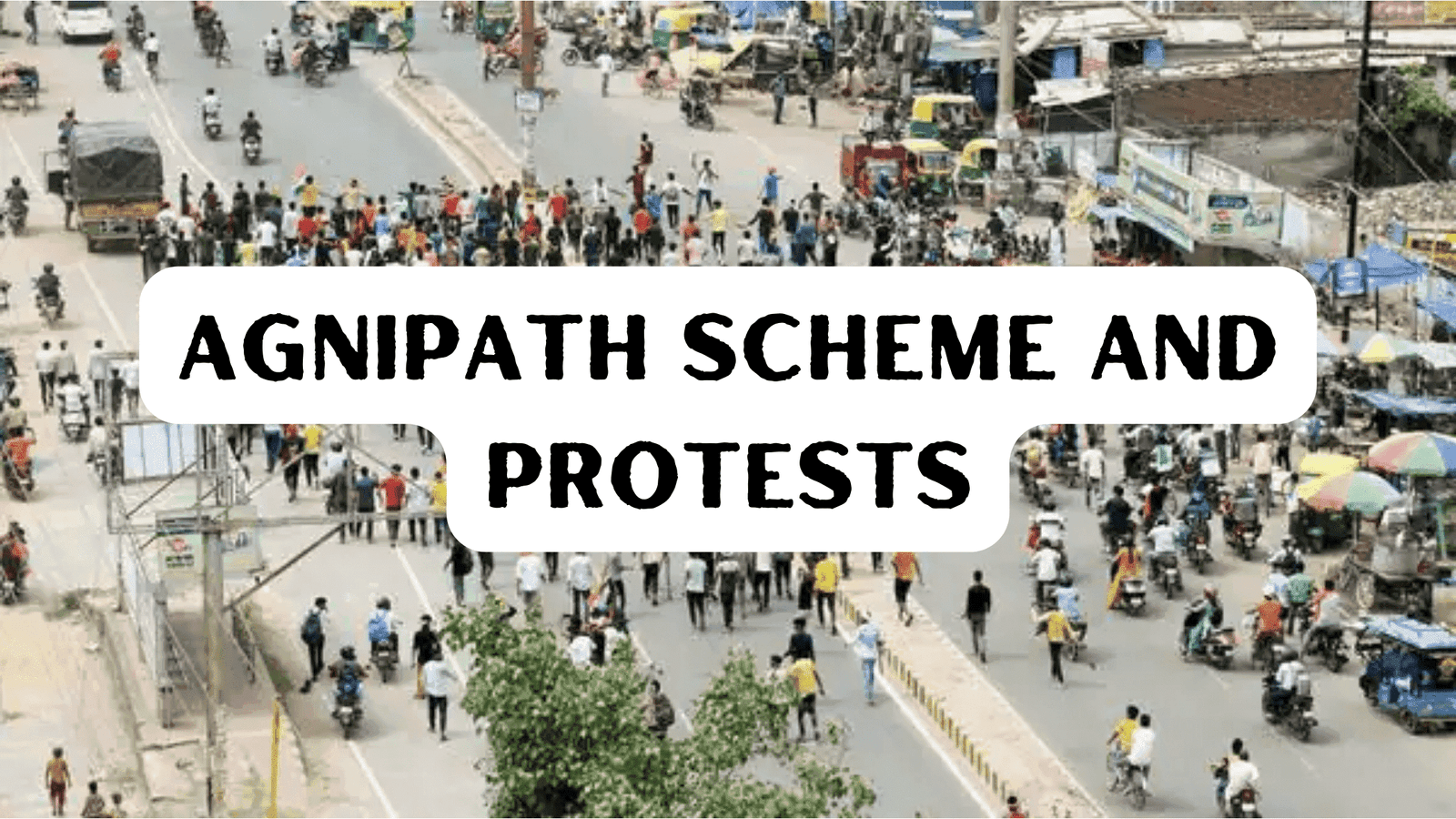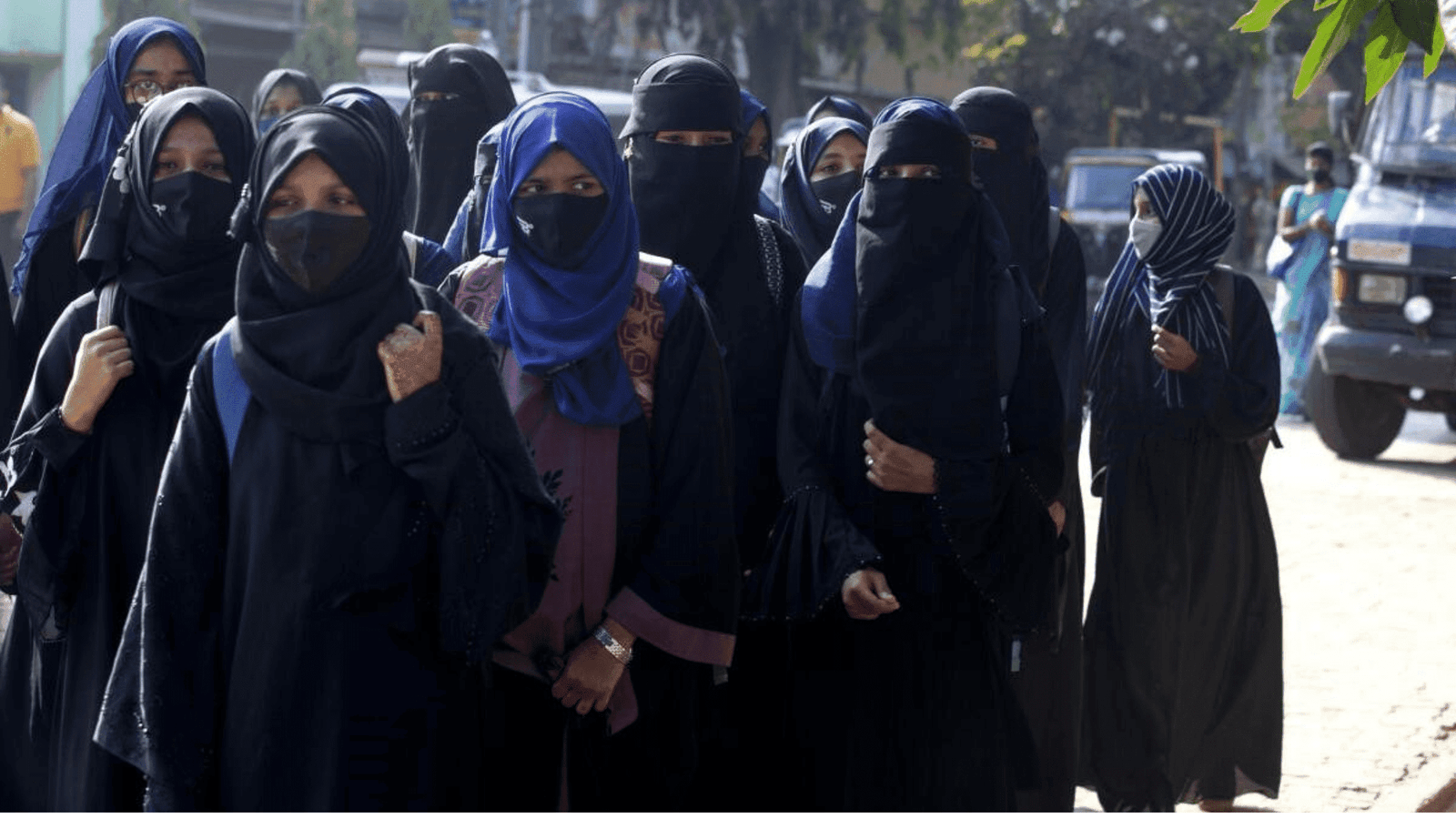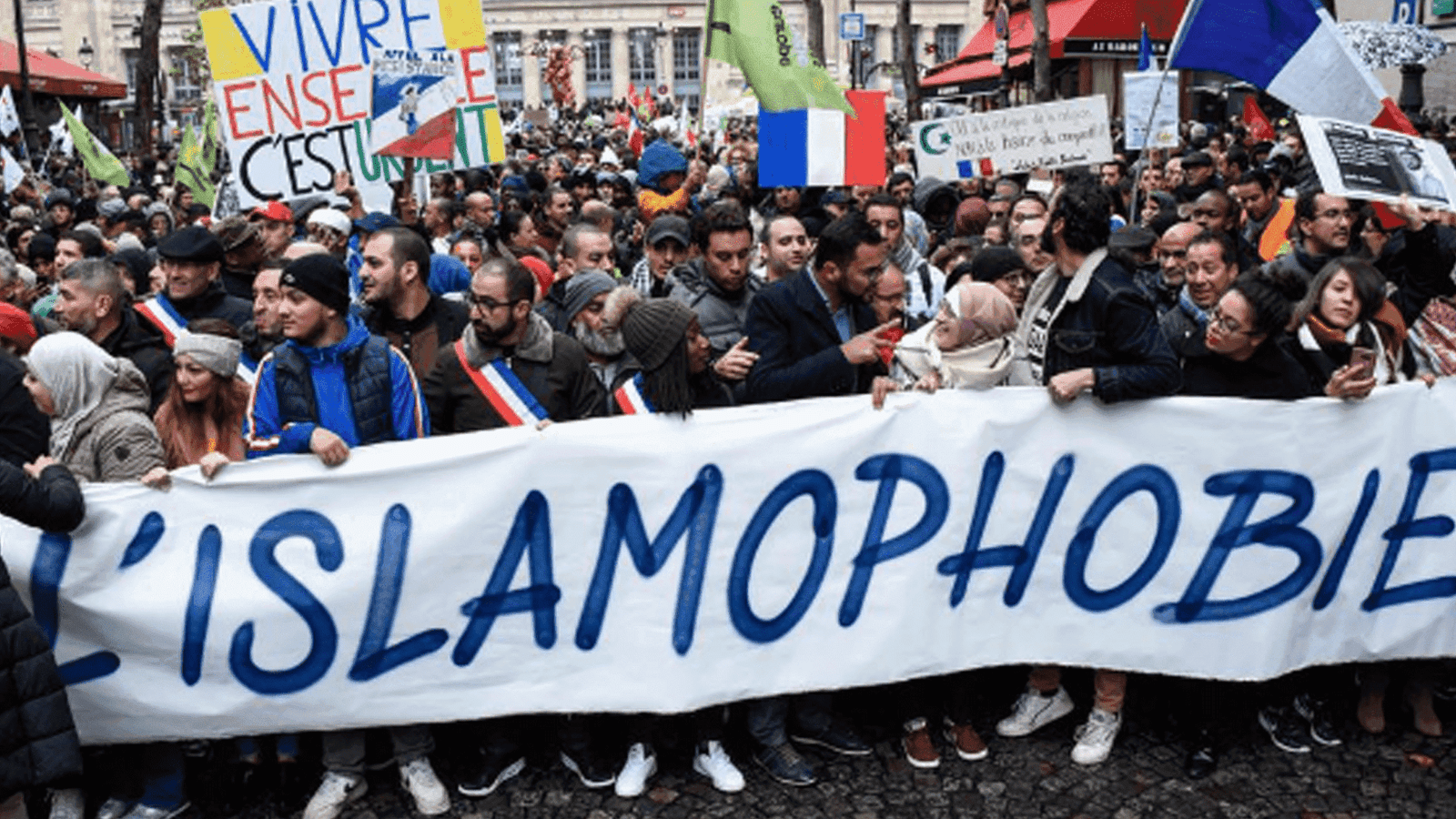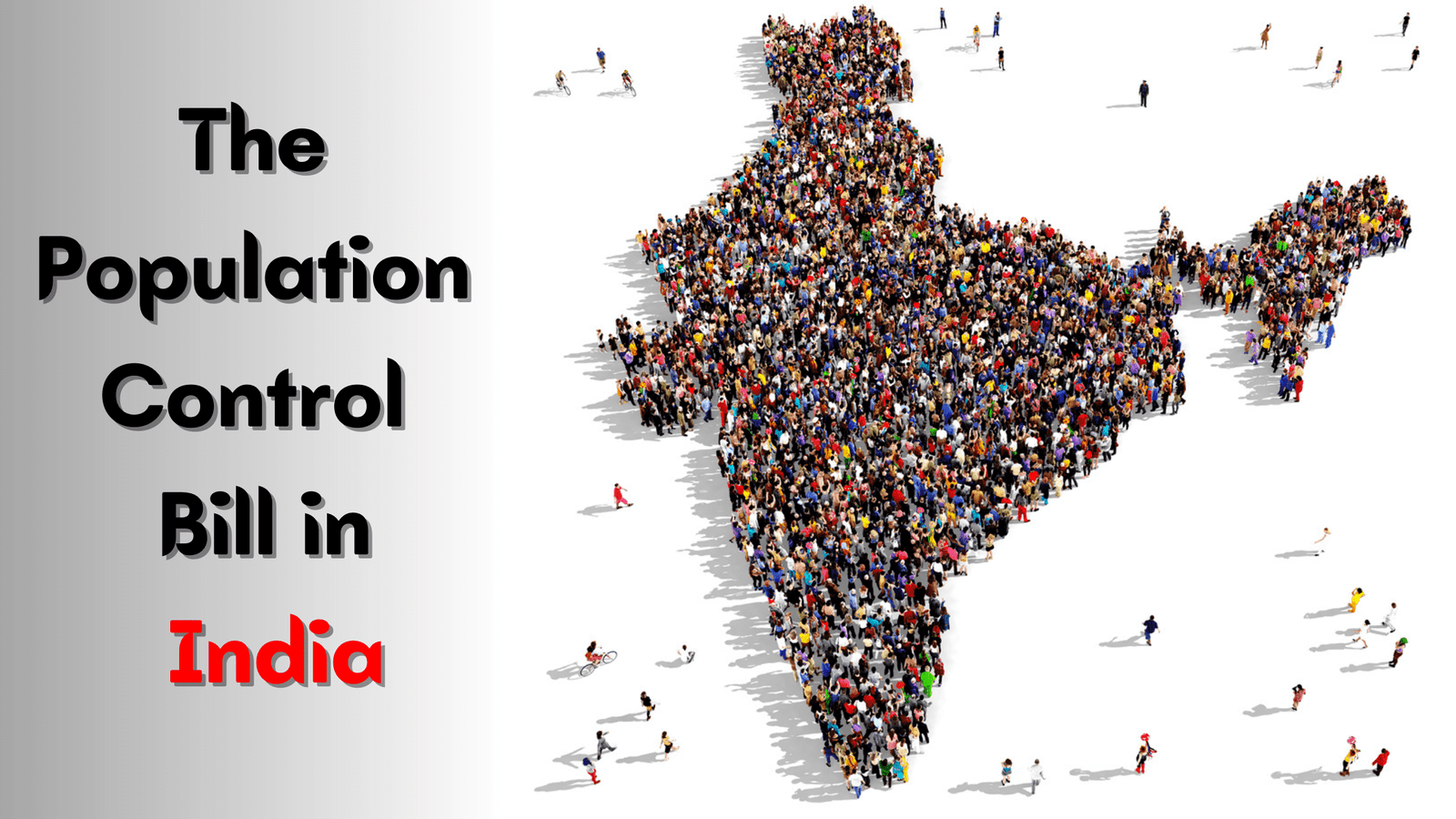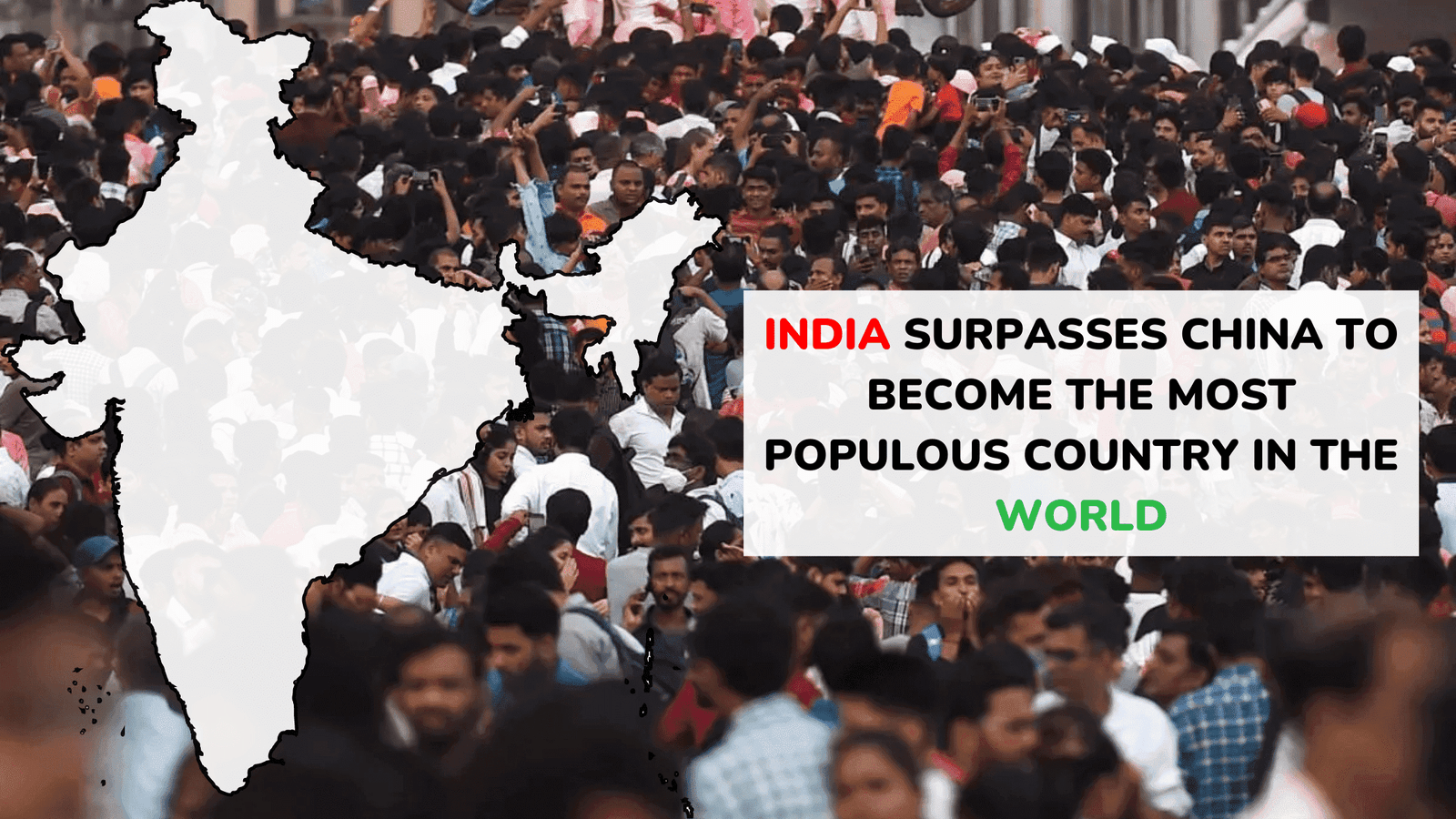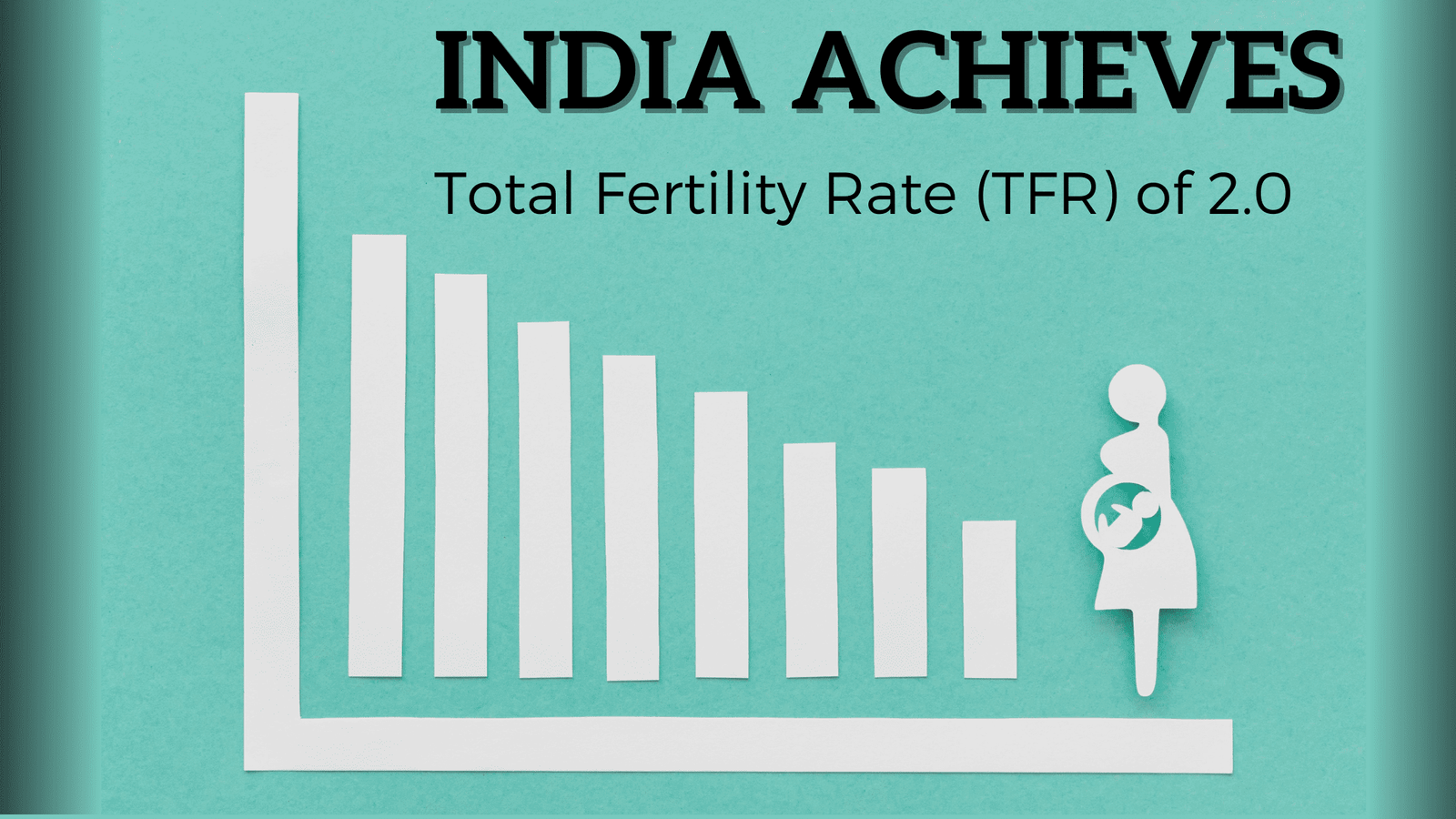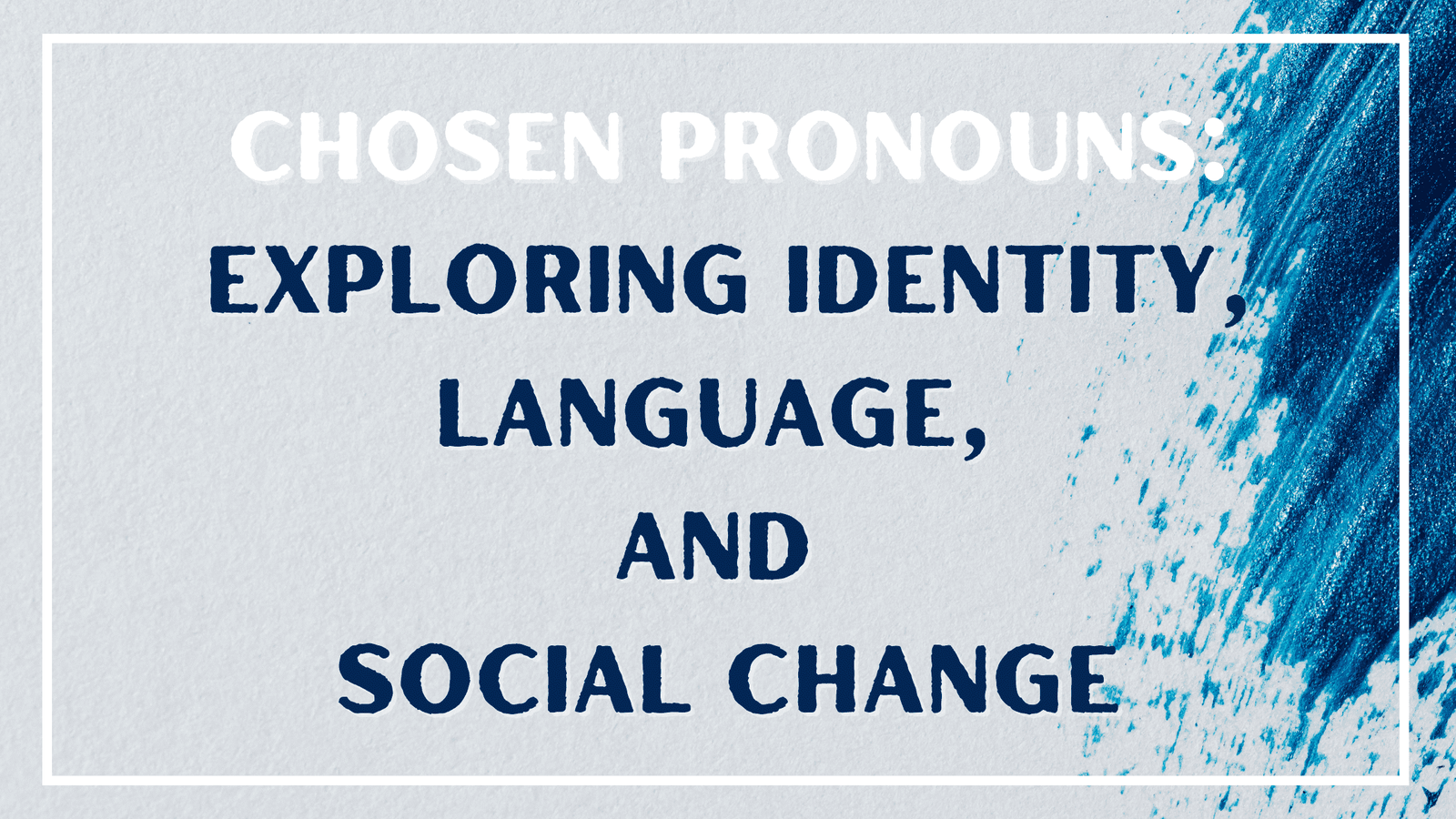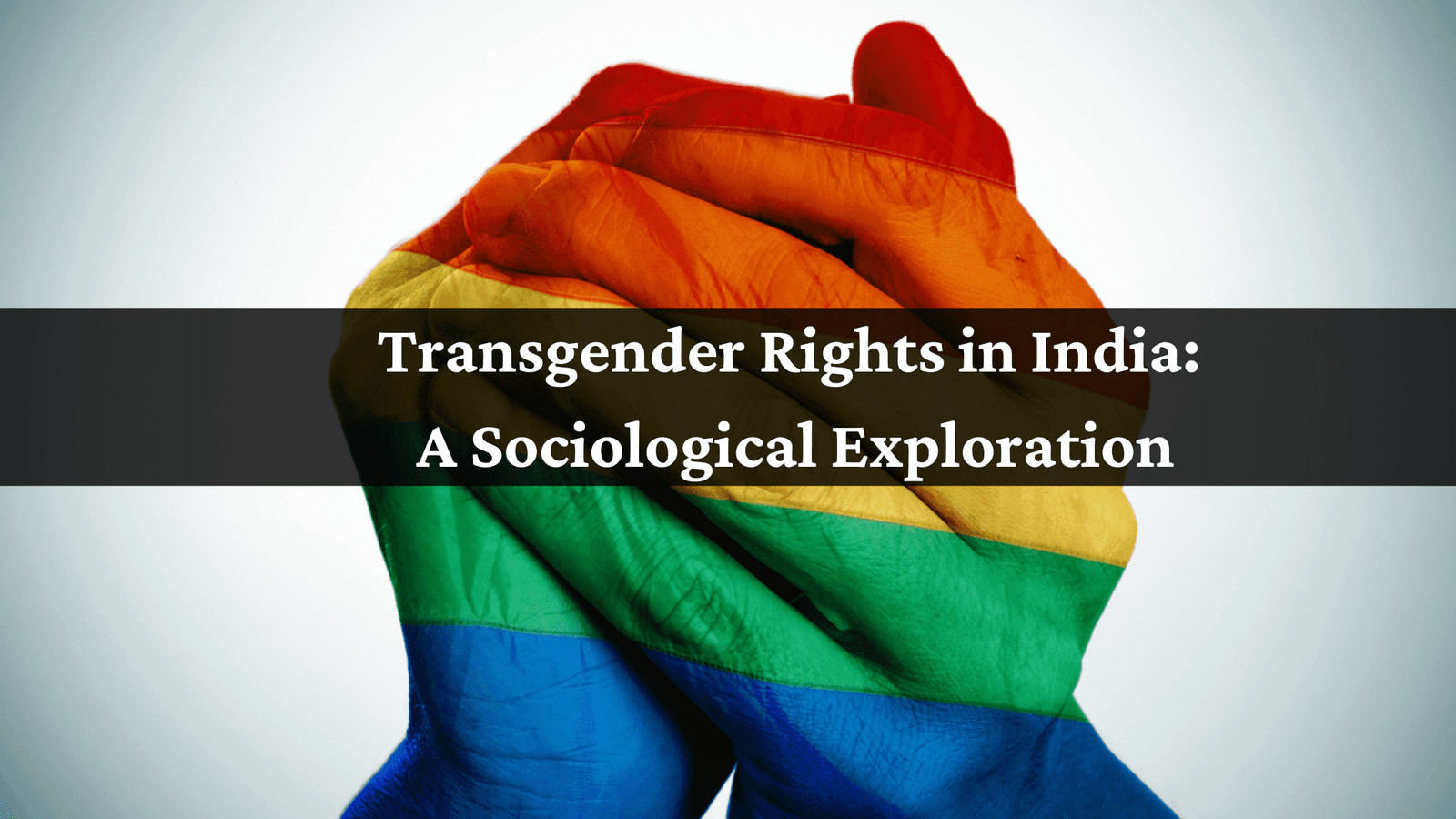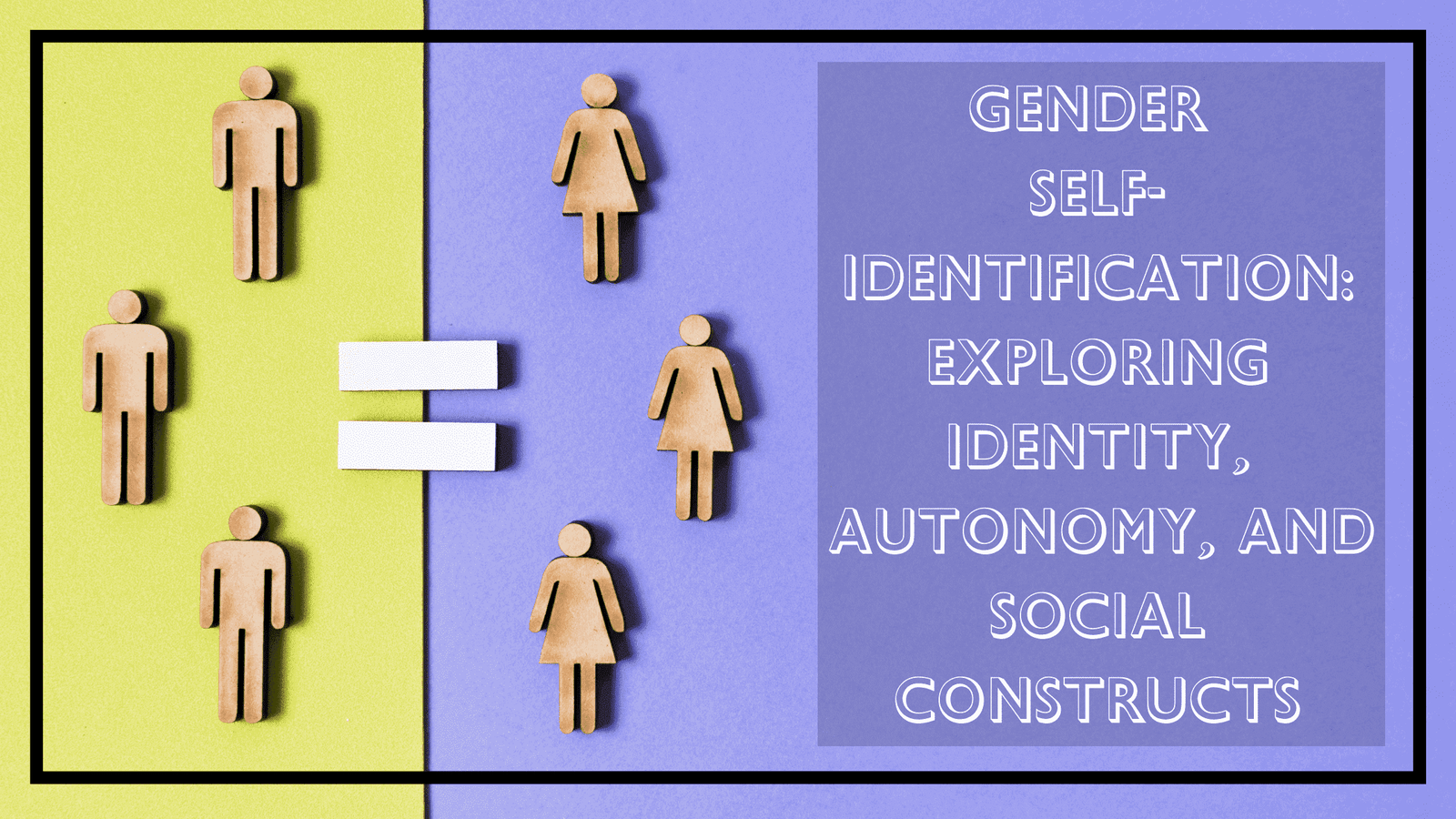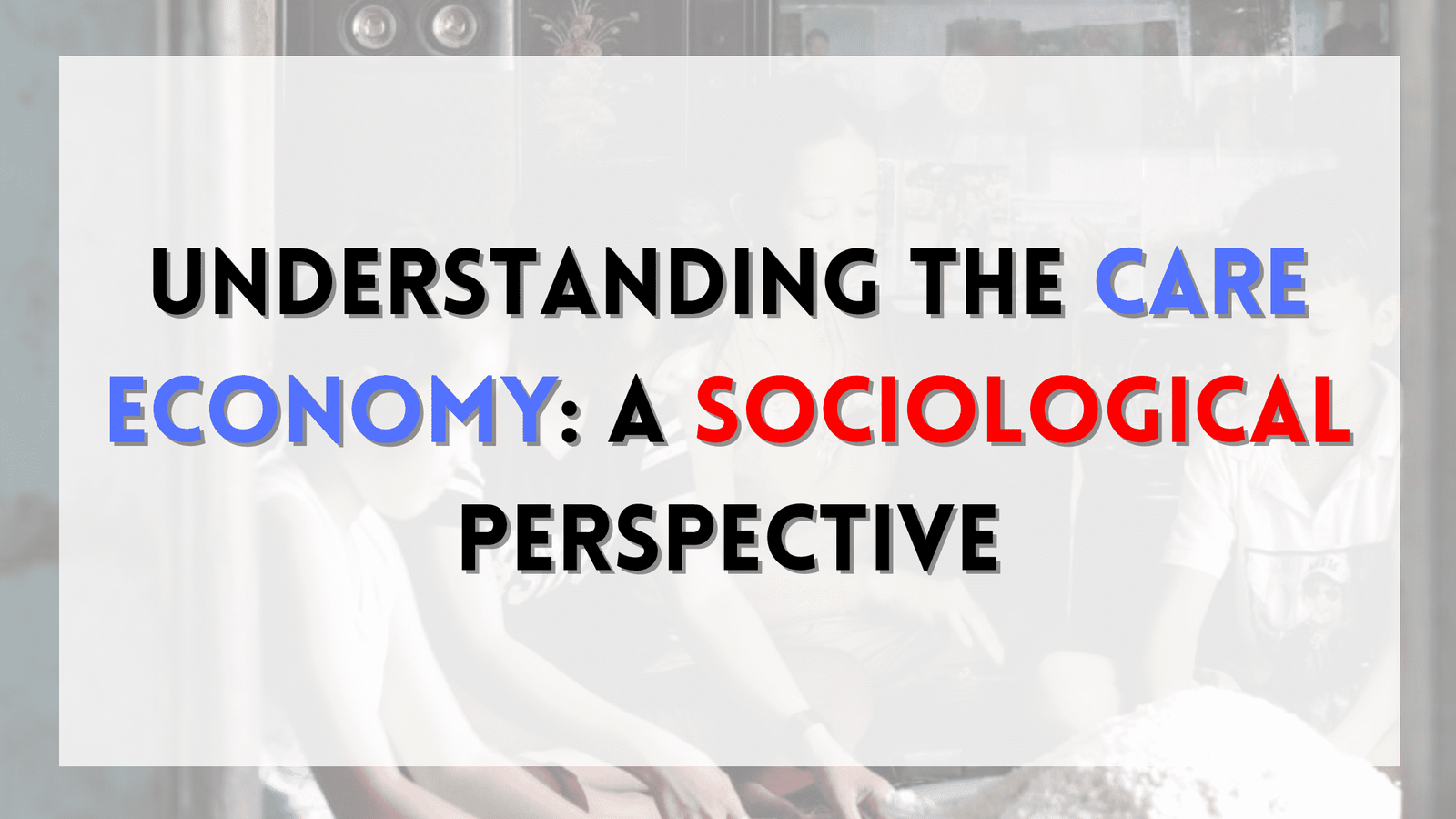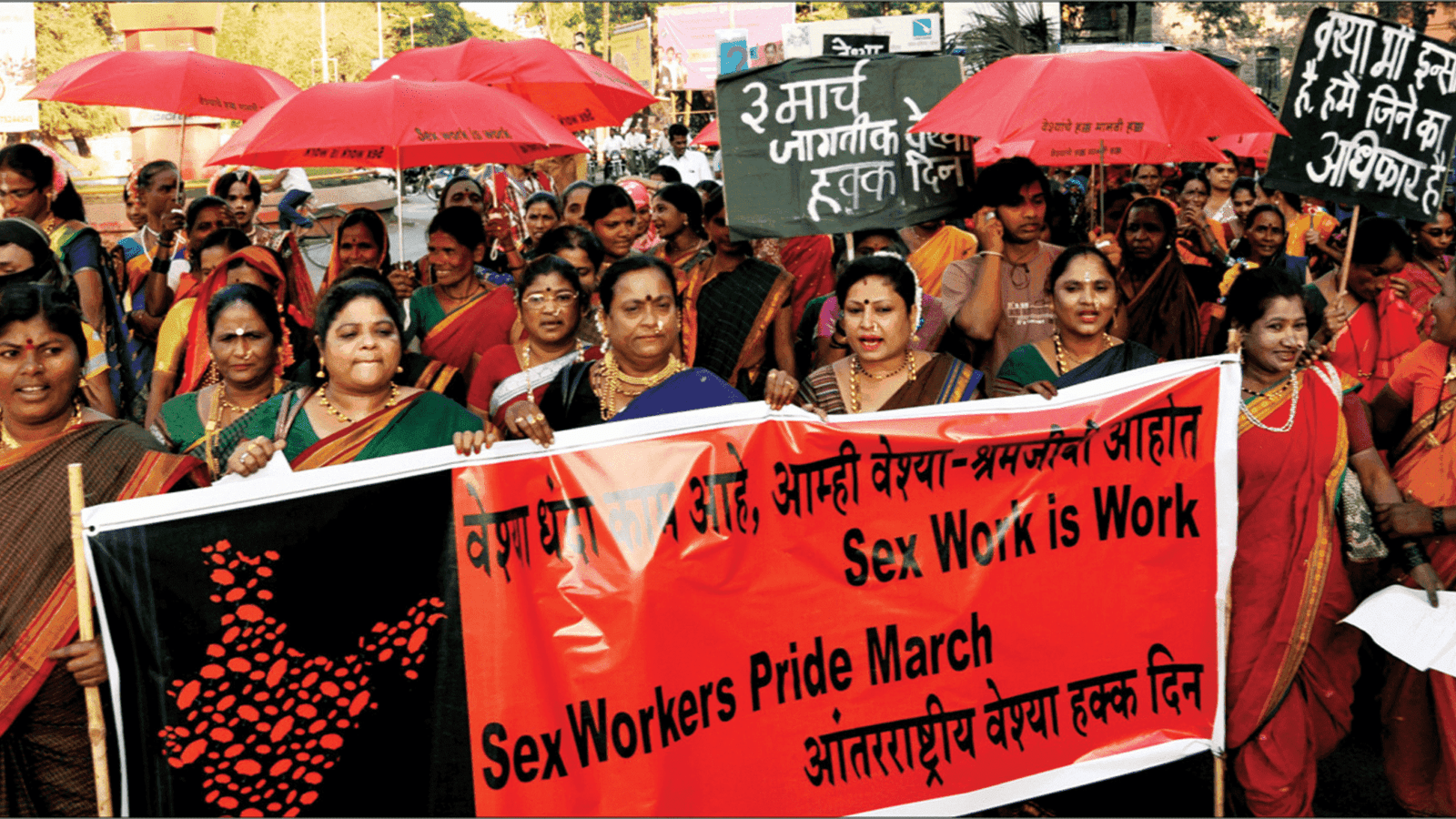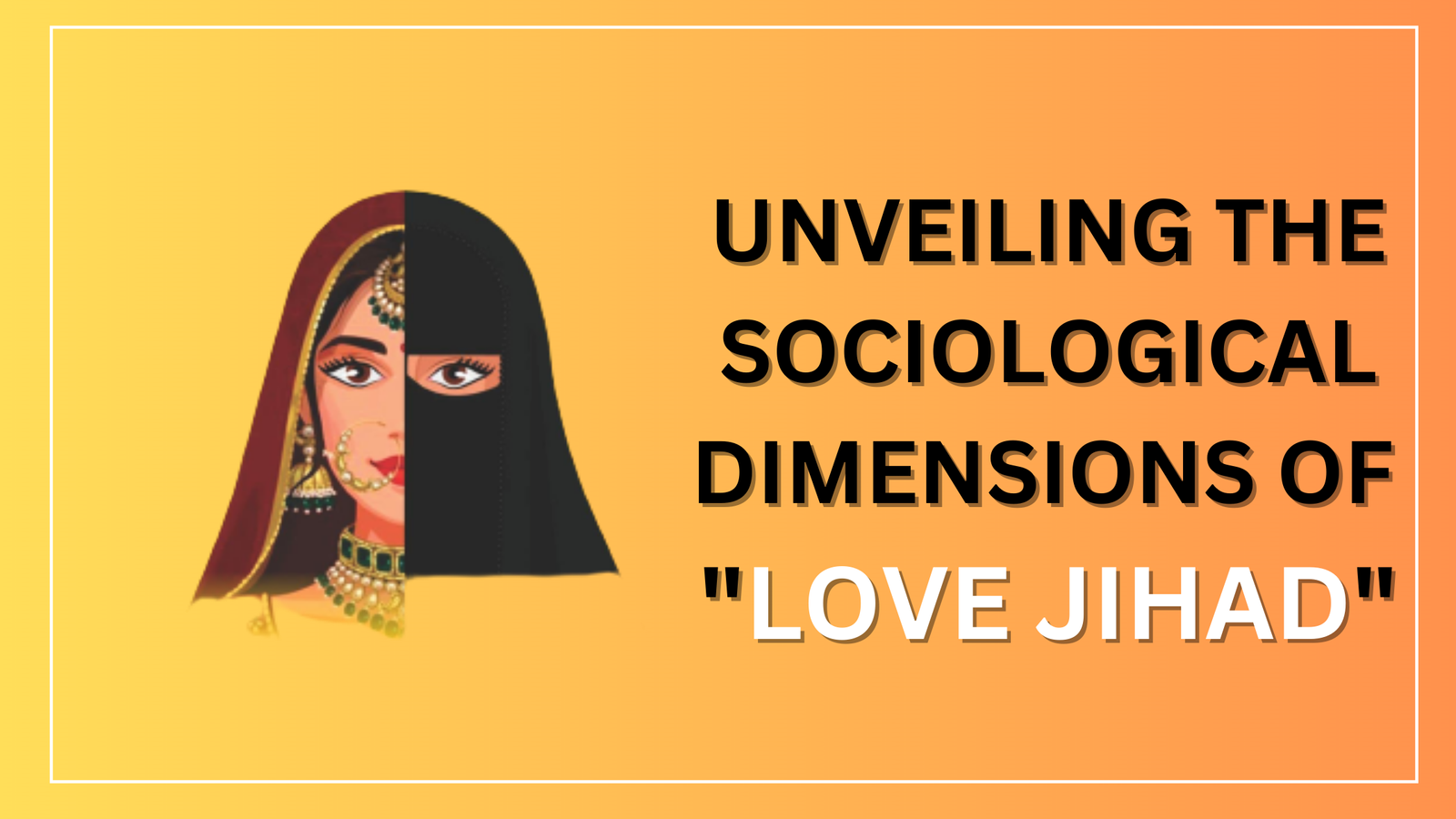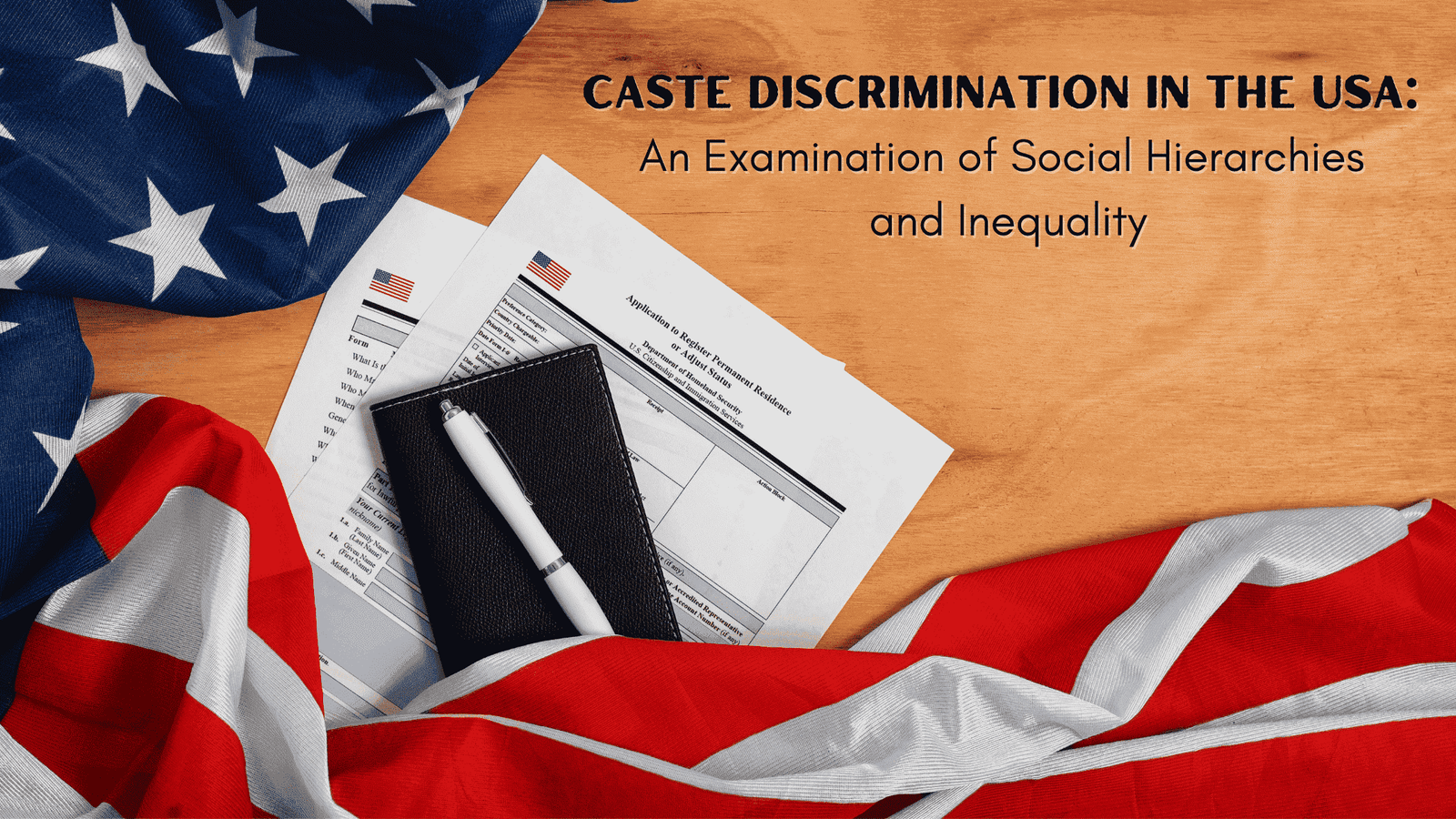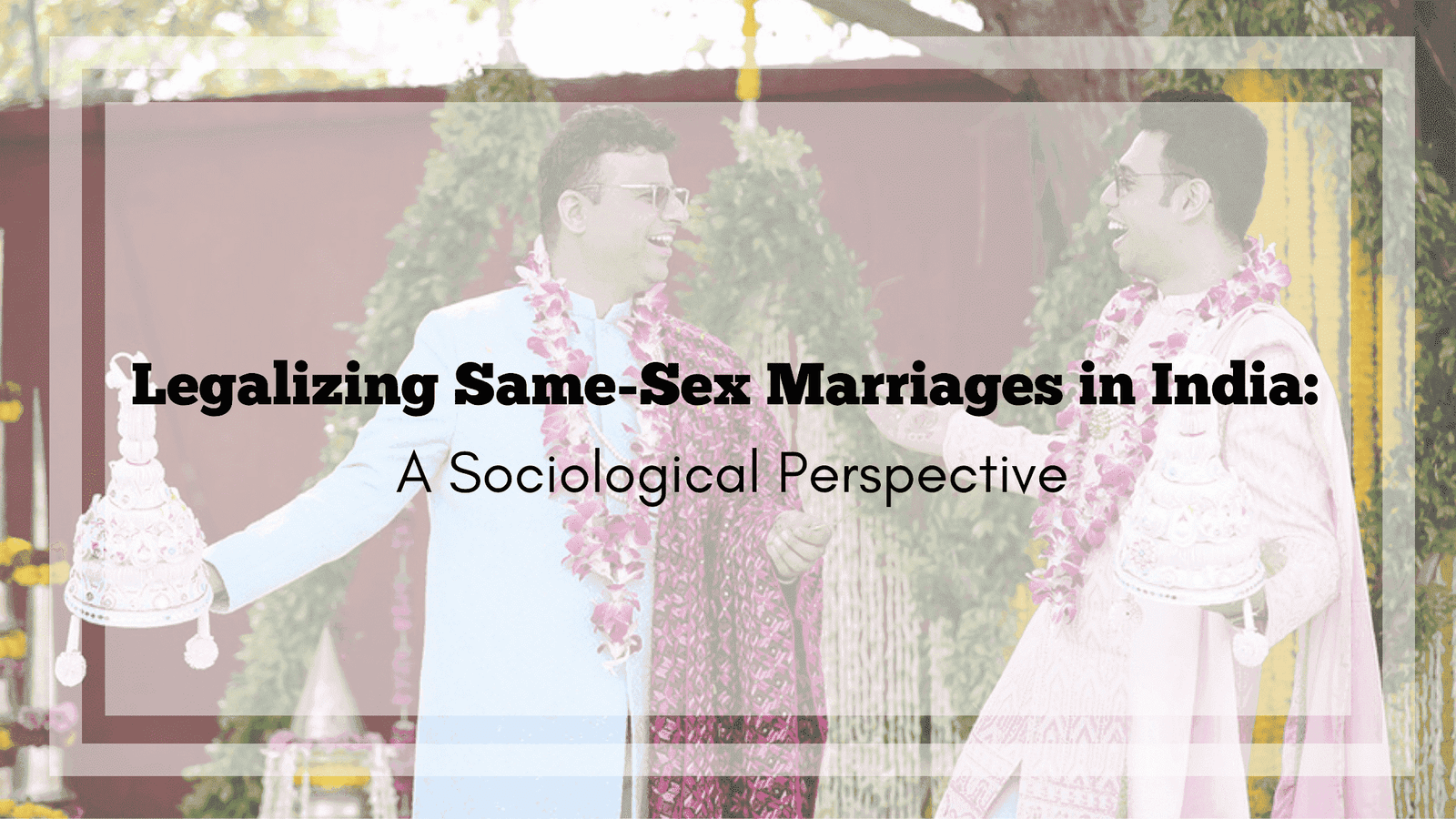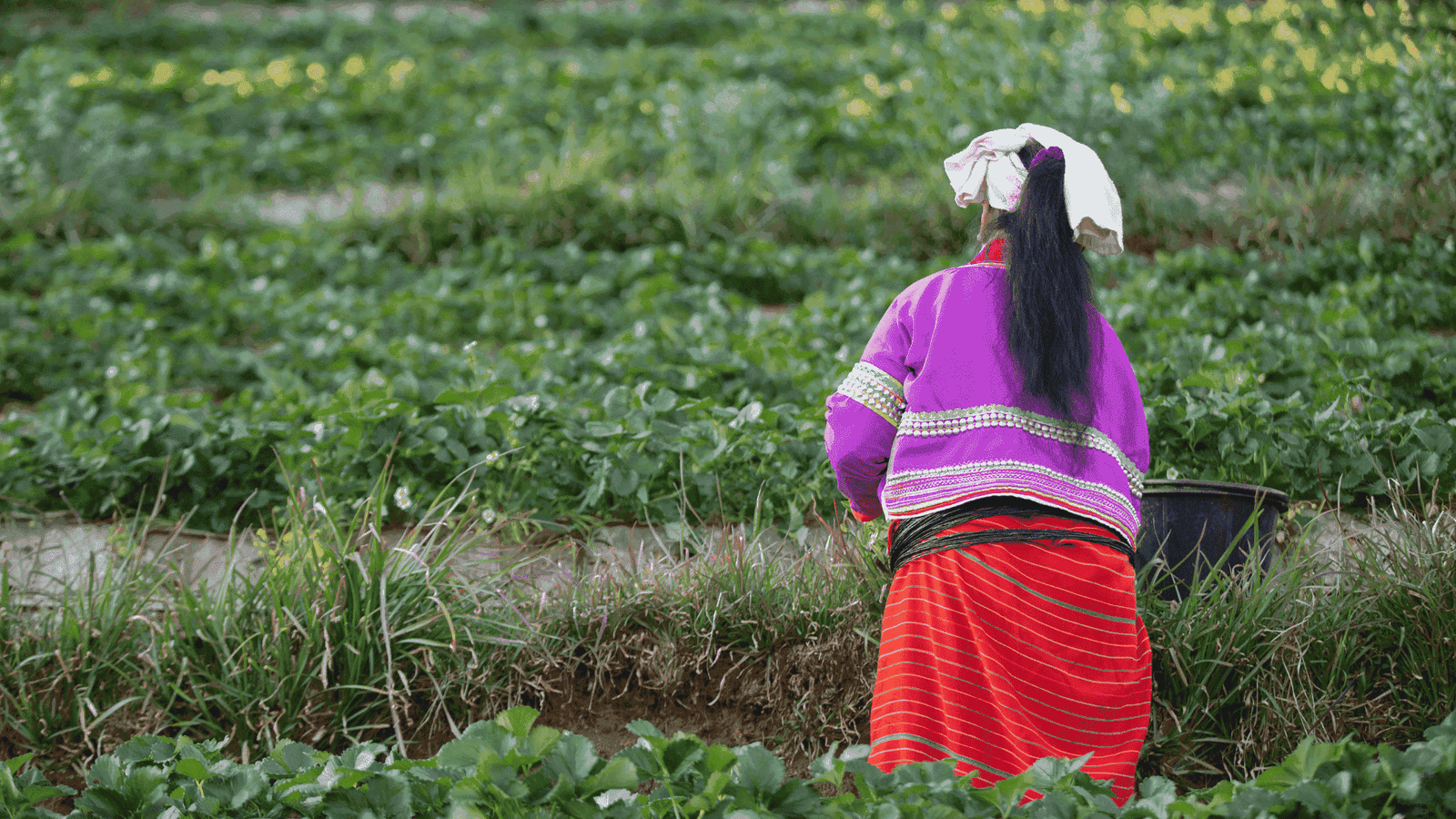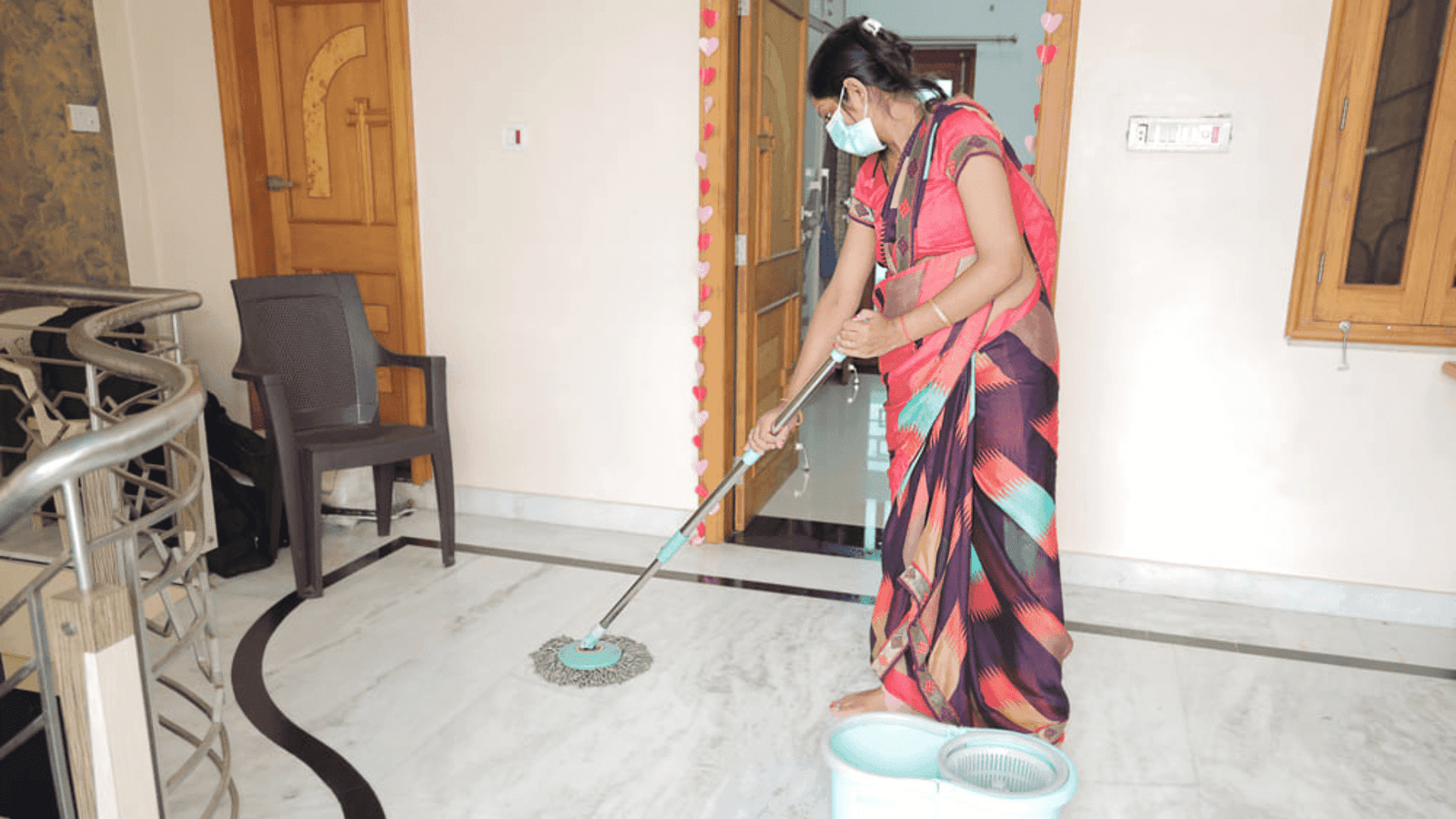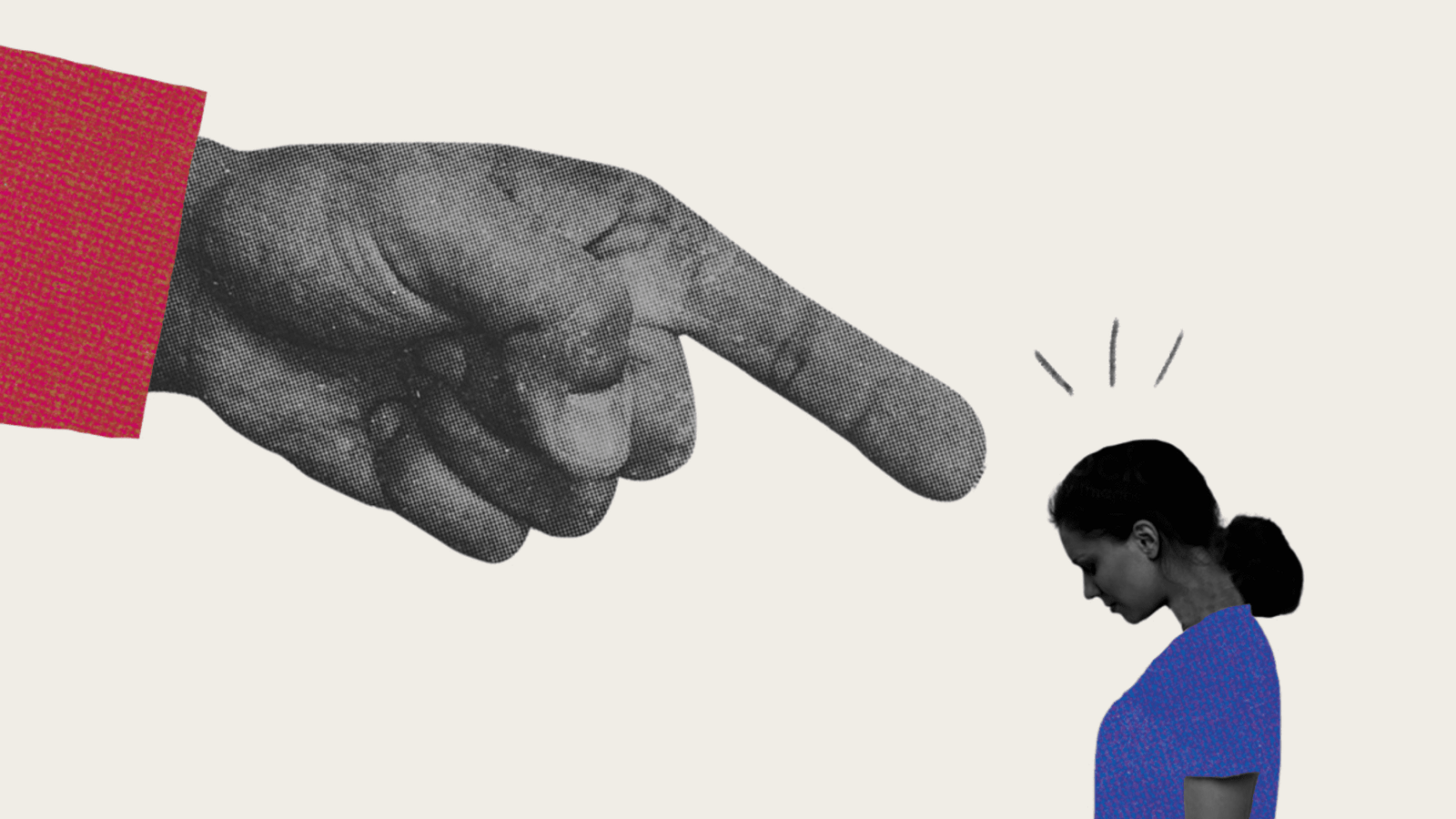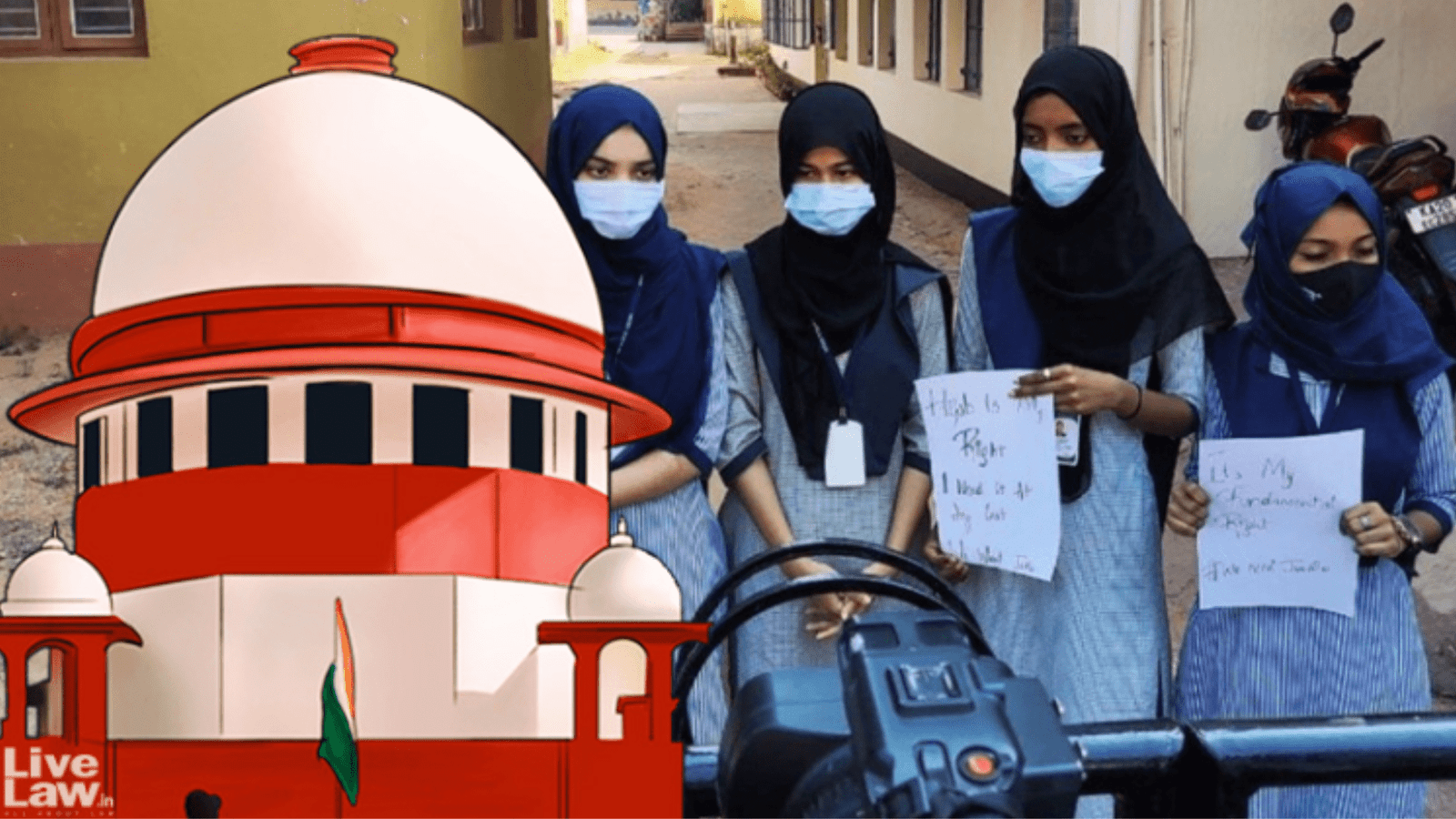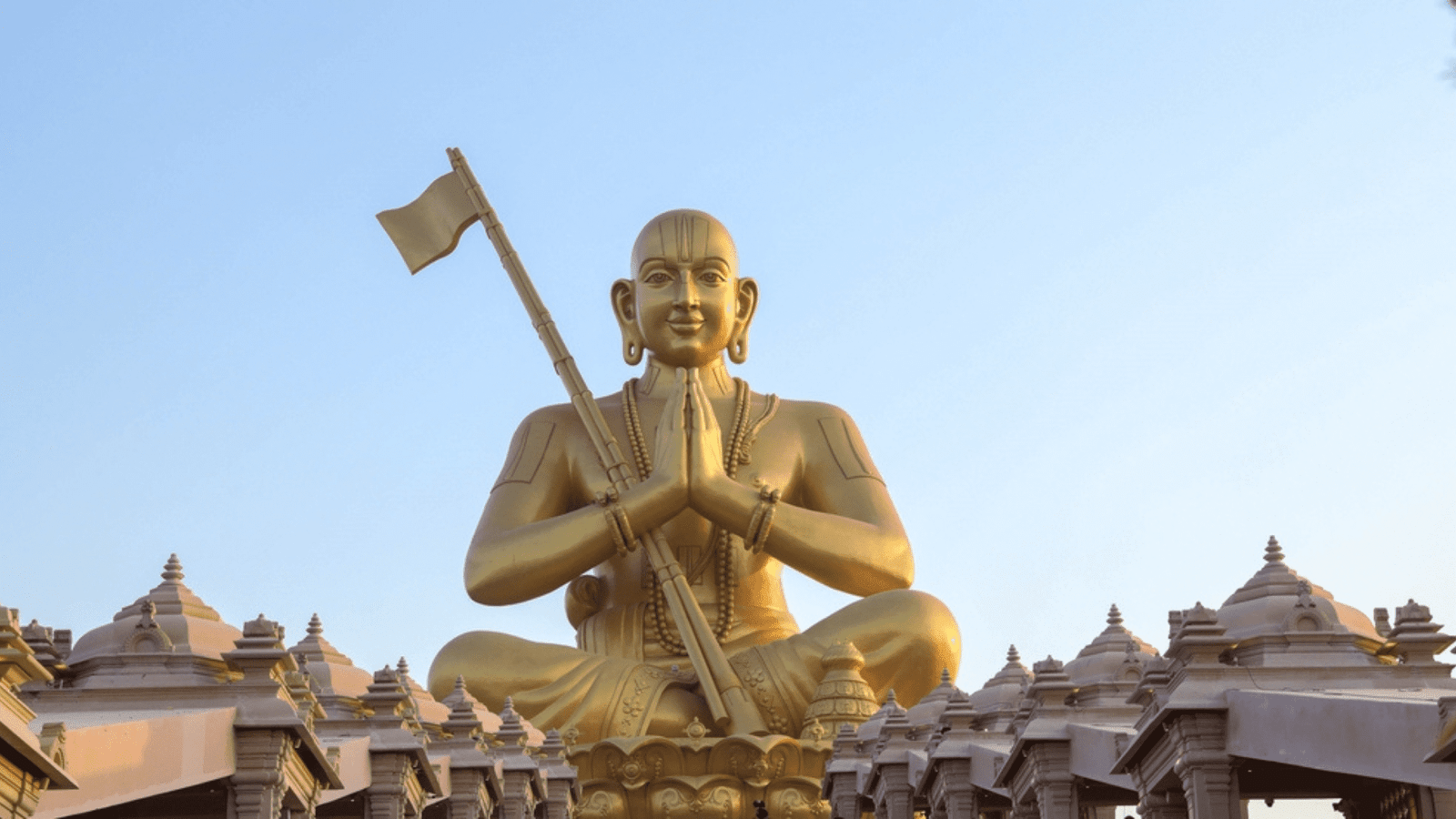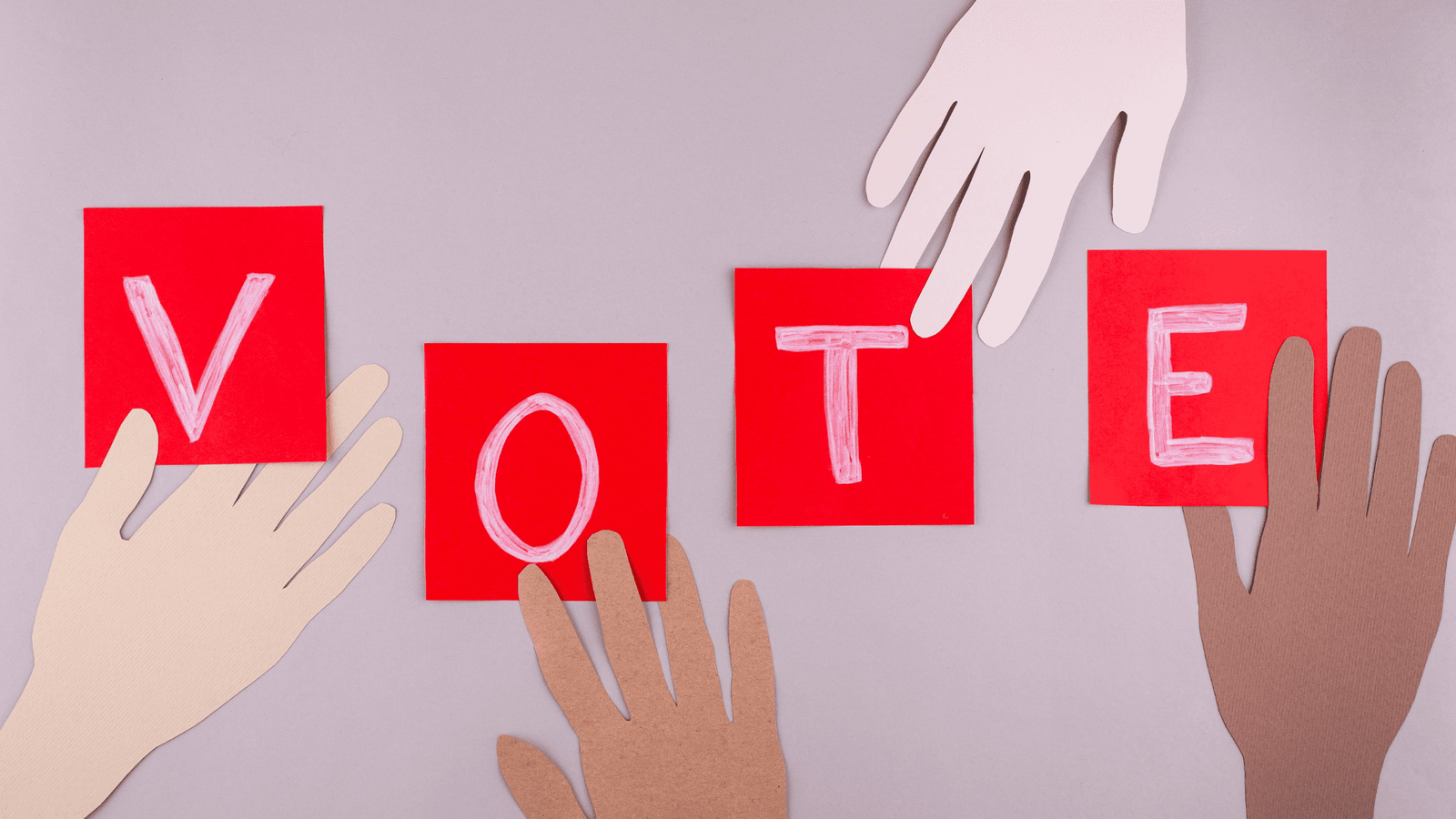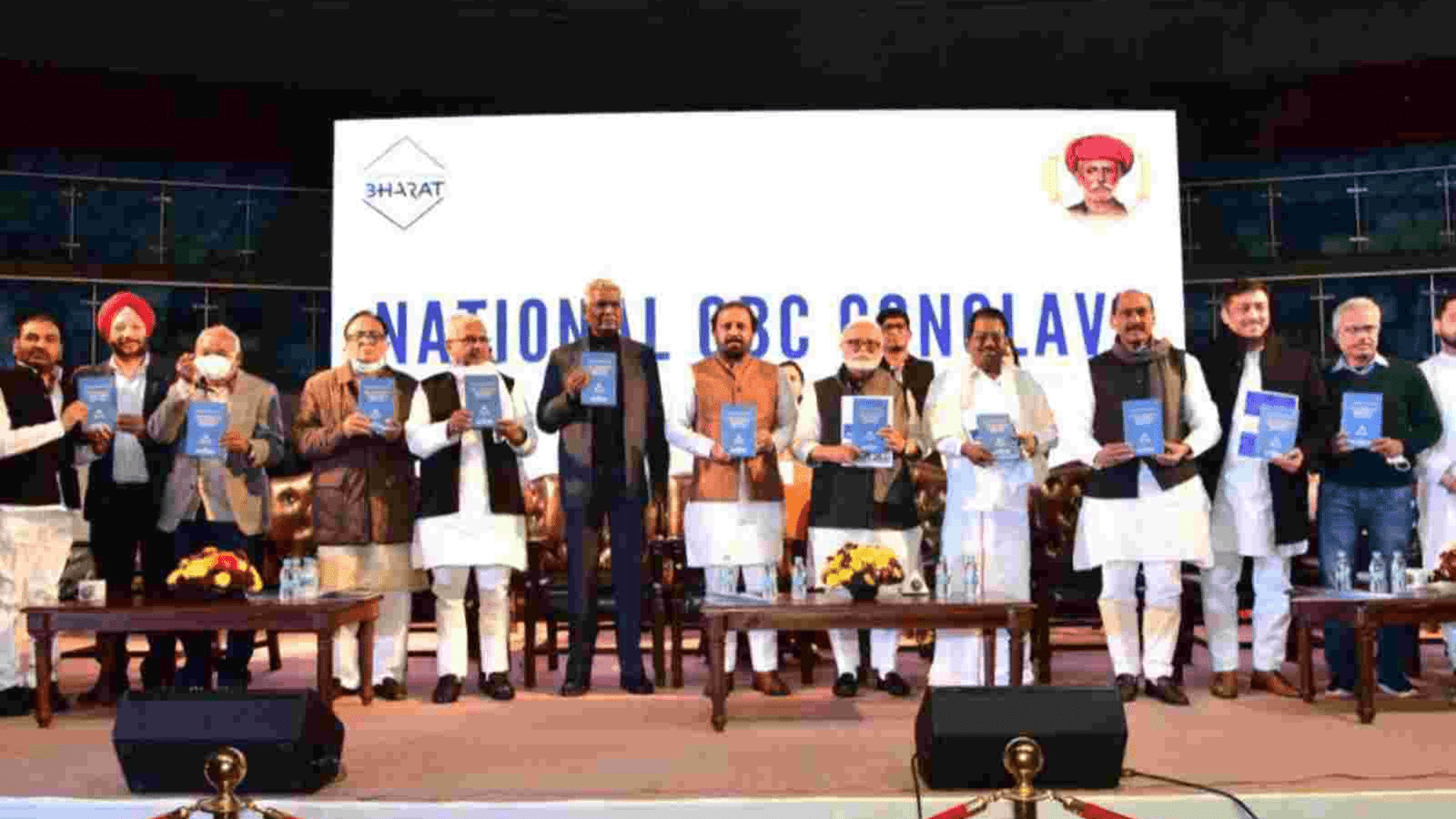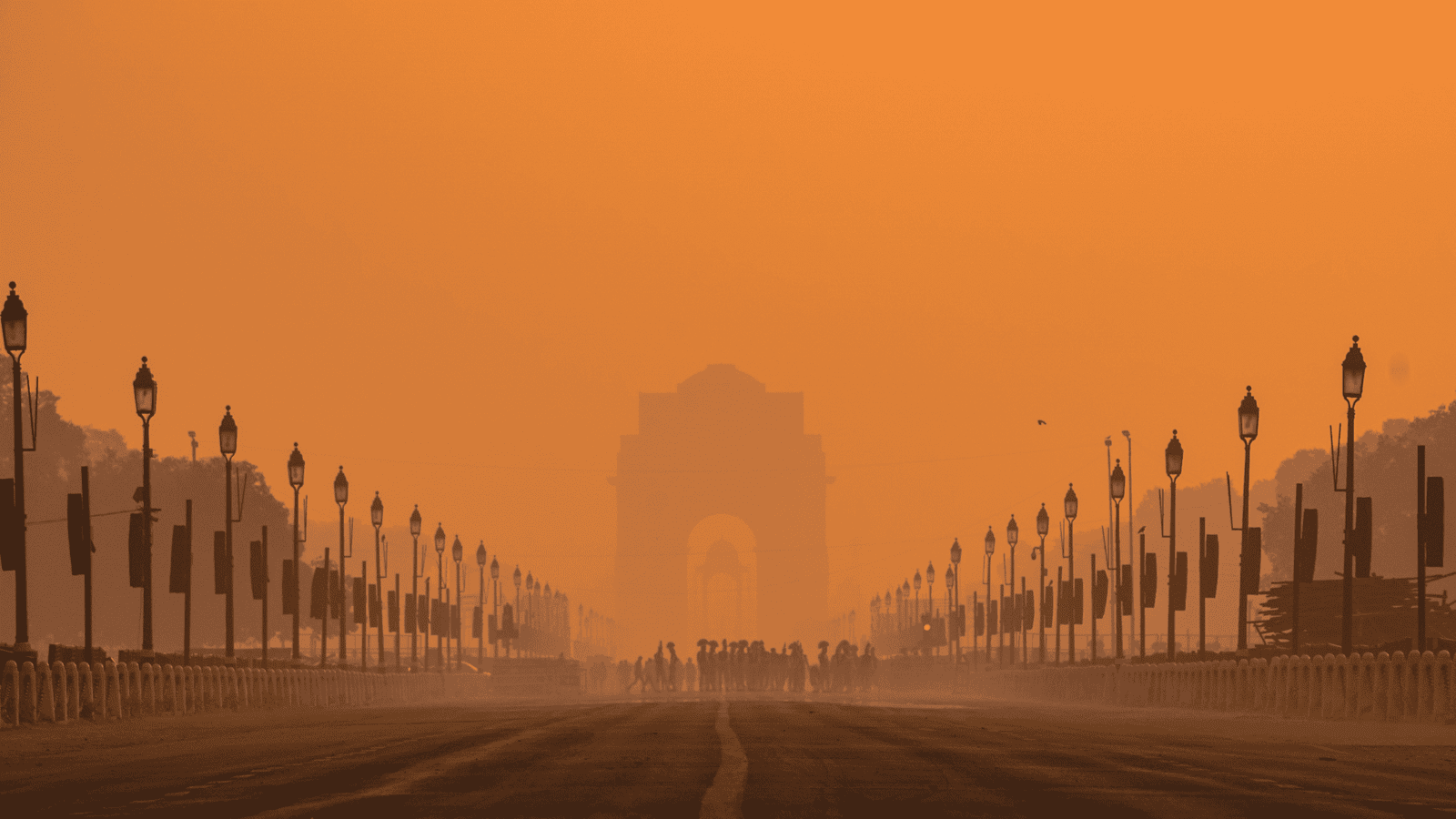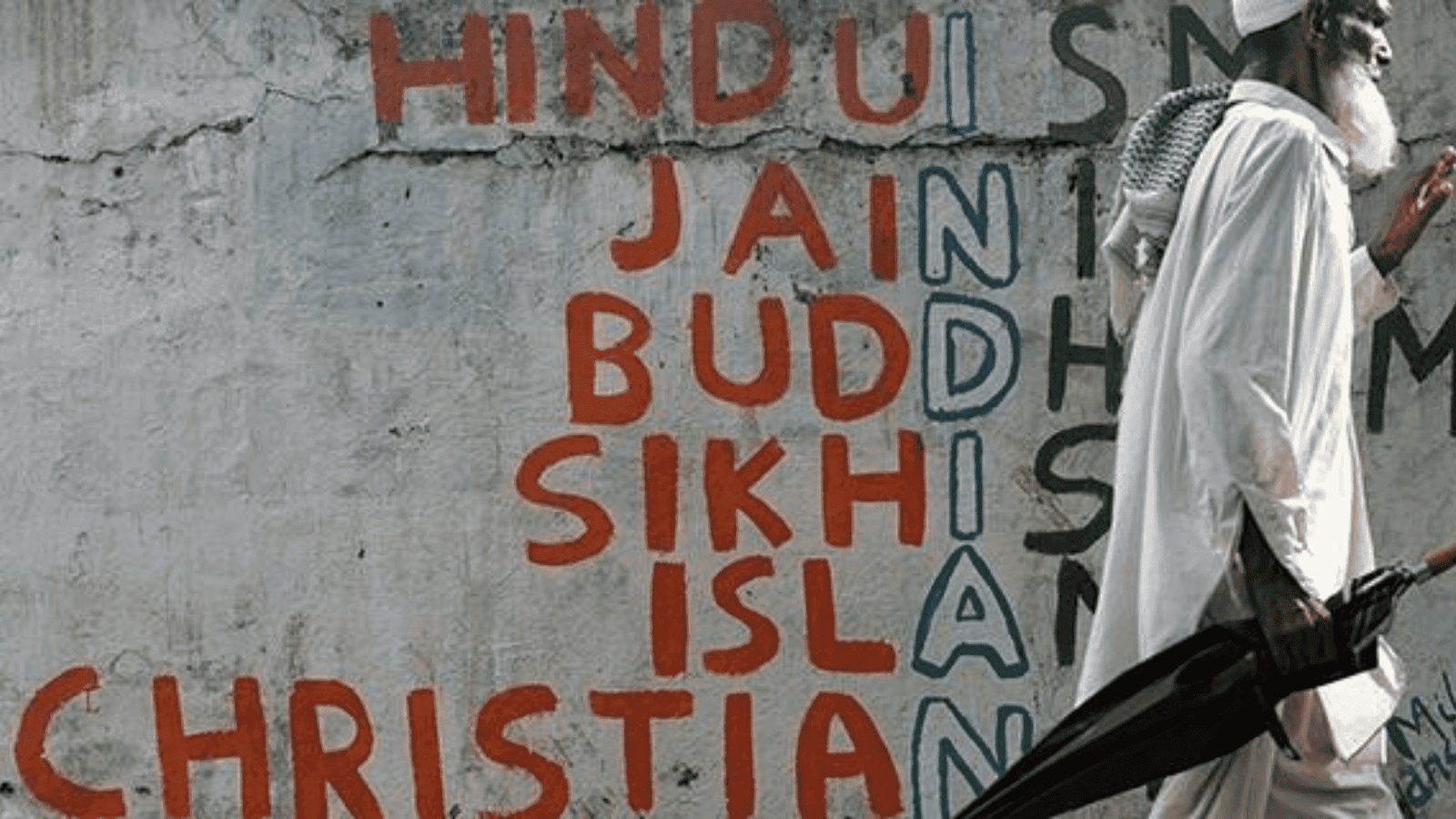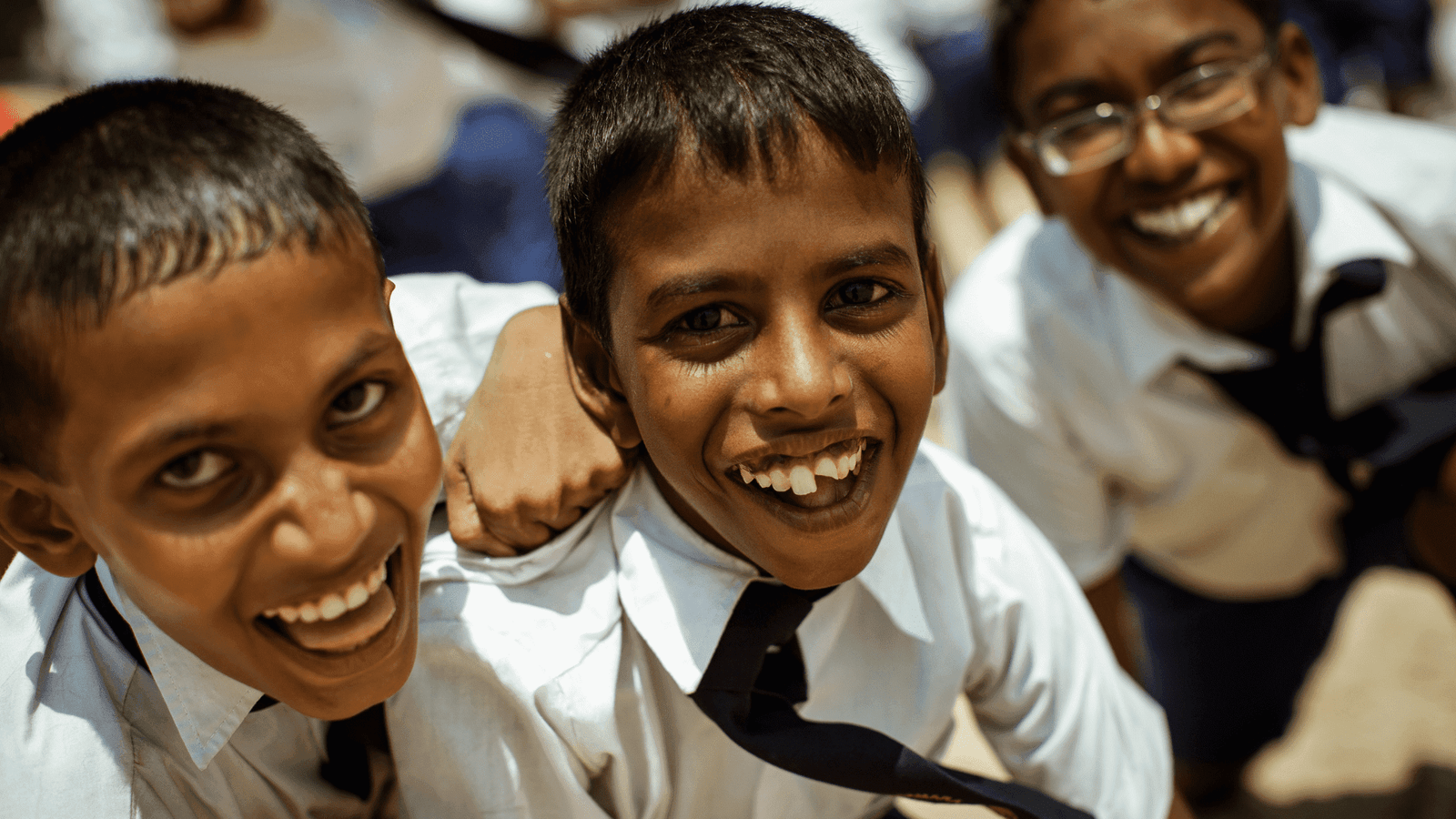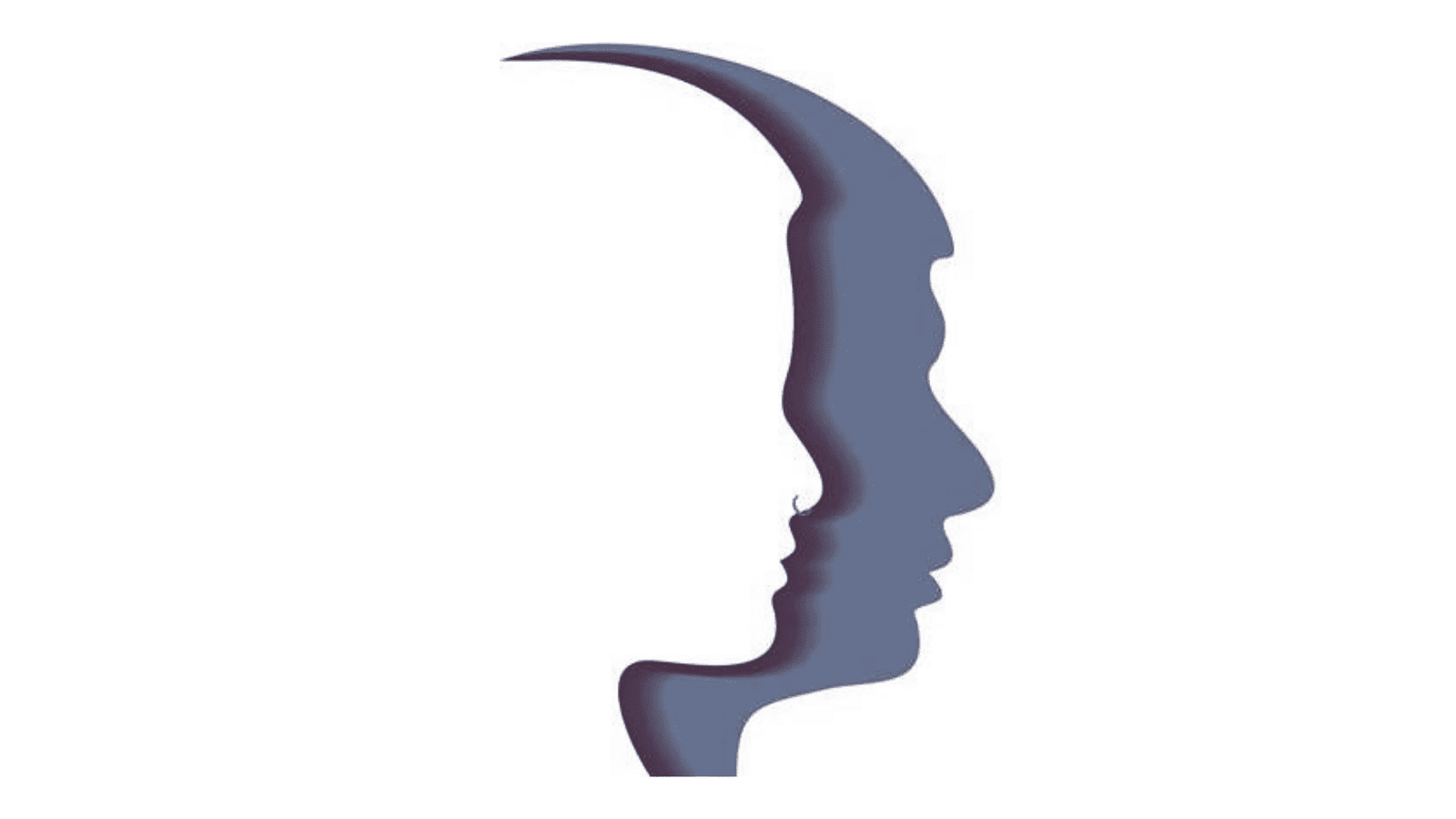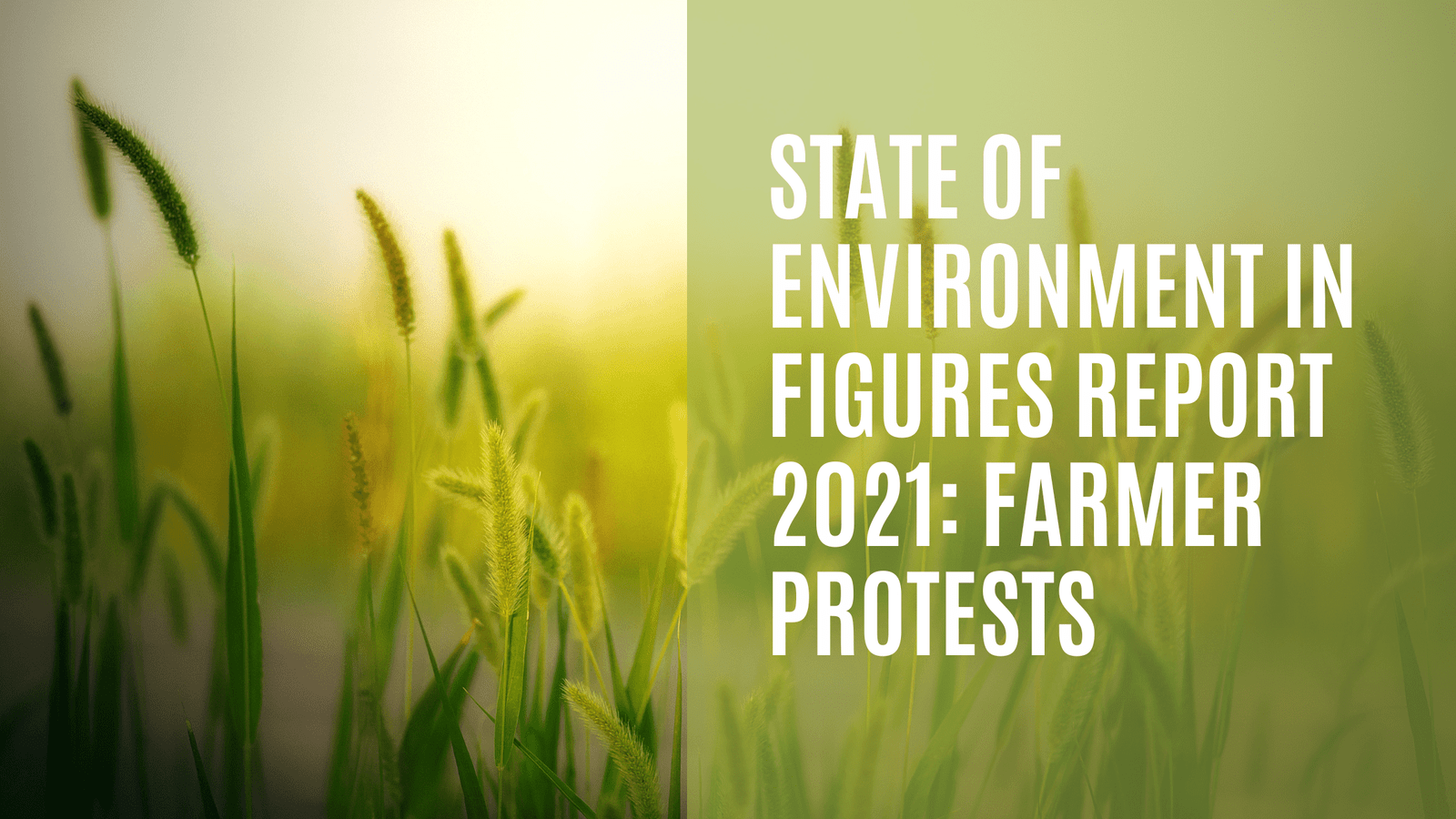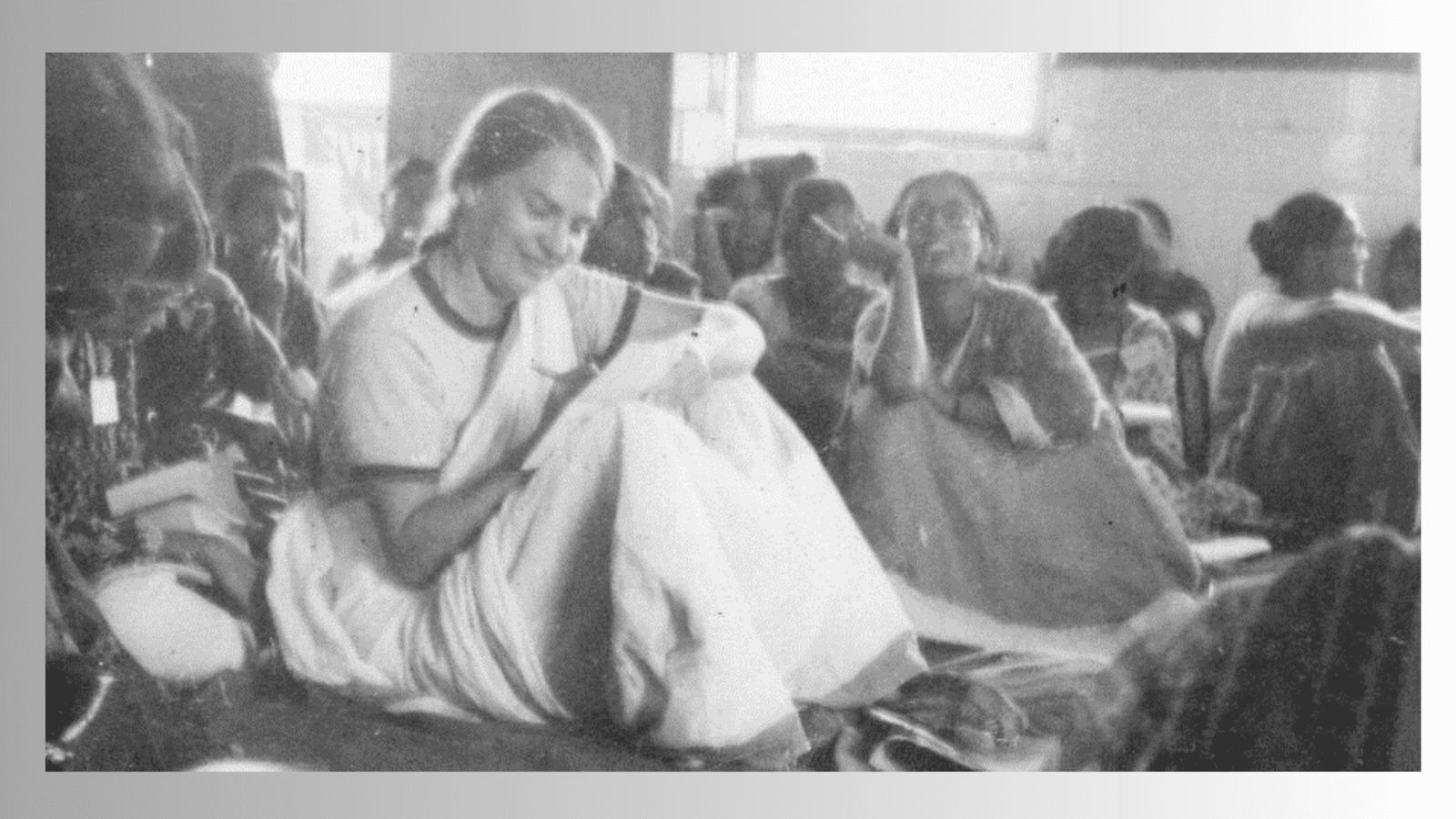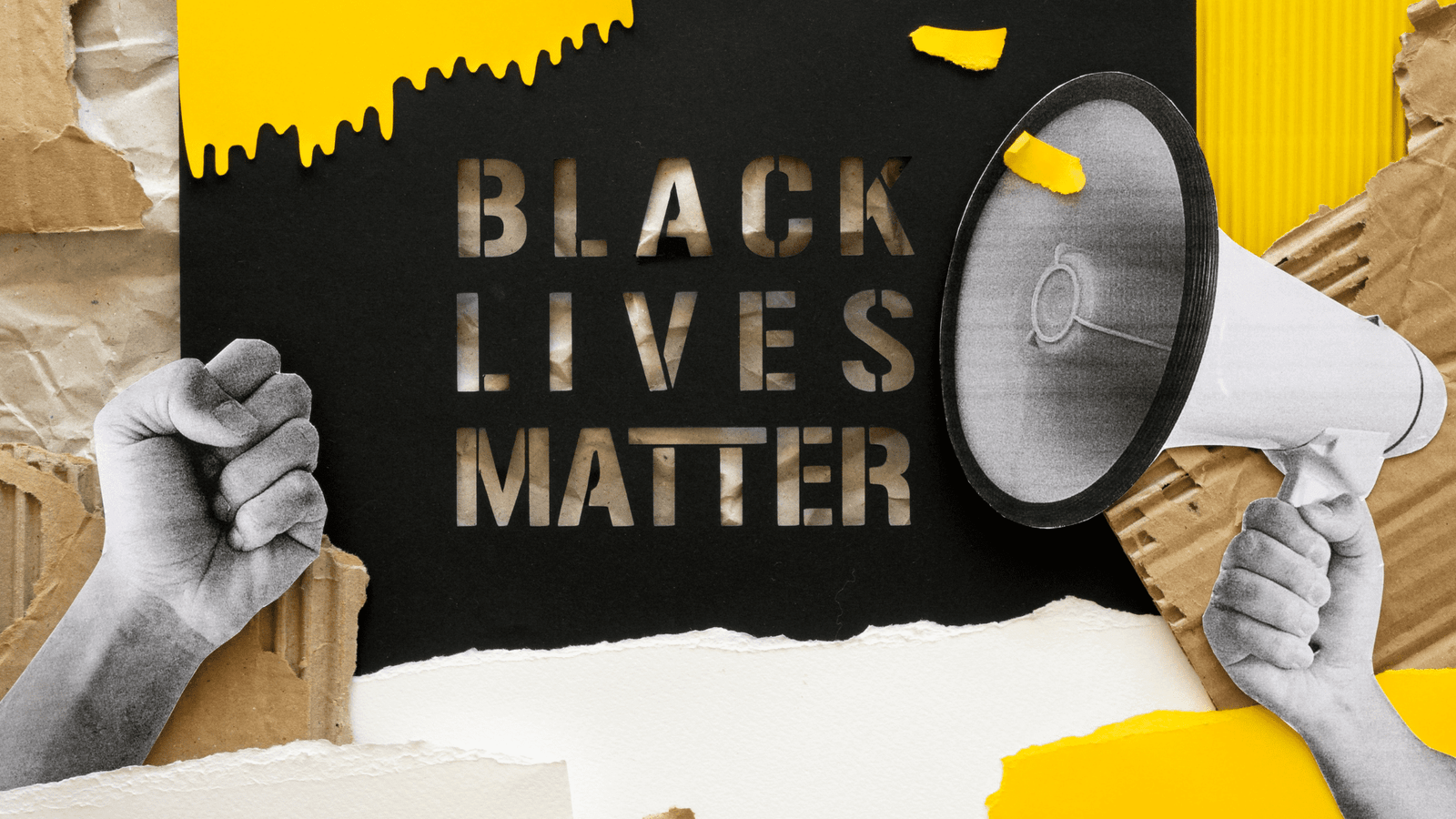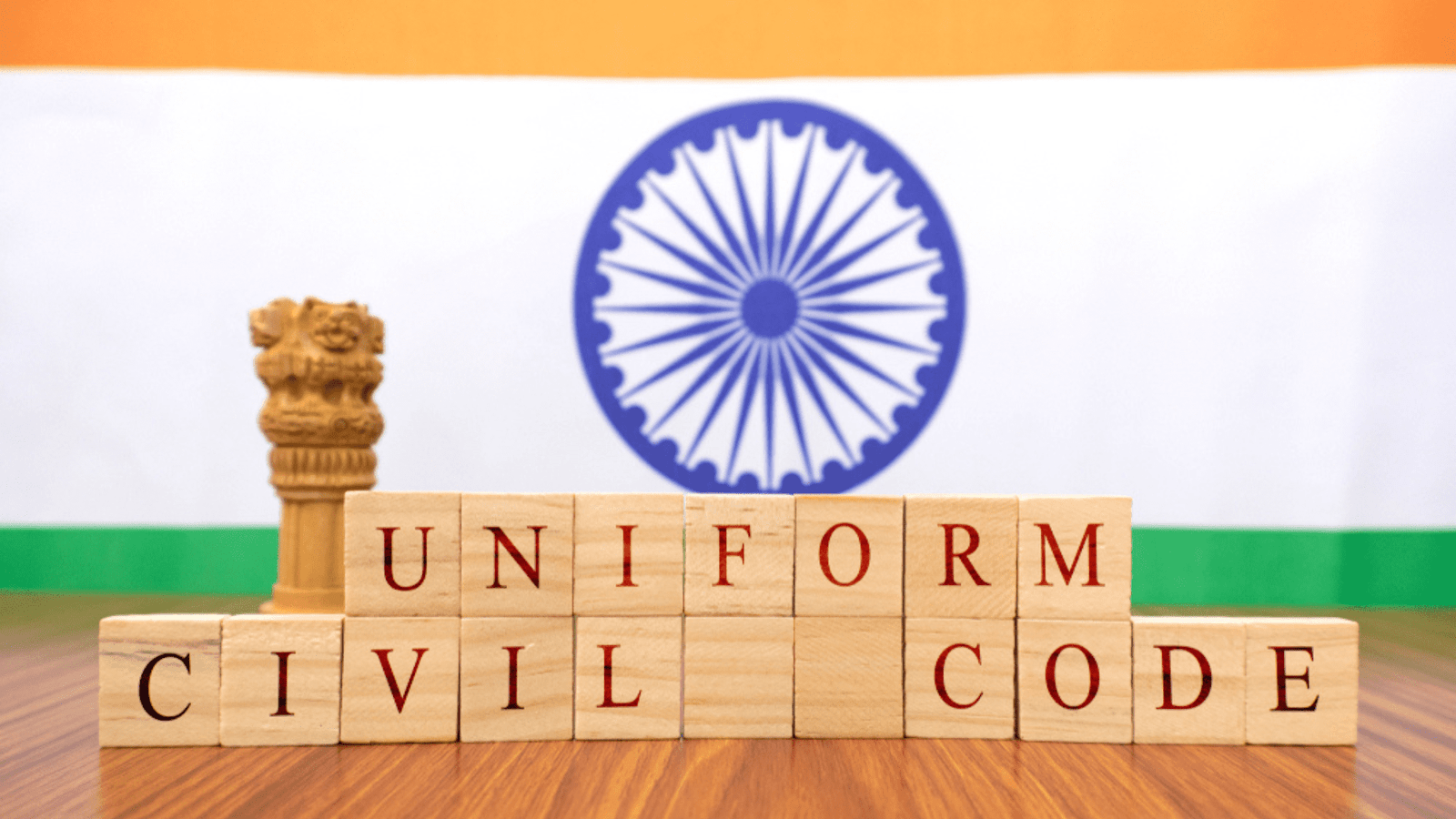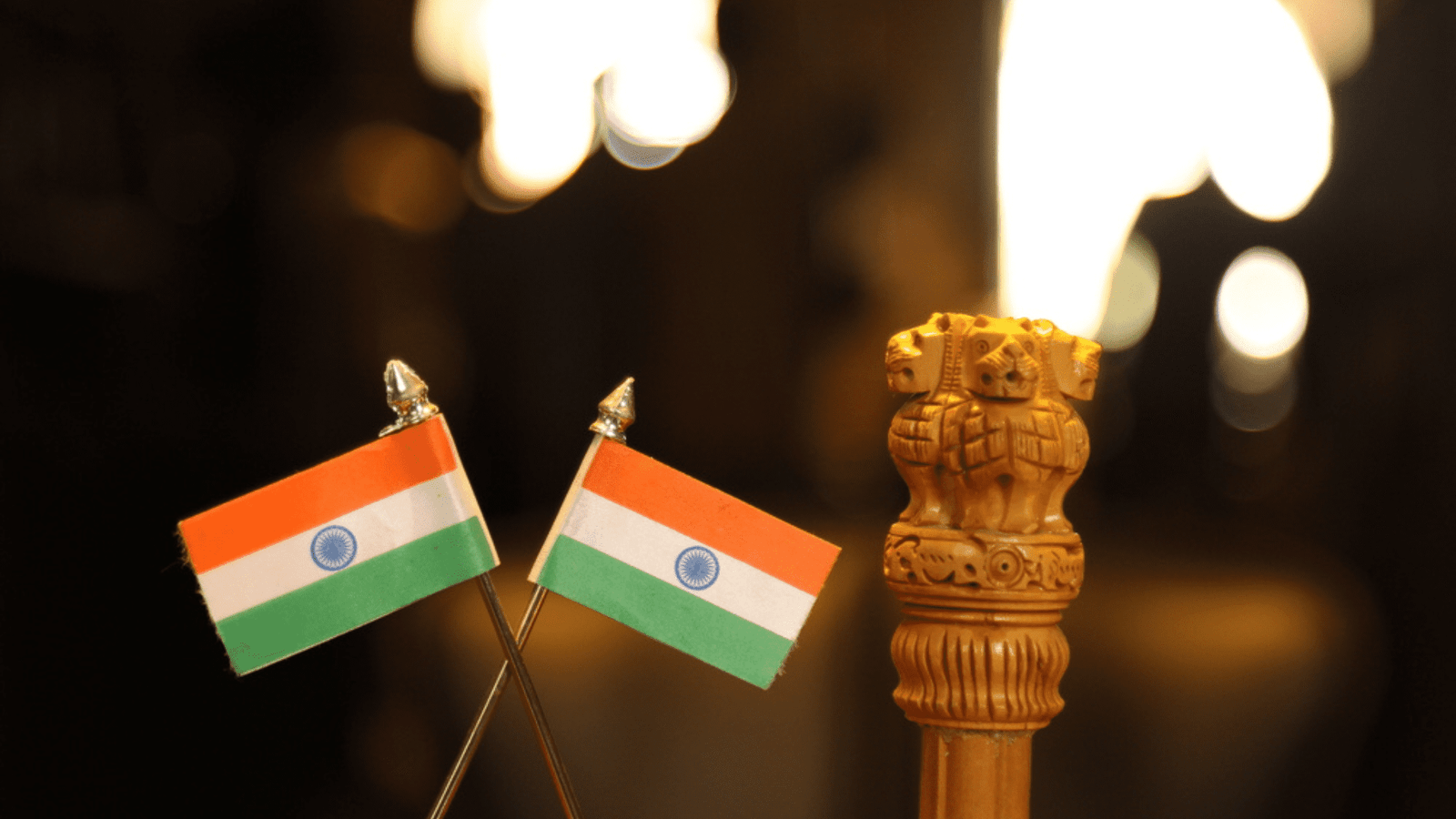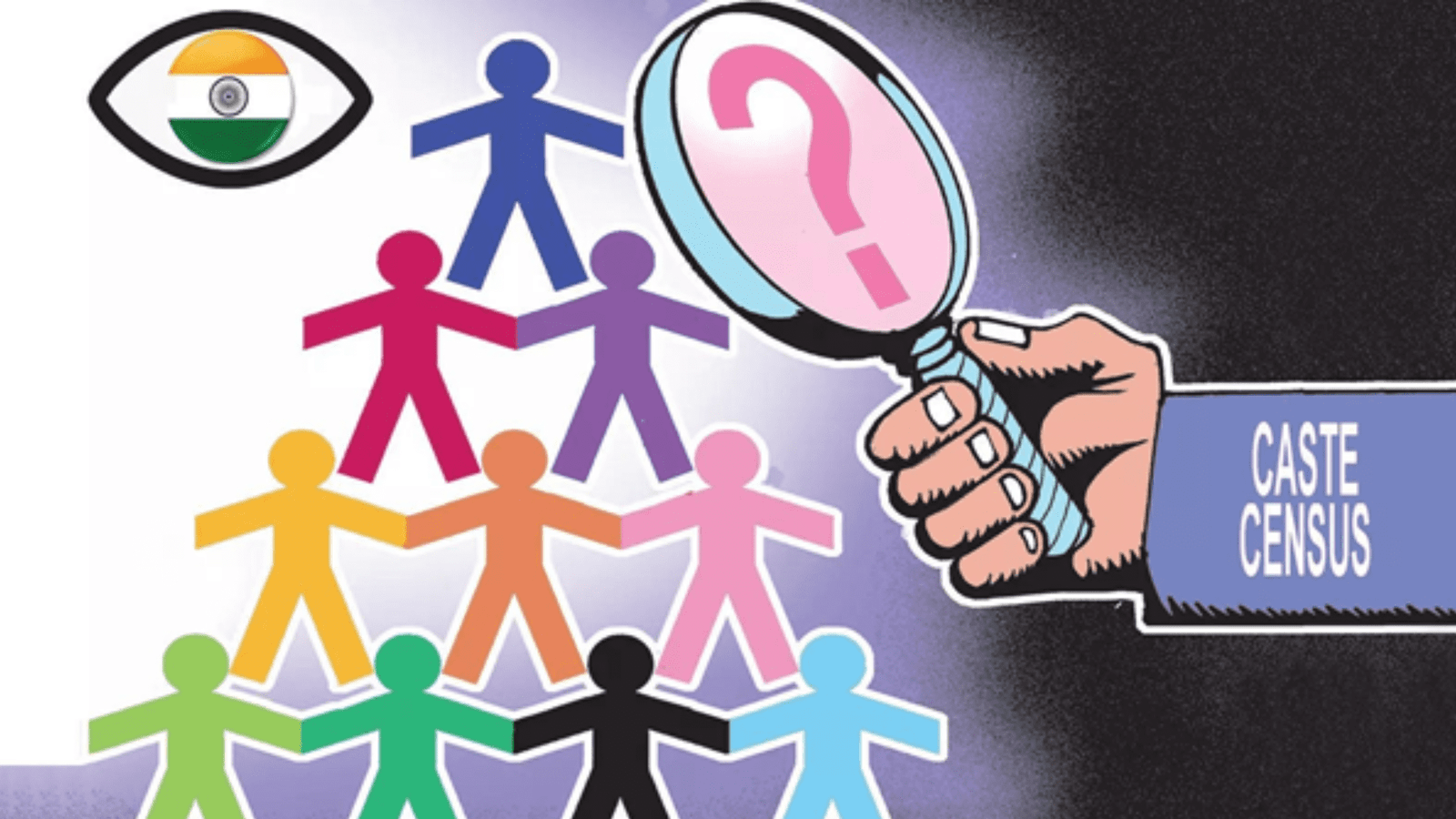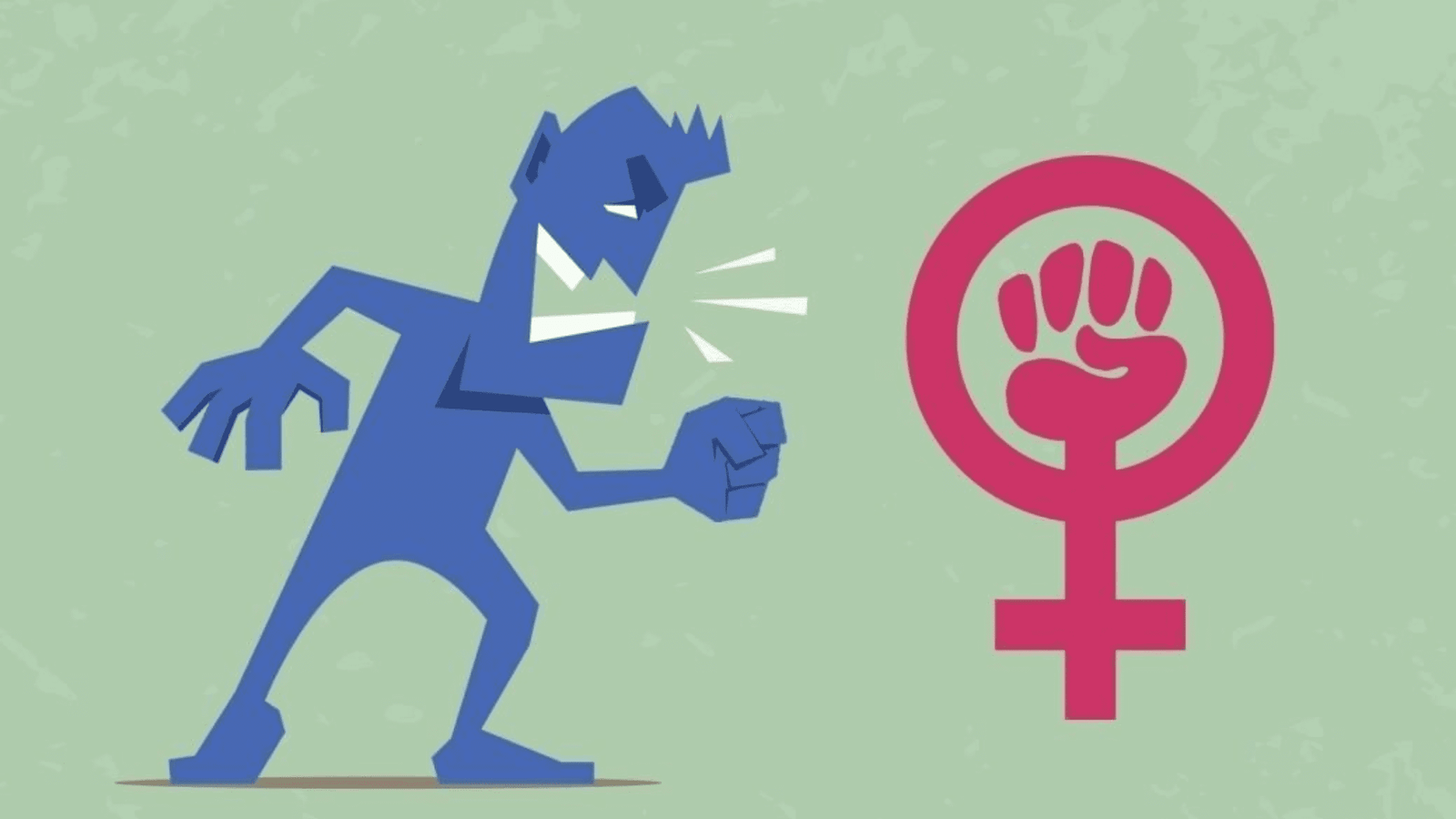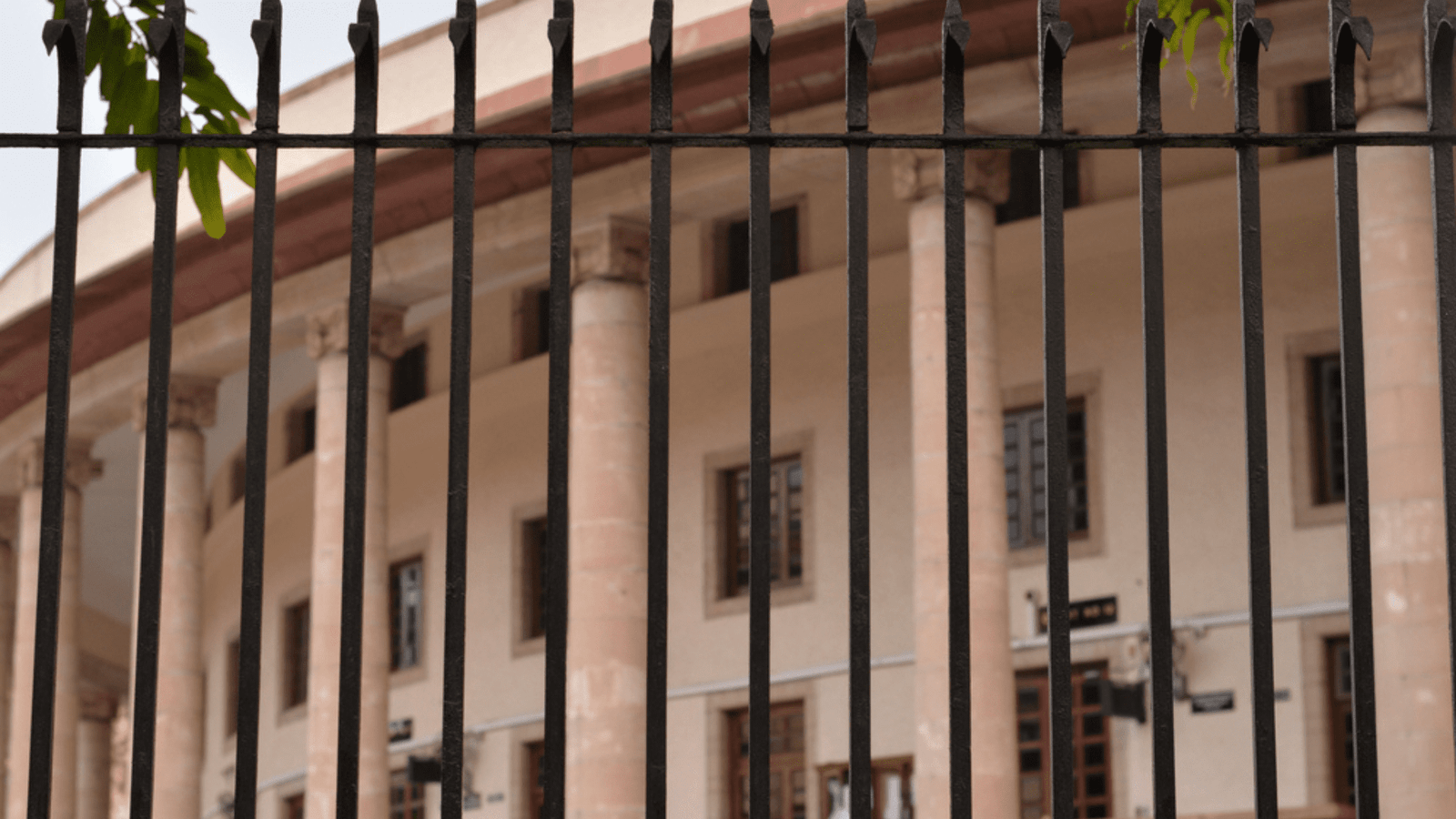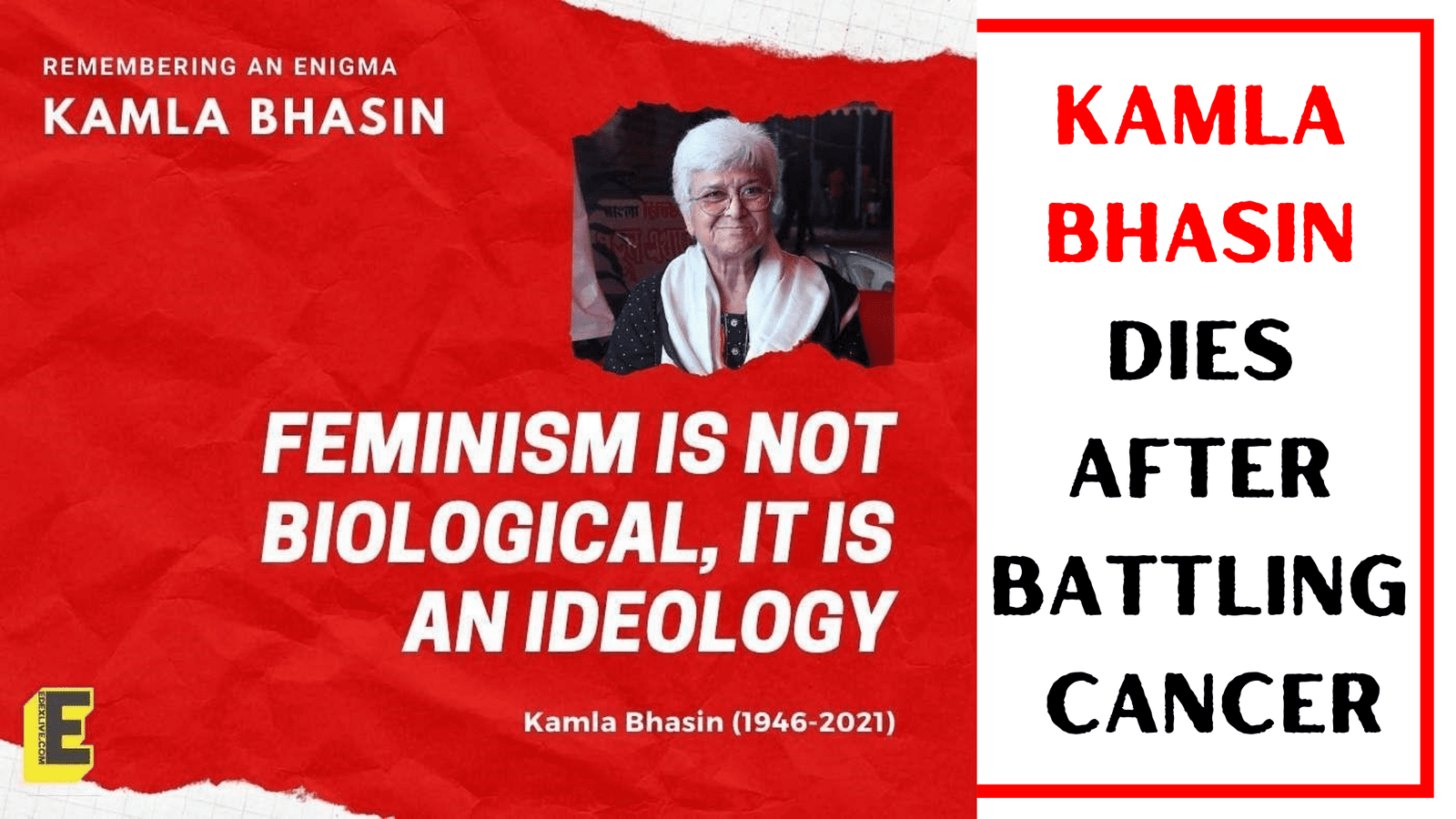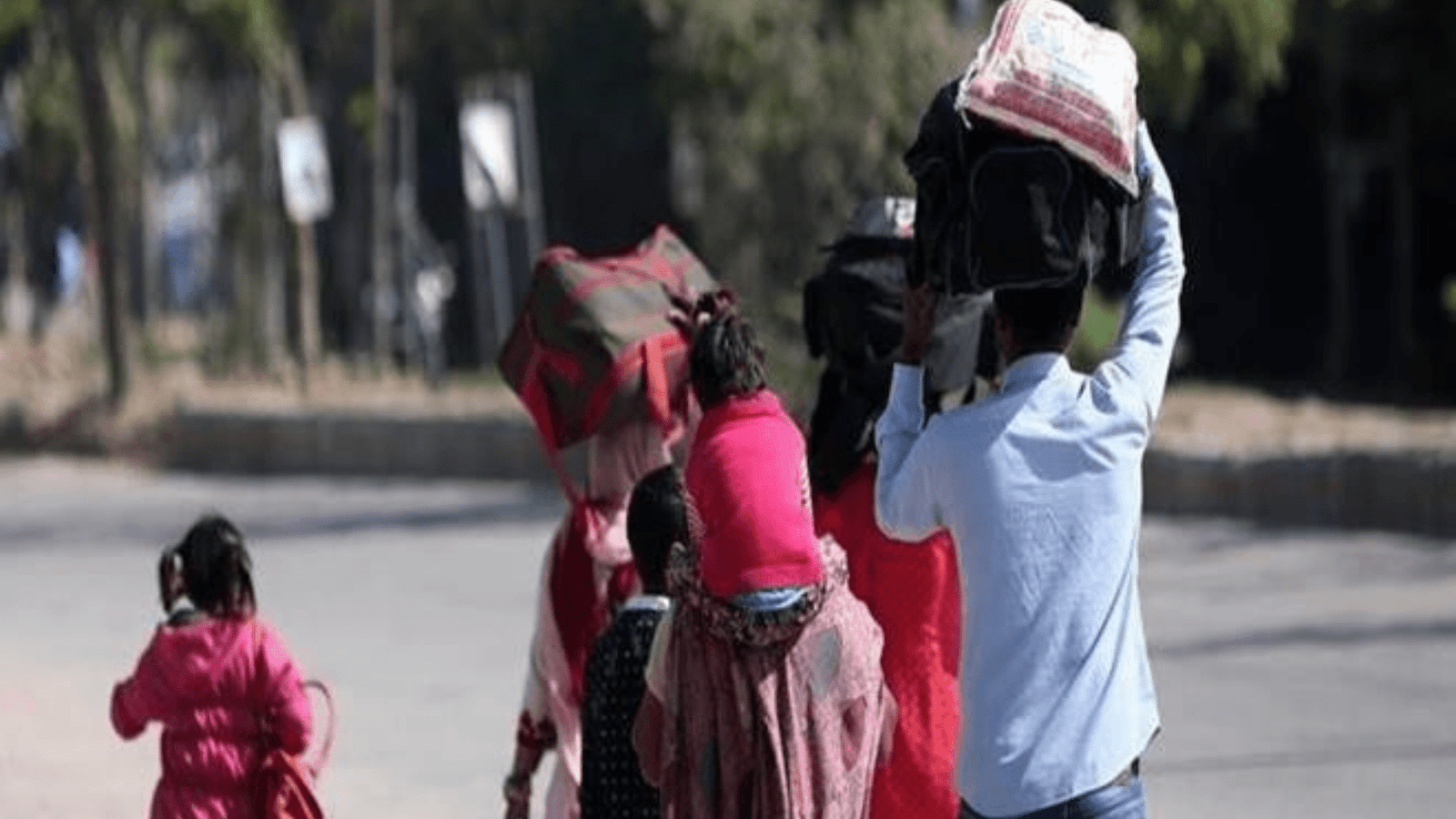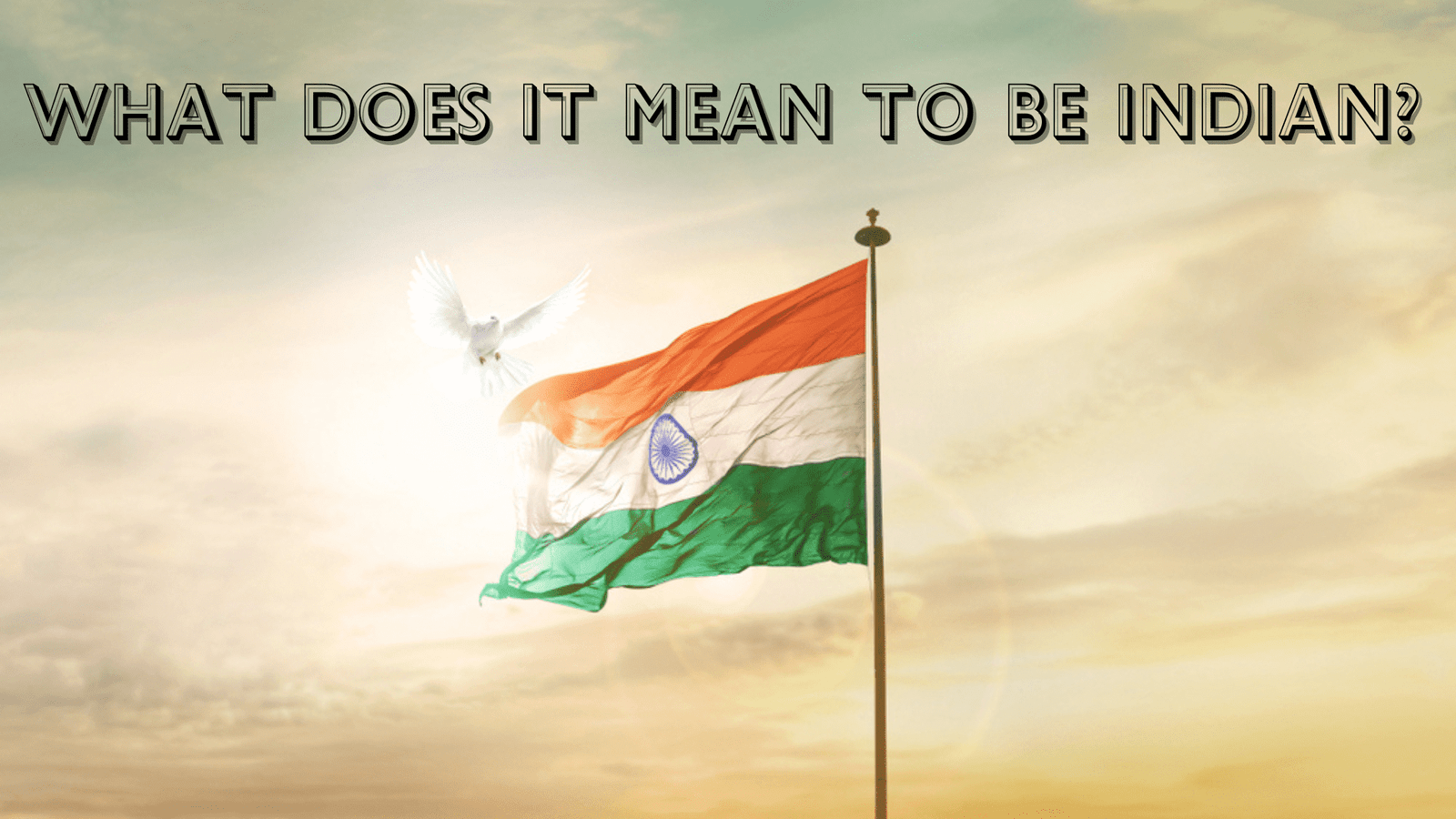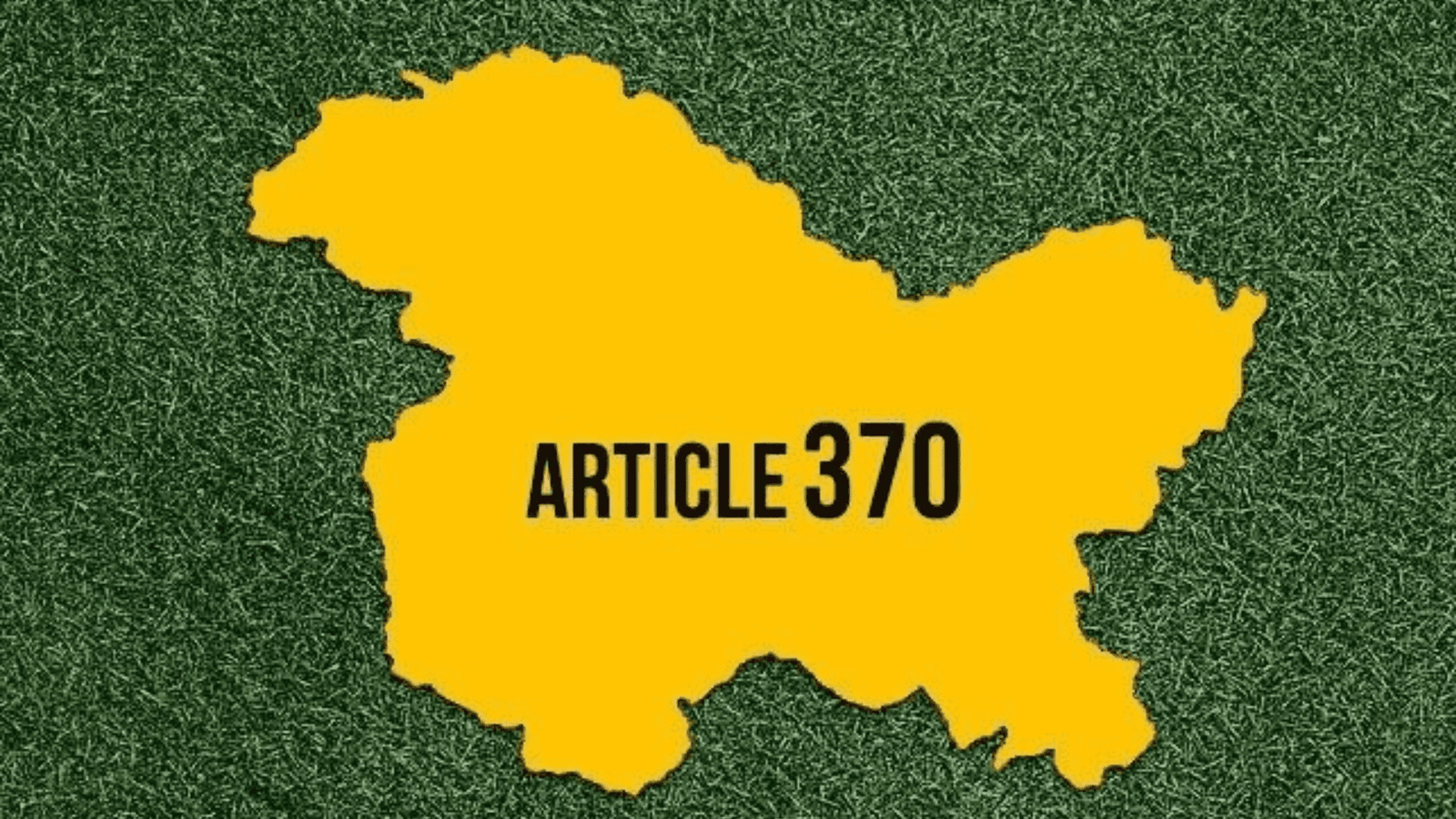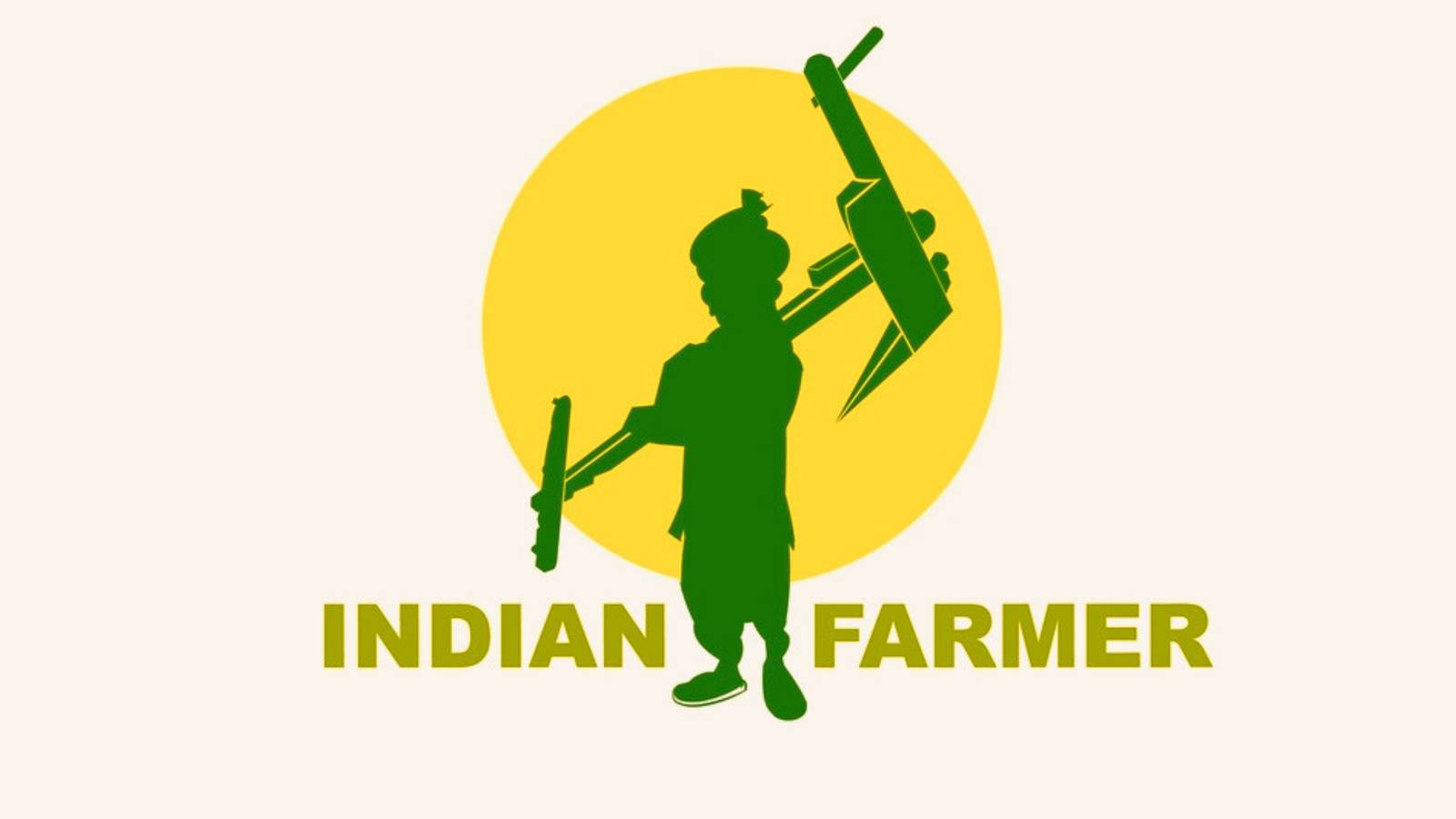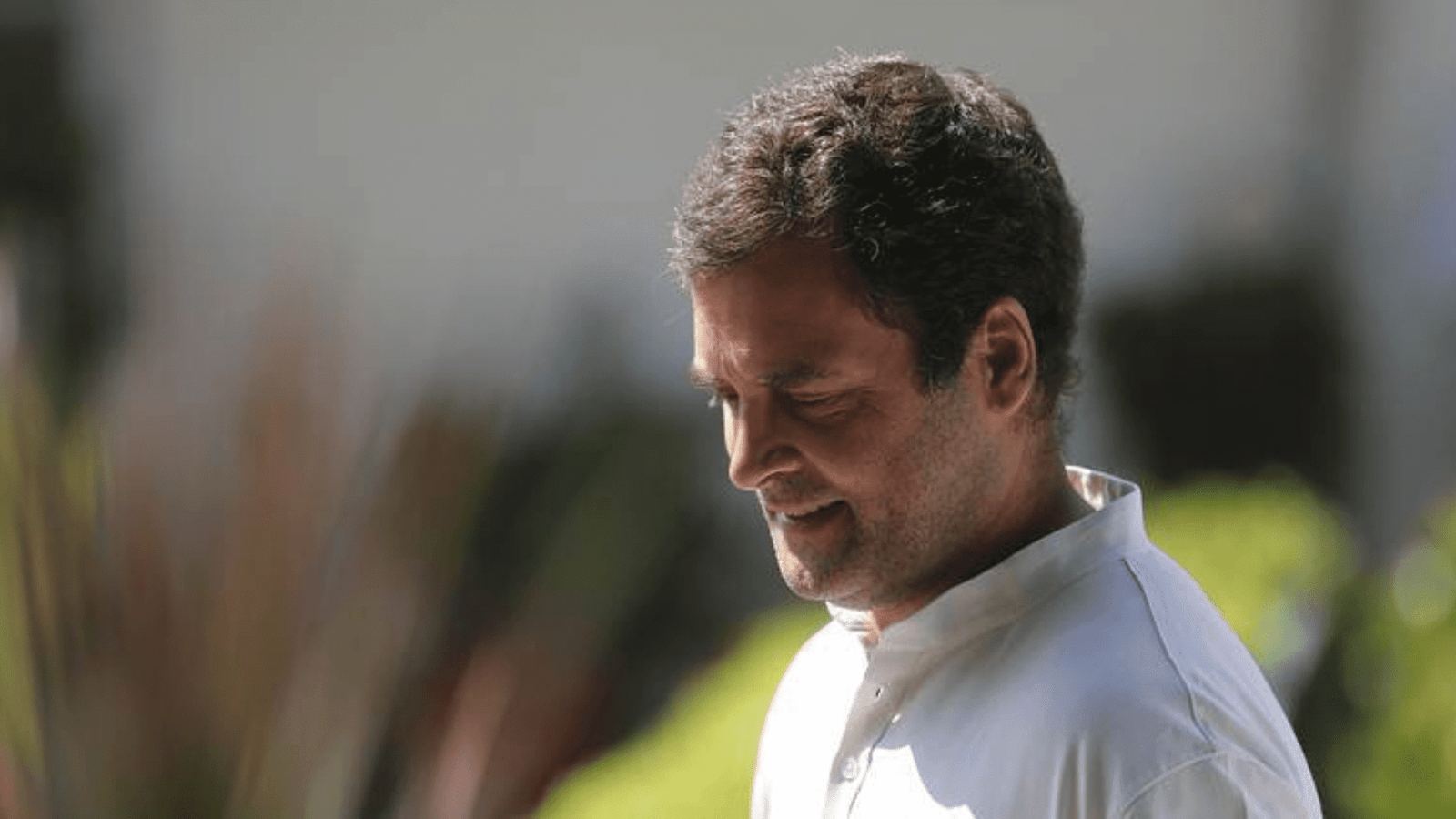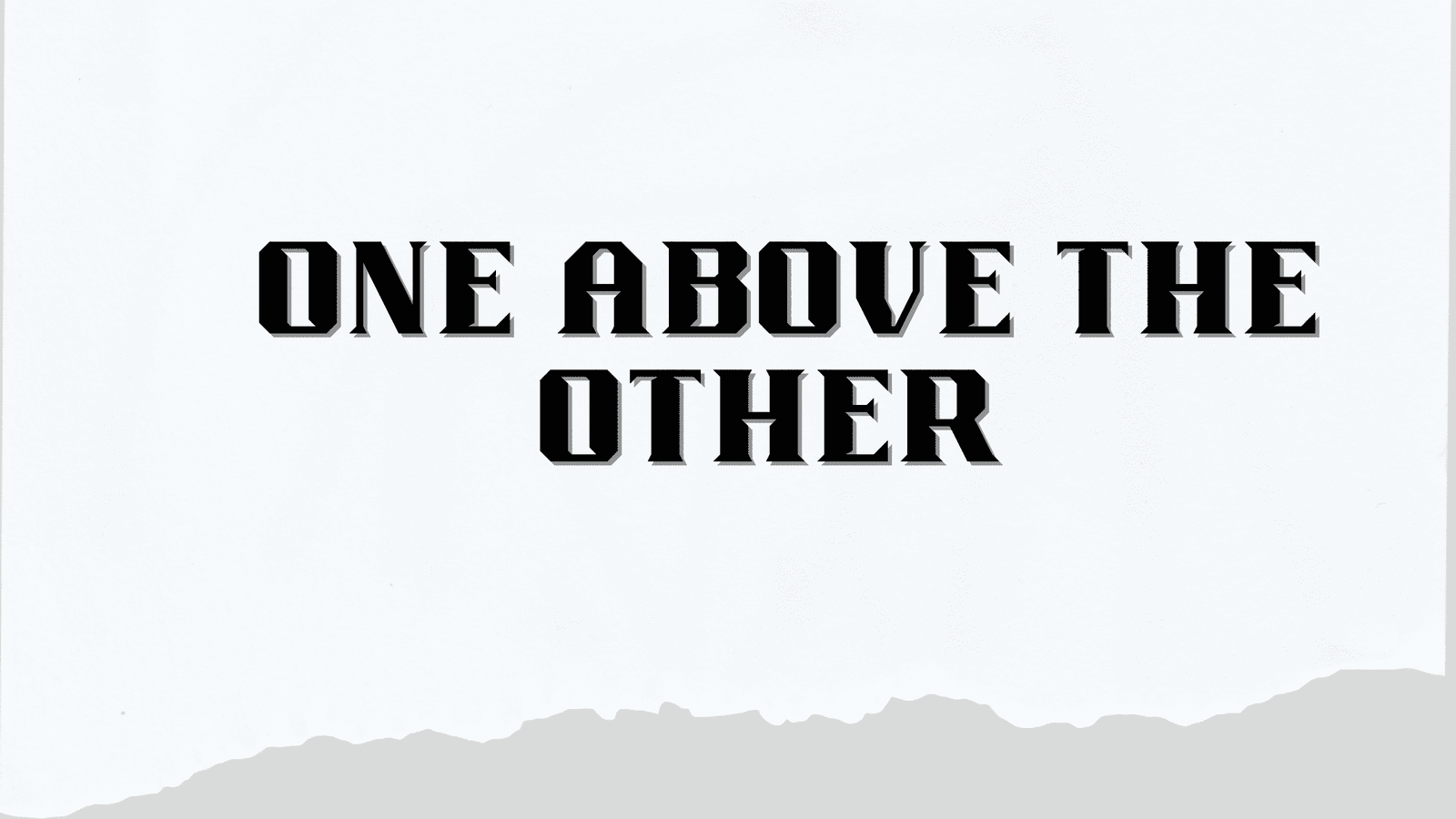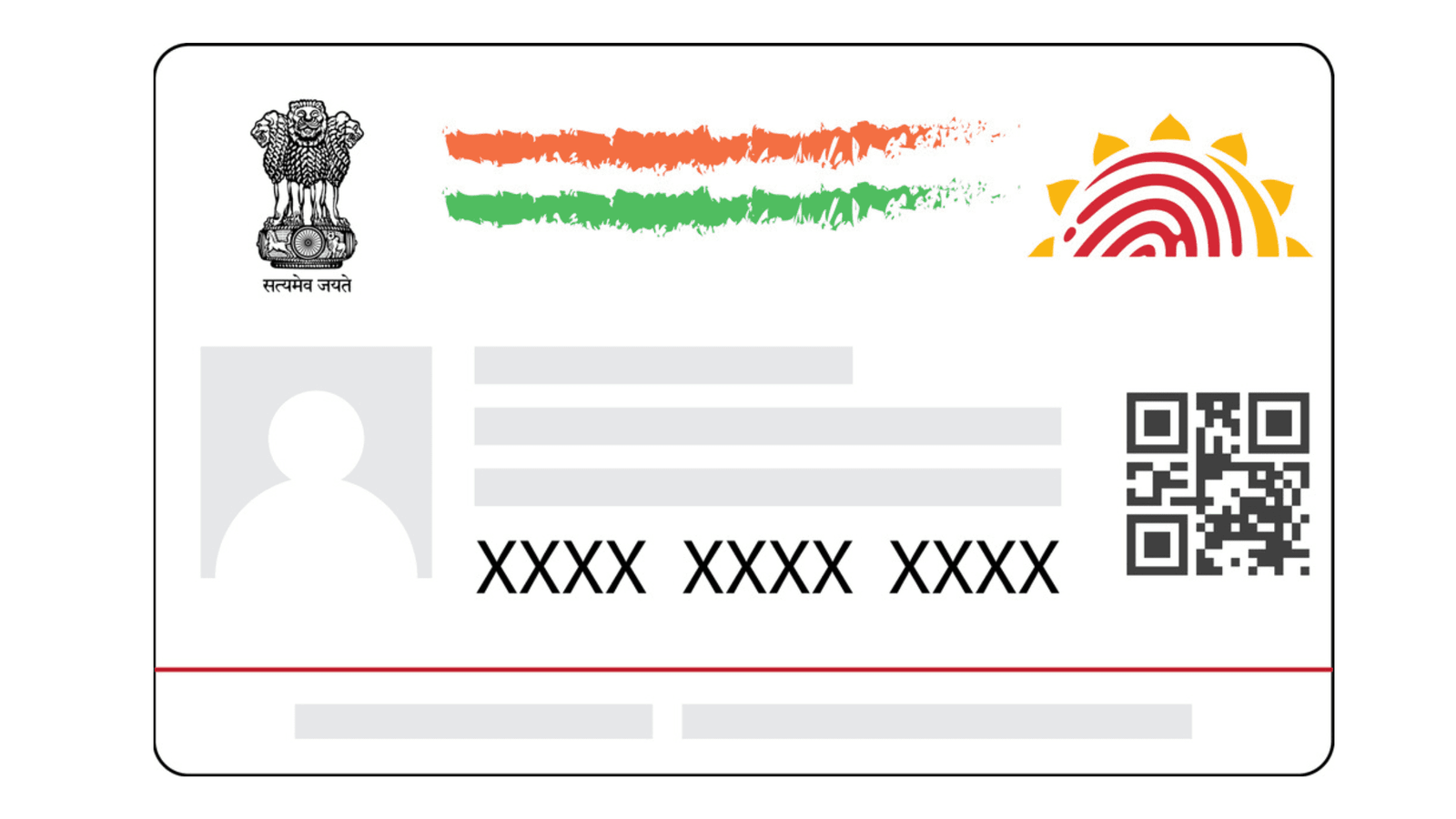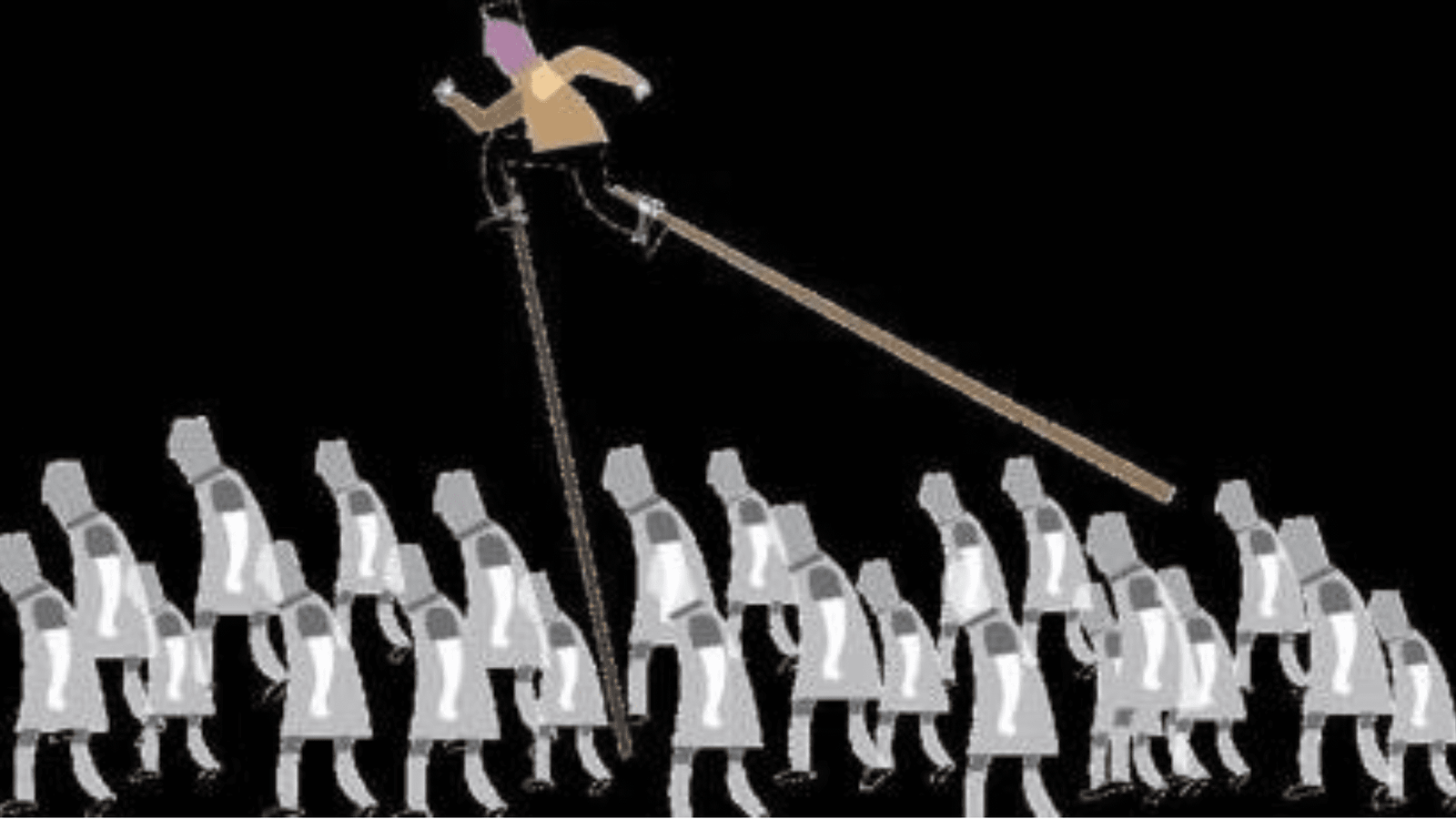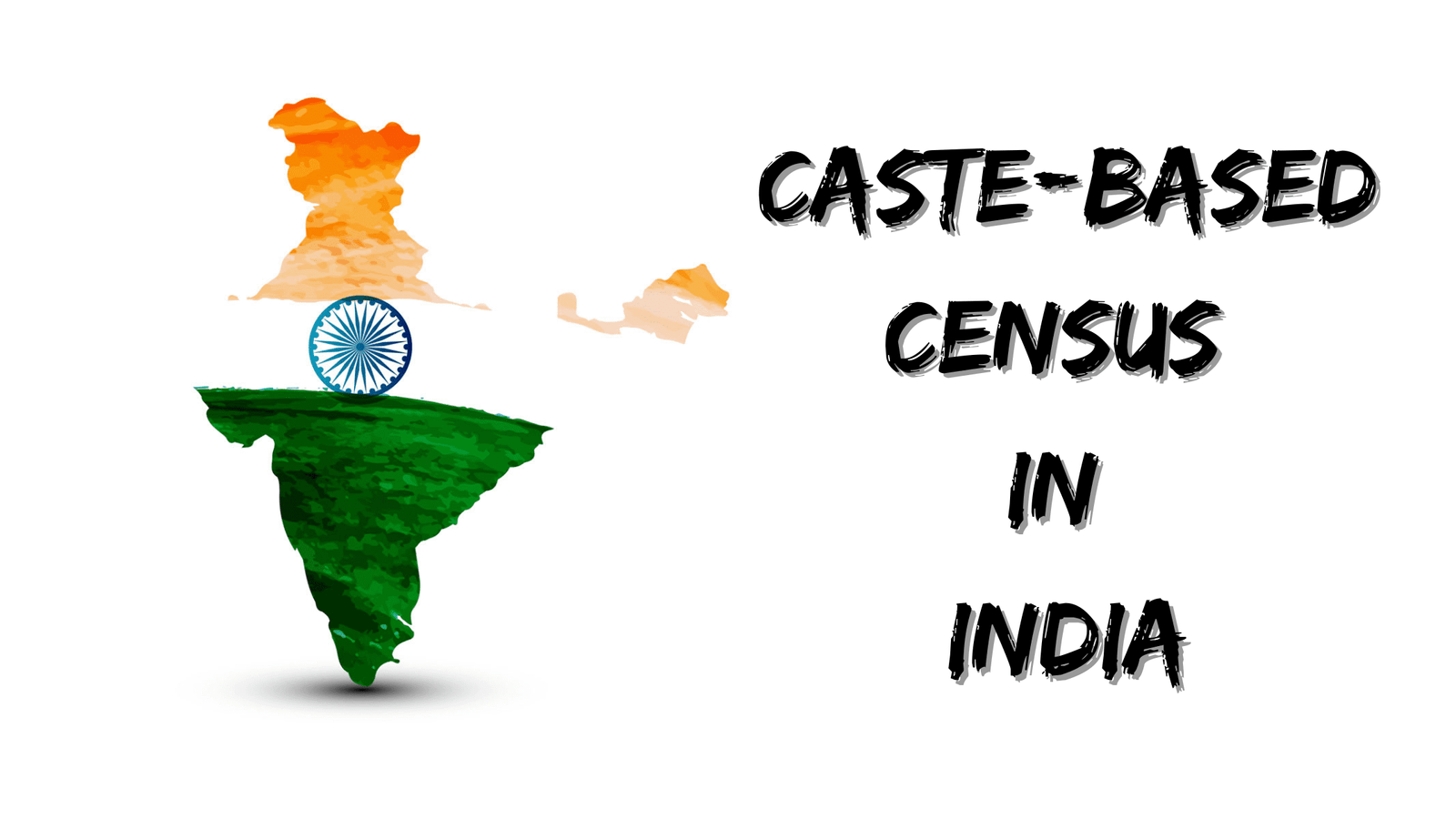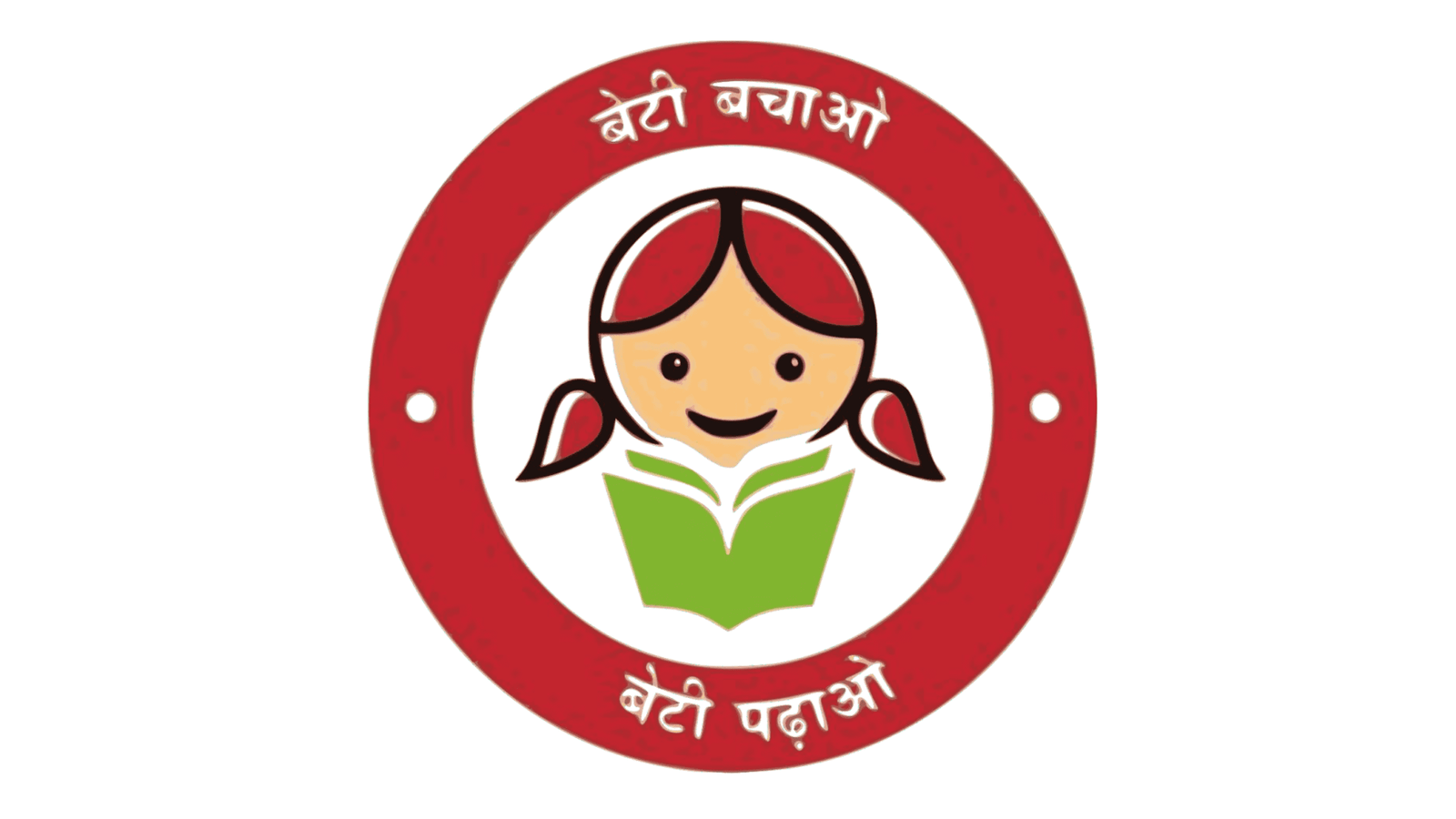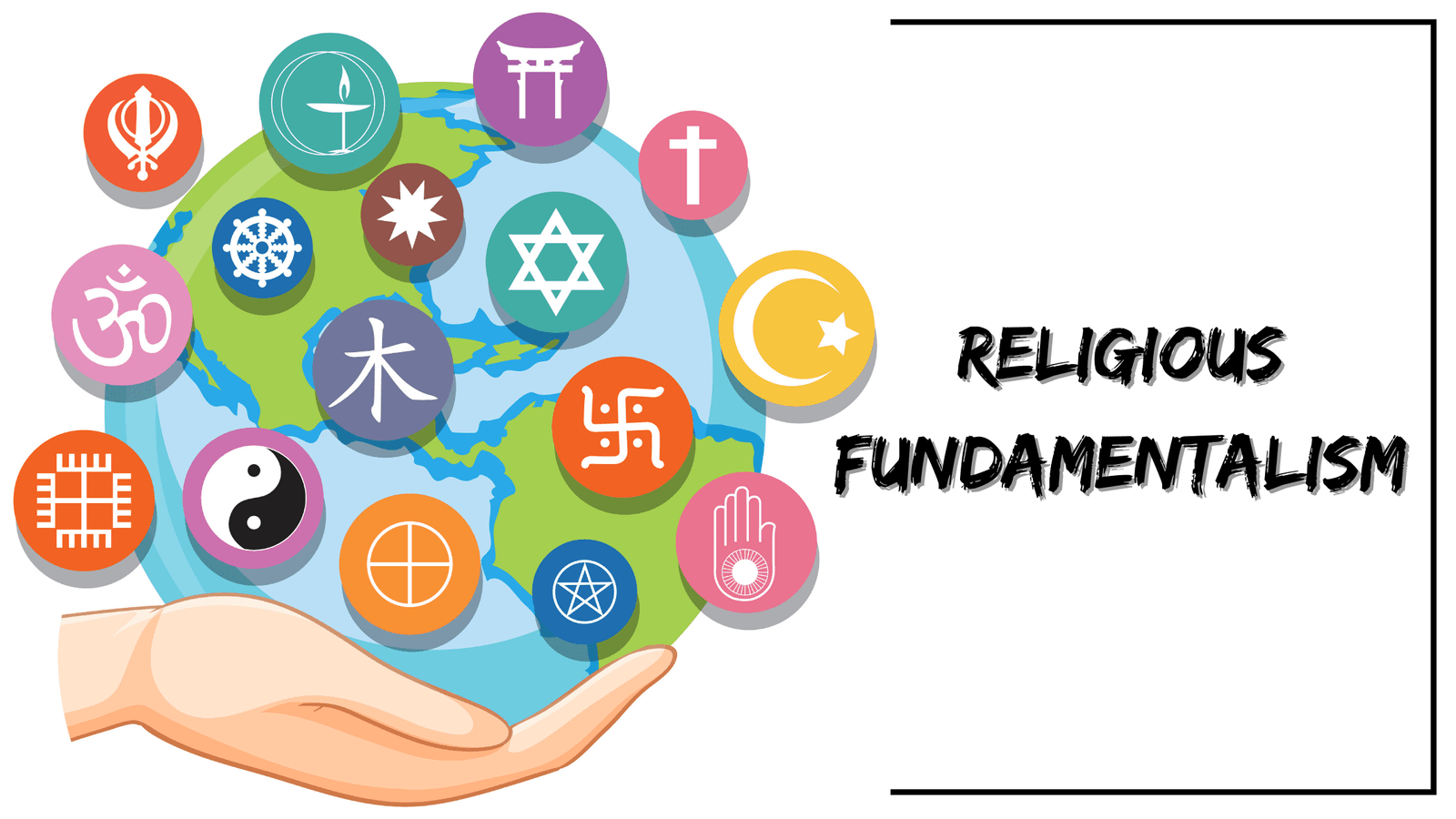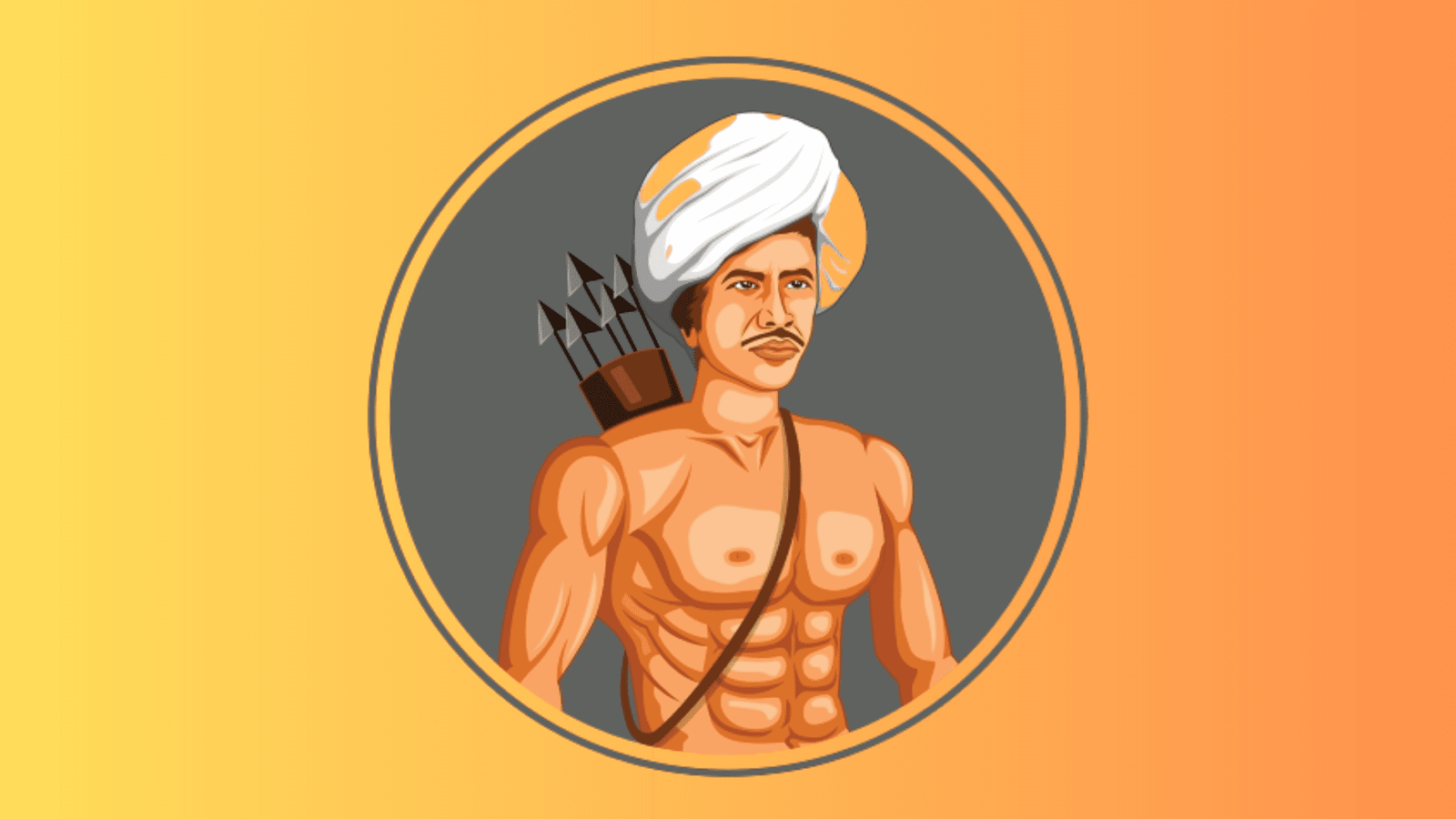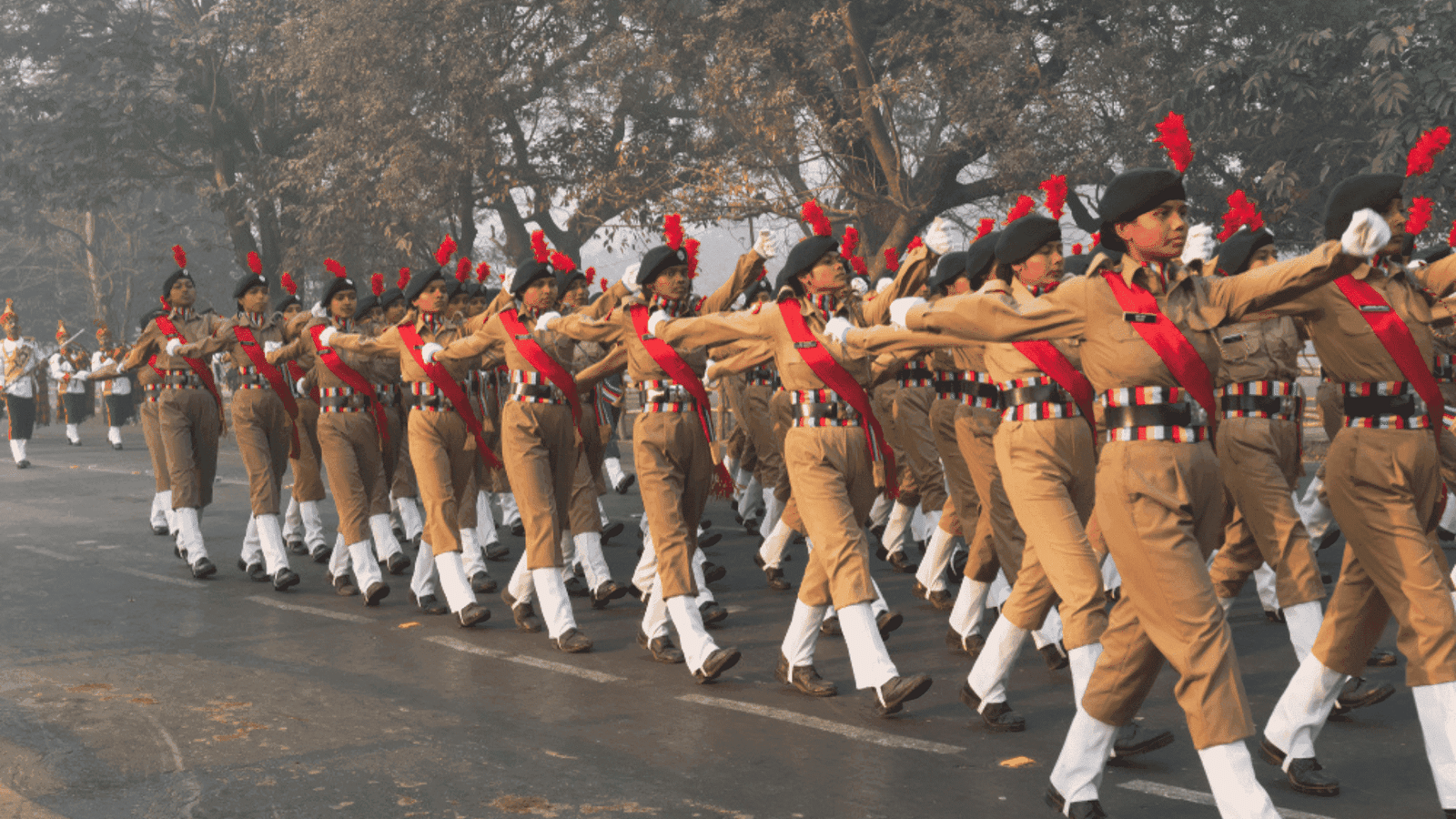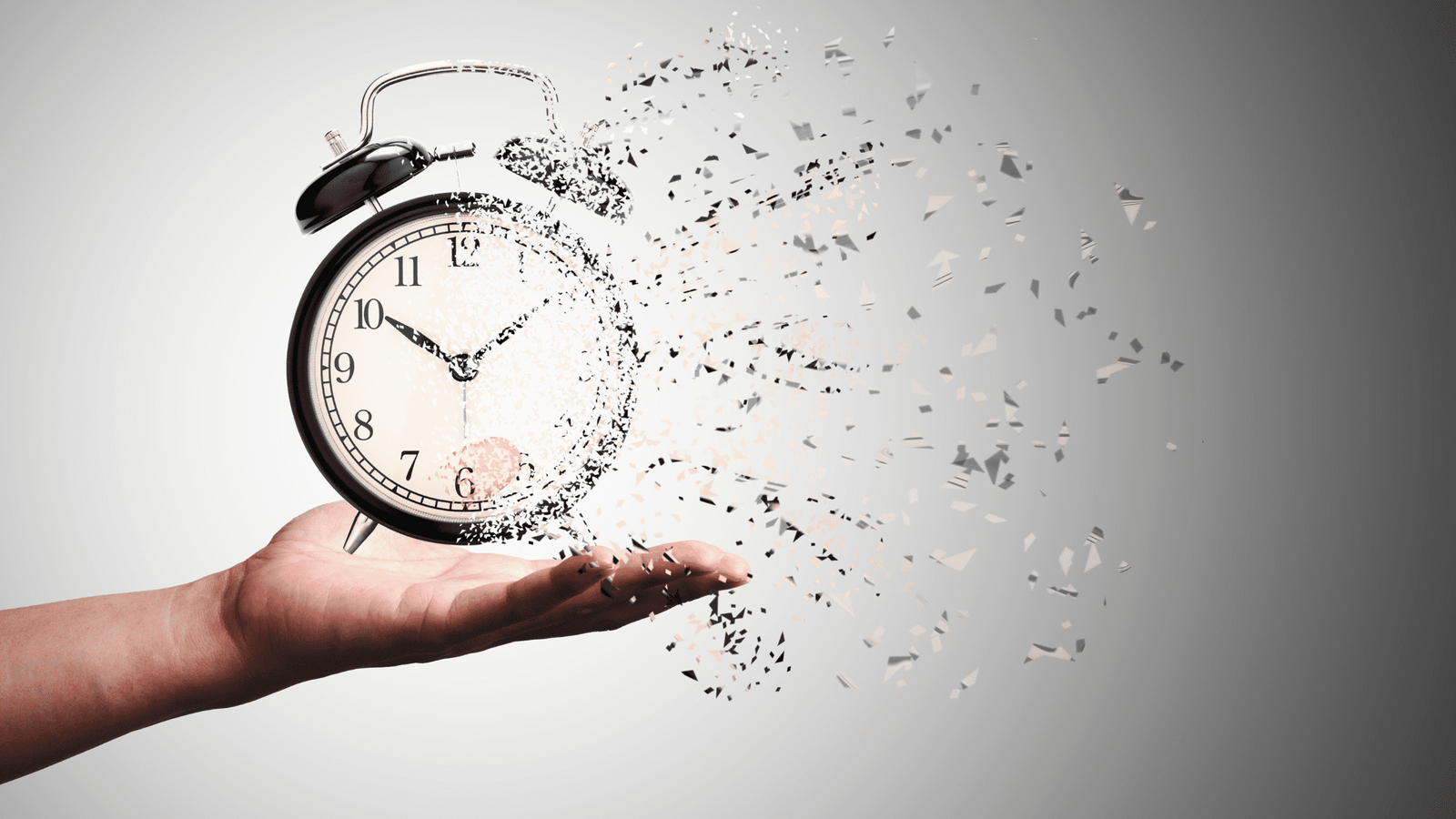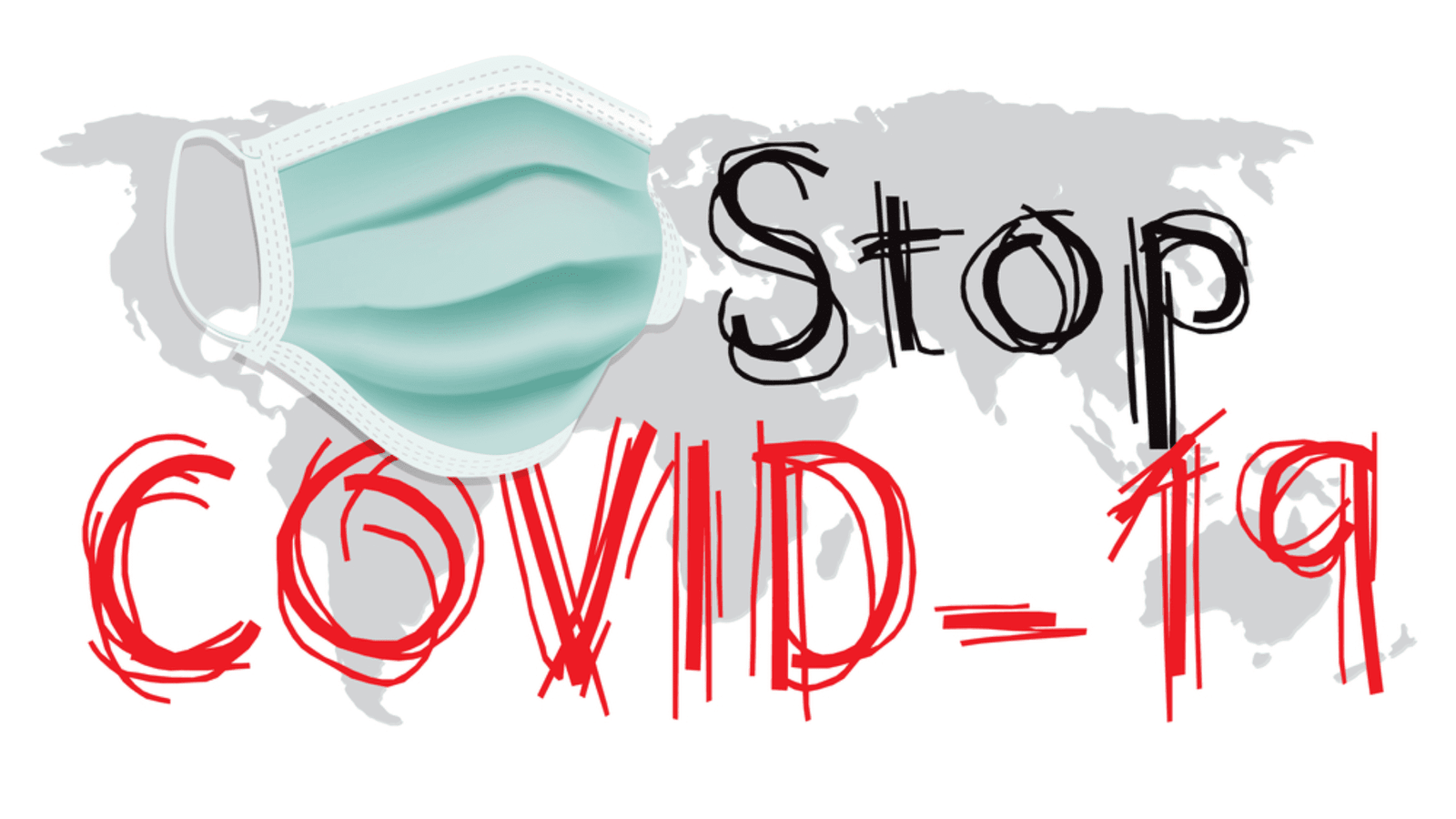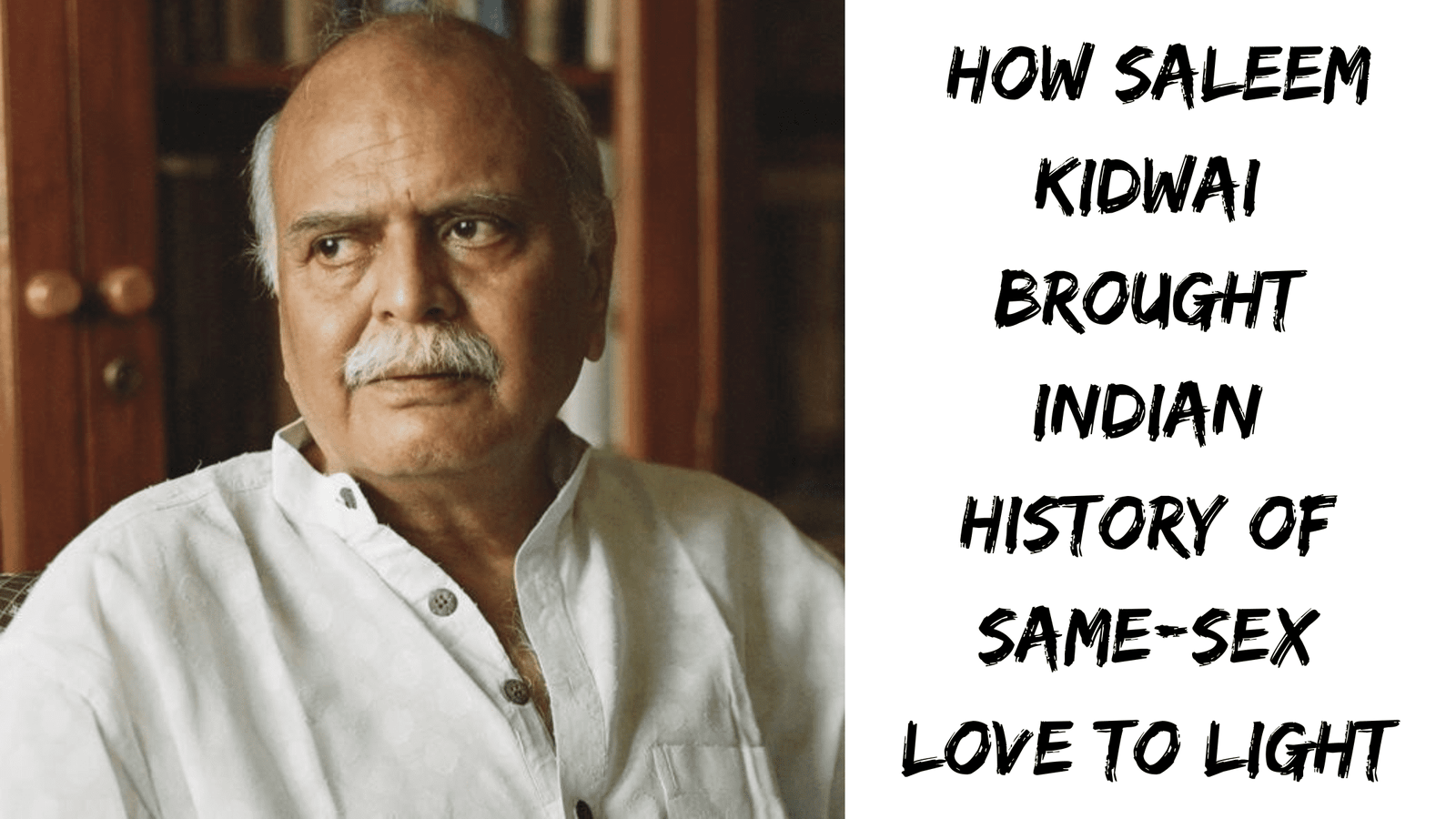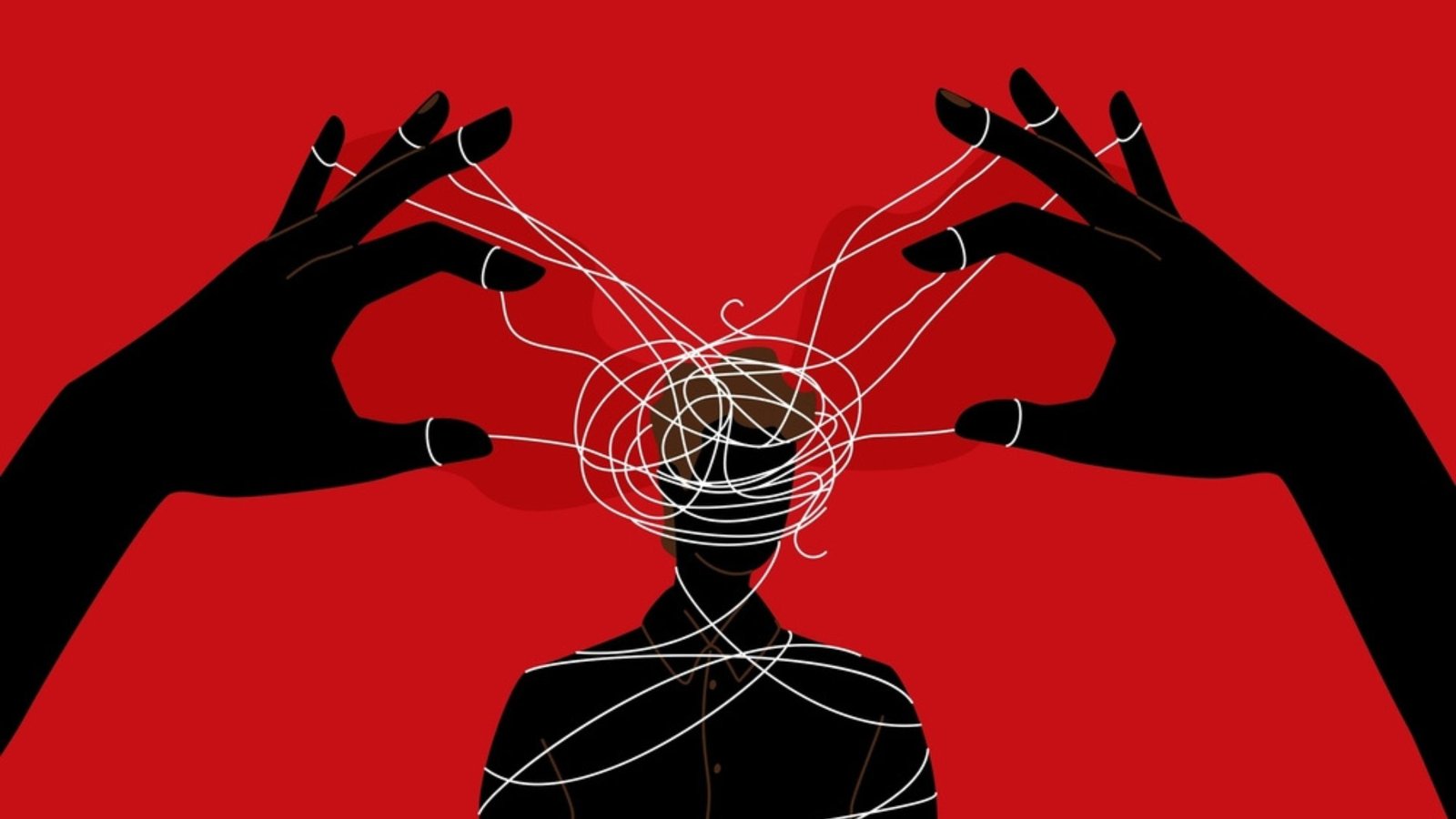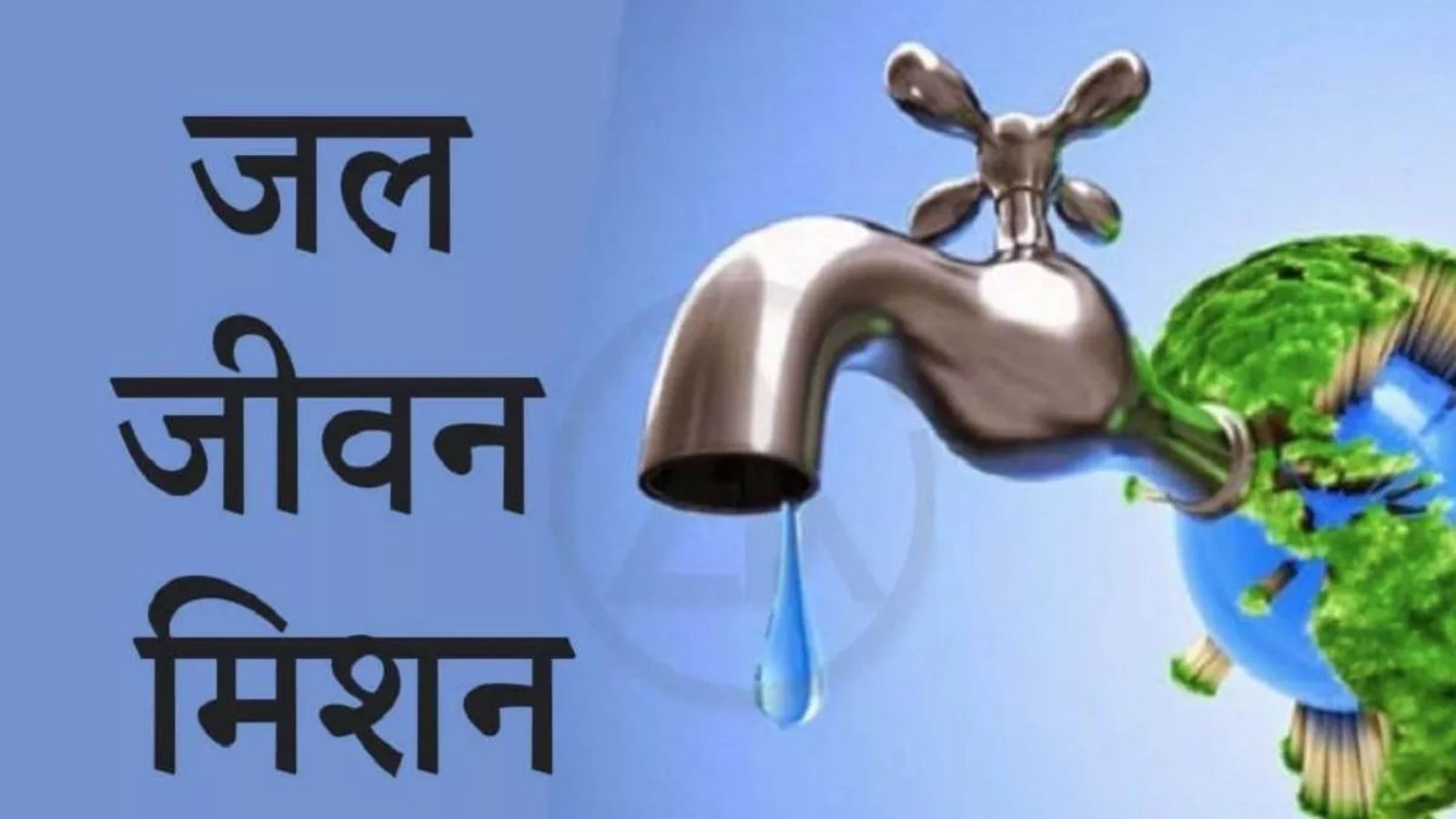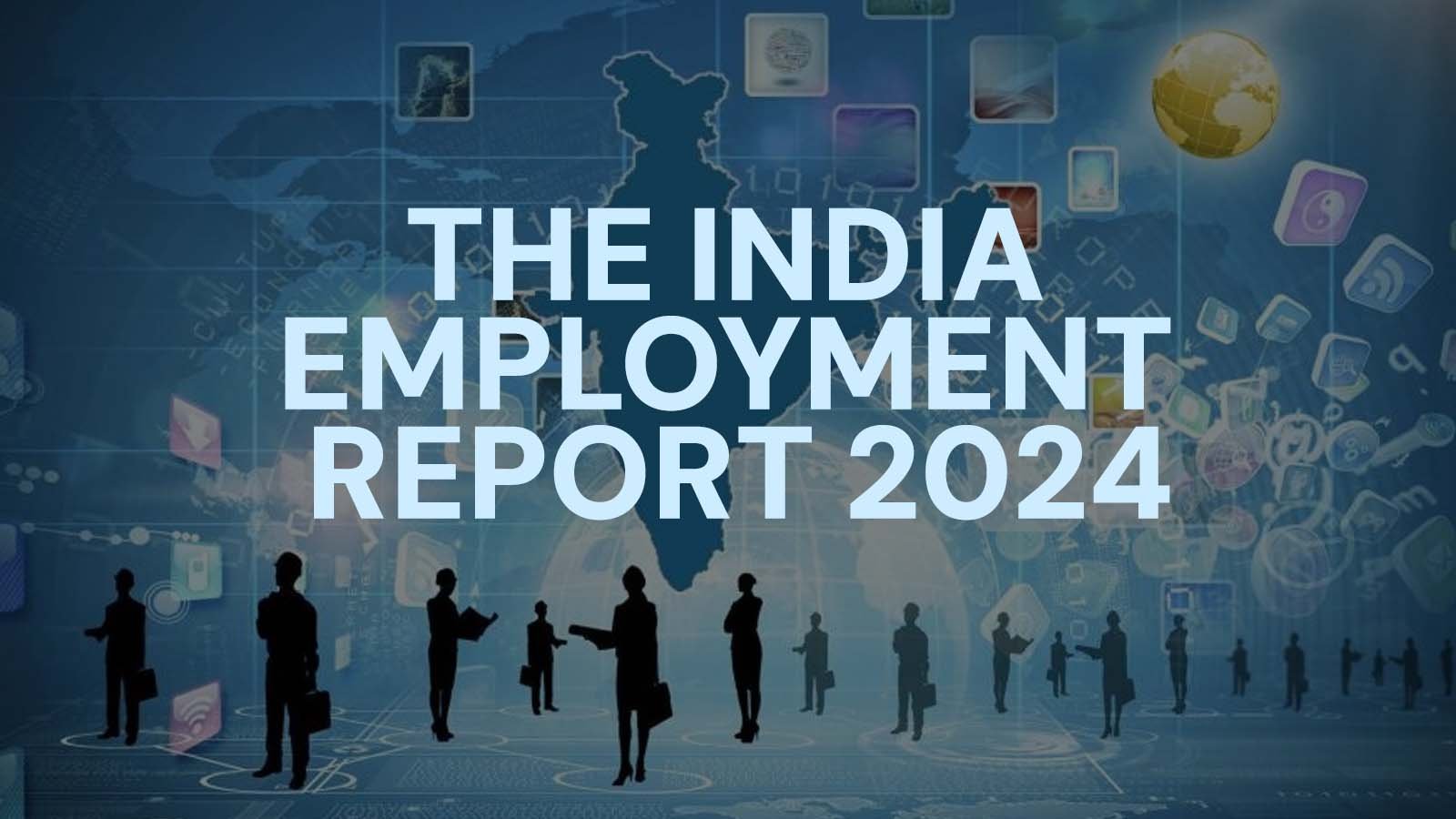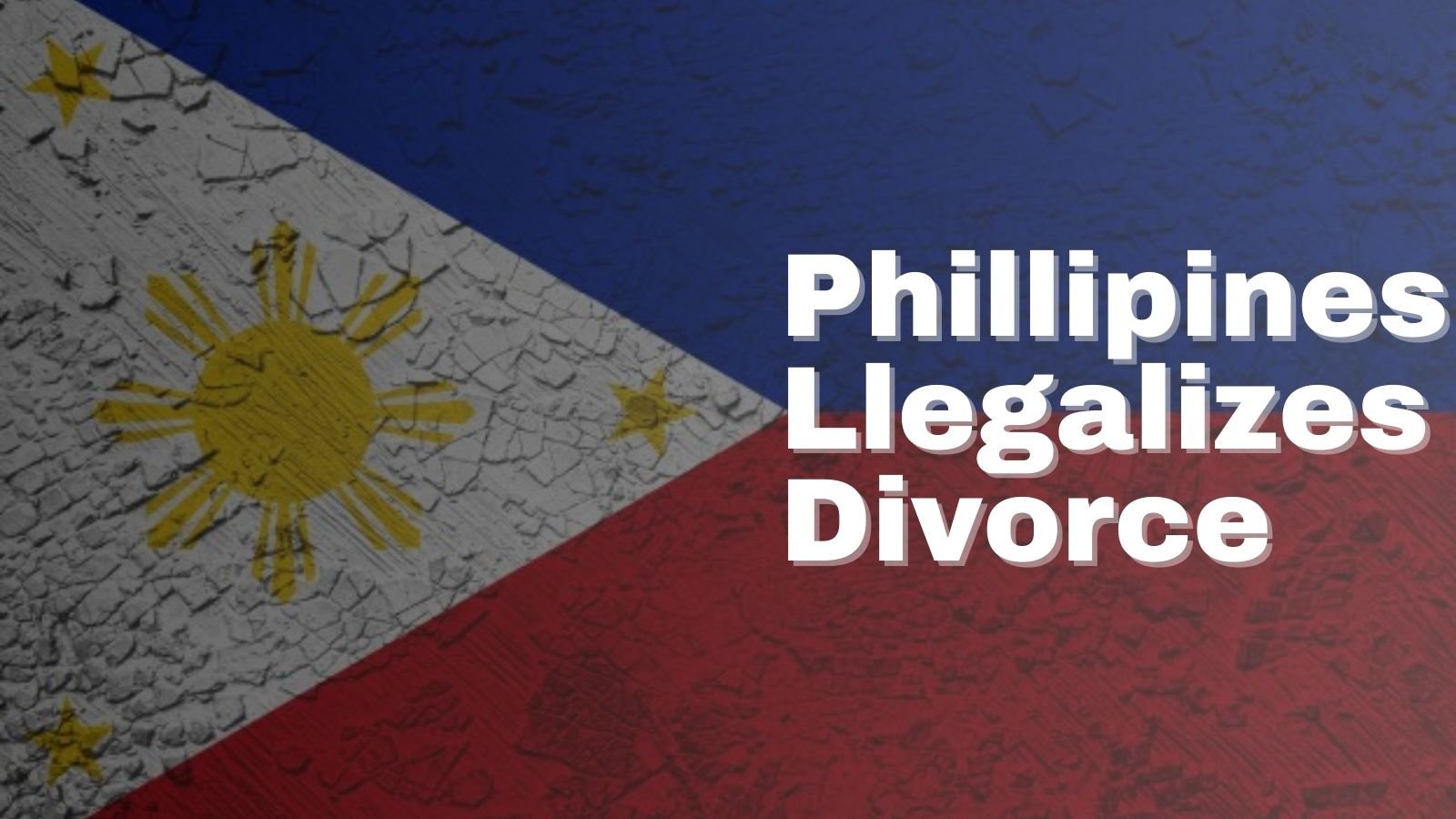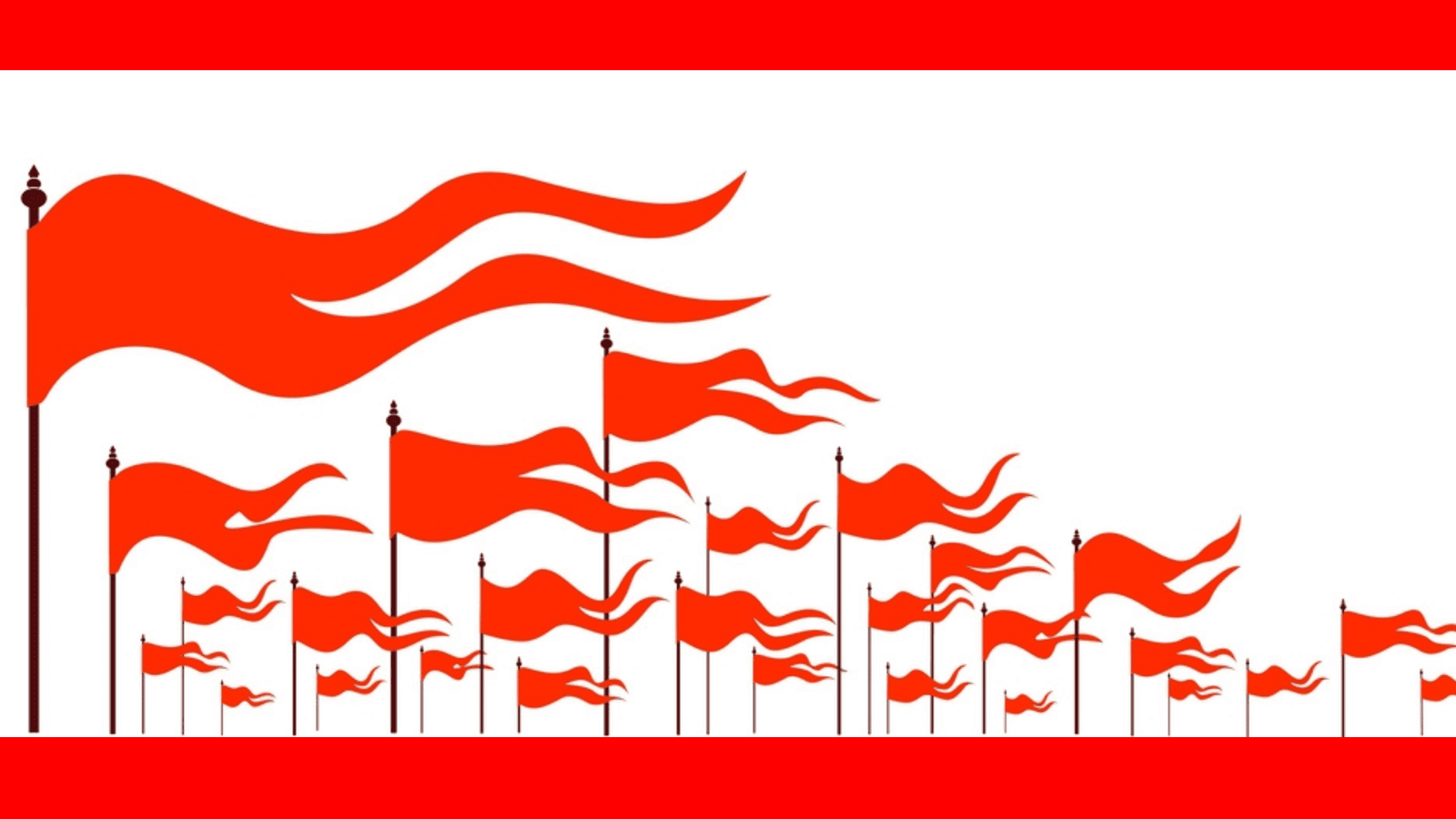
The title of the last Pew Research Center survey, Religion in India: Tolerance and Segregation, sounds paradoxical — but it’s not, except that in this context “tolerance” is different from “toleration”. This is primarily true of Hindus’ perception of other communities.
Certainly, 80 % of the Hindu interviewees said that “respecting other religions is a very important part of their religious identity”, but many of them do not interact with other religions and even consider such interactions undesirable. Not only do 86 % Hindus say that “all” or “most of their close friends are the same religion as them”, but only 23 % of Hindus also consider that Hindus and Muslims “have a lot in common”. Only 3 % of Hindus say they have prayed in a dargah,though Sufi saints attracting Hindu devotees in large numbers was common once. This figure could be an underestimate, but it might also mean that some Hindus do not wish to say they are visiting an Islamic place of worship. In the same vein, 66 % Hindus say “it is very important to stop women/men in their community from marrying outside their religion”, and 36 % “would not be willing to accept a Muslim as a neighbour”.
The fact that Hindus want to live separately also partly explains that only 52 % Hindus look at diversity as benefiting the country and also, possibly, that 43 % Hindus consider Partition “a good thing”.
This contradicts the stated desire of the Sangh Parivar for an “Akhand Bharat”, but the rest of the survey t hrows light on the reasons why so many Hindu voters support Narendra Modi and BJP leaders who tend to equate India with the majority community —as evident from the fact that the Prime Minister attends the Kumbh Mela but does not hold iftar parties (in contrast to all his predecessors, including A B Vajpayee). Indeed, for 64 % Hindus, to be Hindu is “very important to be truly Indian”, and for 59 %, to “be able to speak Hindi” is equally important. These views echo the Hindu nationalist slogan, inherited from V D Savarkar: “Hindi, Hindu, Hindustan!” By contrast, religious beliefs do not matter so much: 51 % Hindus do not hold it necessary to believe in god to be a part of their religious community; for 70 %, those who “disrespect India” cannot be Hindu. This brand of ethnicisation of religion is very similar to Zionism, another ideology defining the nation on the basis of the sacredness of the land, the “historicity” of the people, lineage and language. Hindutva, similarly, defines the Hindu community not so much on the basis of religion, but as a people with ethnic and cultural features which make them the core of the nation.
While 50 % of Hindus consider that India “should rely on a leader with a strong hand to solve its problems”, 45 % think that a “democratic form of government” would do the job more effectively. In parallel, 64 % Hindus consider that “politicians should have a large or some influence in religious matters”, an opinion in tune with Modi’s decision to preside over the laying of the Ayodhya temple’s foundation stone. Beyond growing affinities between the majority community and Hindutva, the Pew Research Center’s survey illustrates the decline of reformist attitudes. The attachment to traditions not only finds expression in the beliefs in astrology (87 % Hindus say they fix important dates according to auspicious times) but also to the resilience of caste endogamy: 63 % Hindu men and 64 % Hindu women told the researchers that it is very important to stop the members of their community from marrying into “another caste”.
In fact, one can understand the high score of “tolerance” precisely in relation with the resilience of caste. After all, upper castes traditionally tolerate lower castes (including Dalits) provided they remain on the periphery of society. A similar attitude towards religious communities helps to make sense of the report’s title — “tolerance and segregation” go together the moment Muslims become the new untouchables. The Pew Research Center, interestingly, uses the word that traditionally applied to caste relations — “discrimination” — to measure this trend — and finds that 24 % of Indian Muslims say that “there is a lot of discrimination against Muslims in India today”. Regional variations are worth noticing: This % rises to 35 % in north India.
These data need to be emphasised for resisting a sanitised interpretation of this report: The situation is not fine because “to live separately” is not the same thing as to live peacefully — tolerance is not toleration. Communal violence is listed as one of the “very big problems” of India by 65 % Hindus and Muslims. This is not only due to the activities of vigilantes and politicians who polarise religious communities, but also because of the fact that Hindus and Muslims used to live — to some extent — together, as evident from the architecture of the pols of Old Ahmedabad. Violence leads to separation and ghettos like Juhapura. But ghettoisation is only one dimension of the violence that the destruction of a composite culture like the Indian civilisation implies — and that the shift from toleration to tolerance causes.
